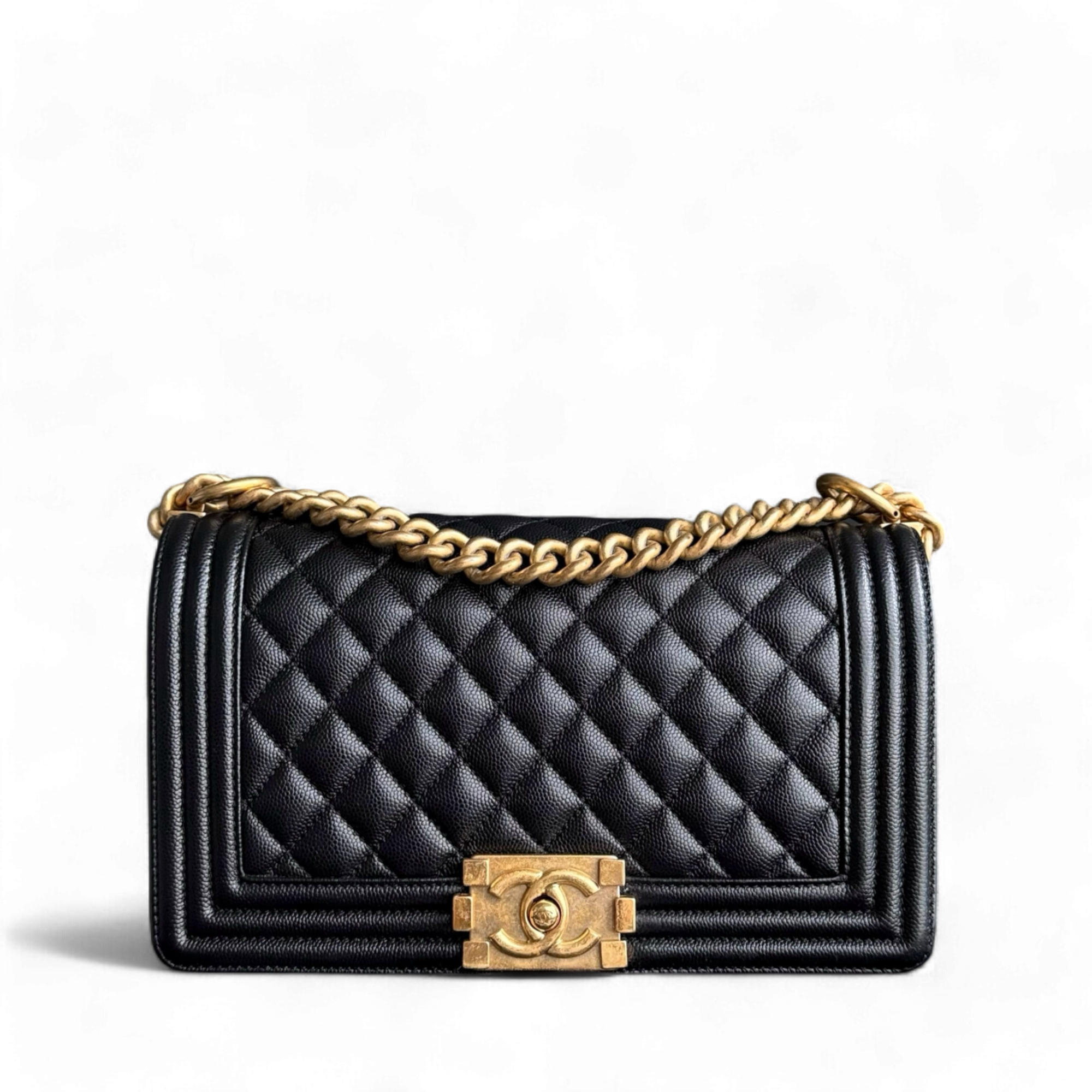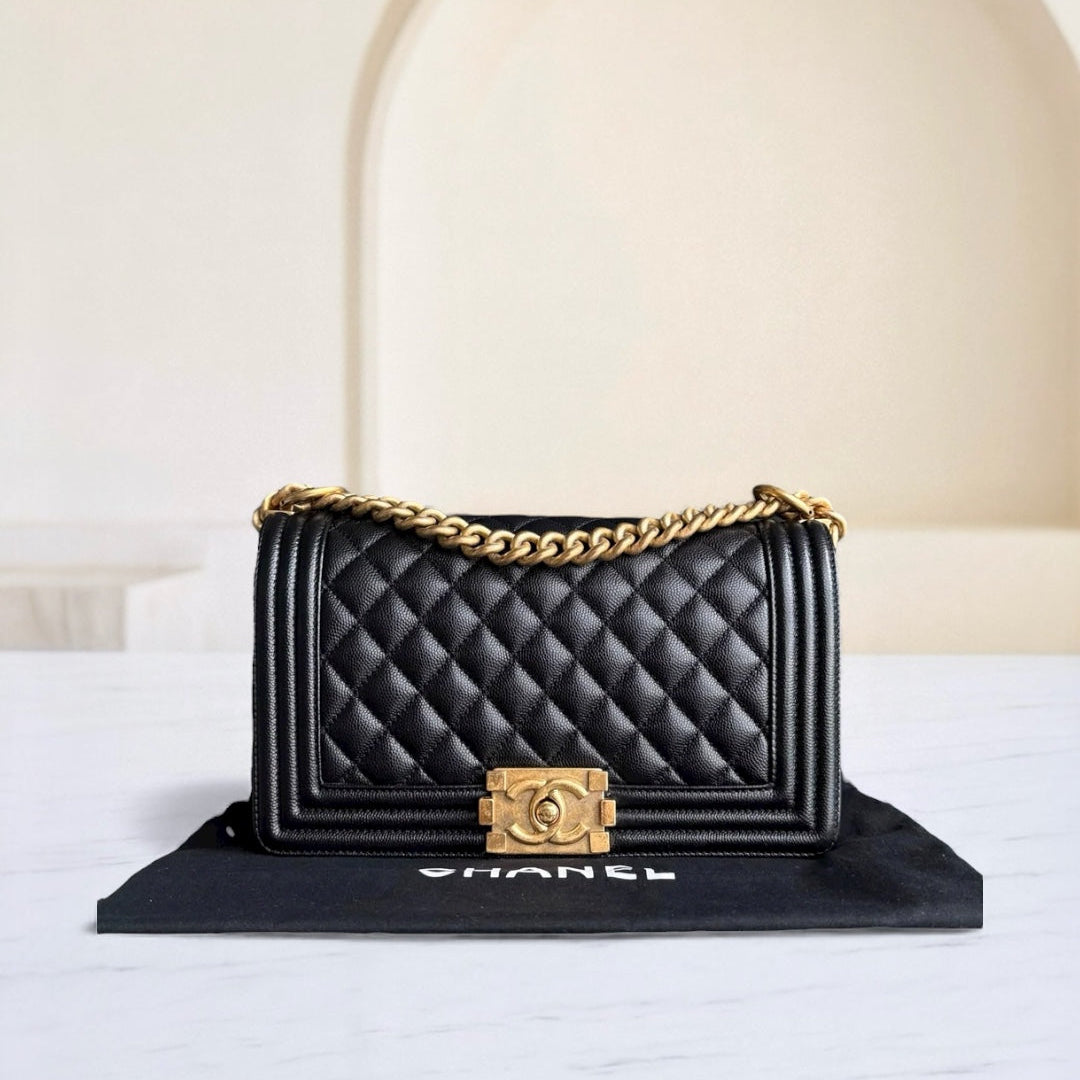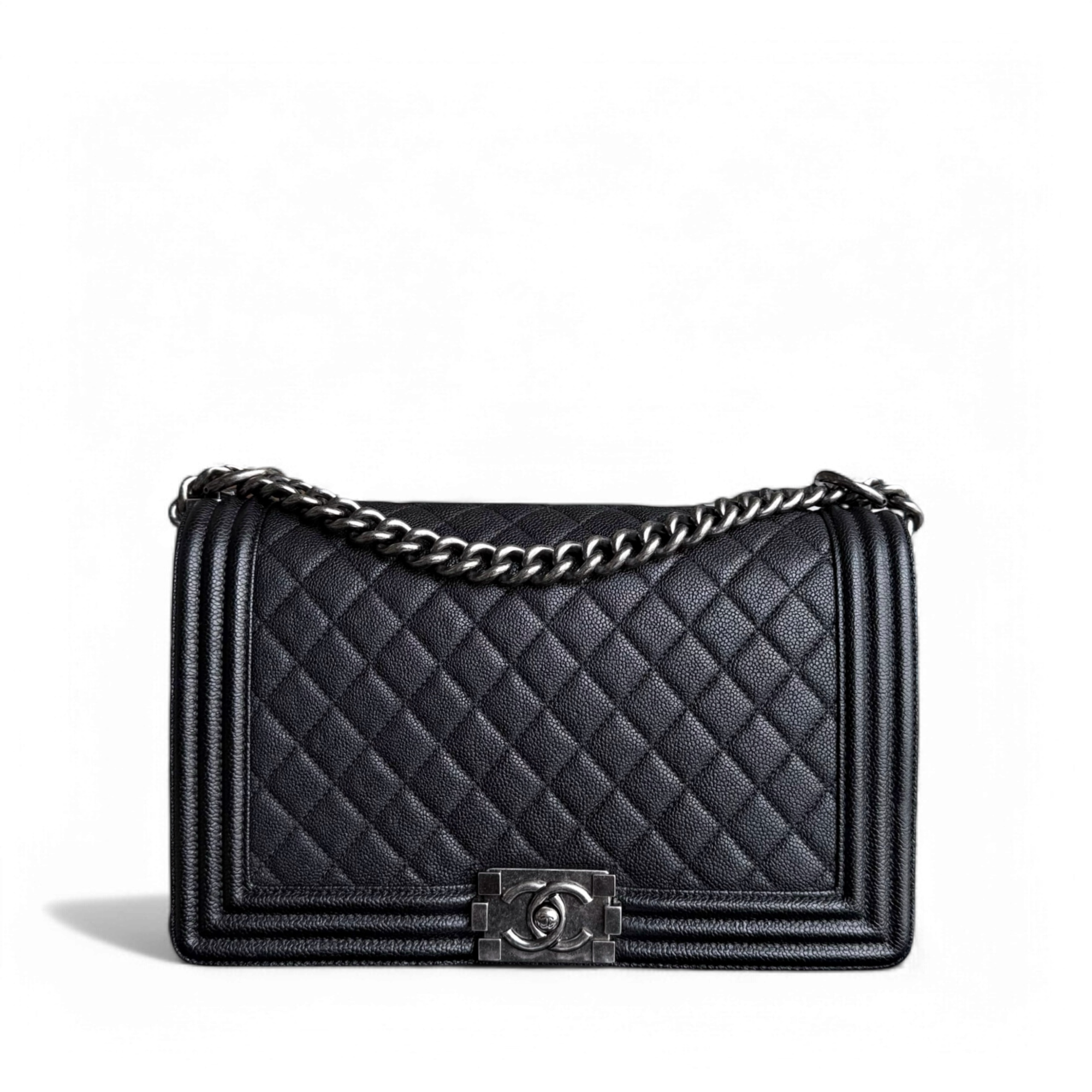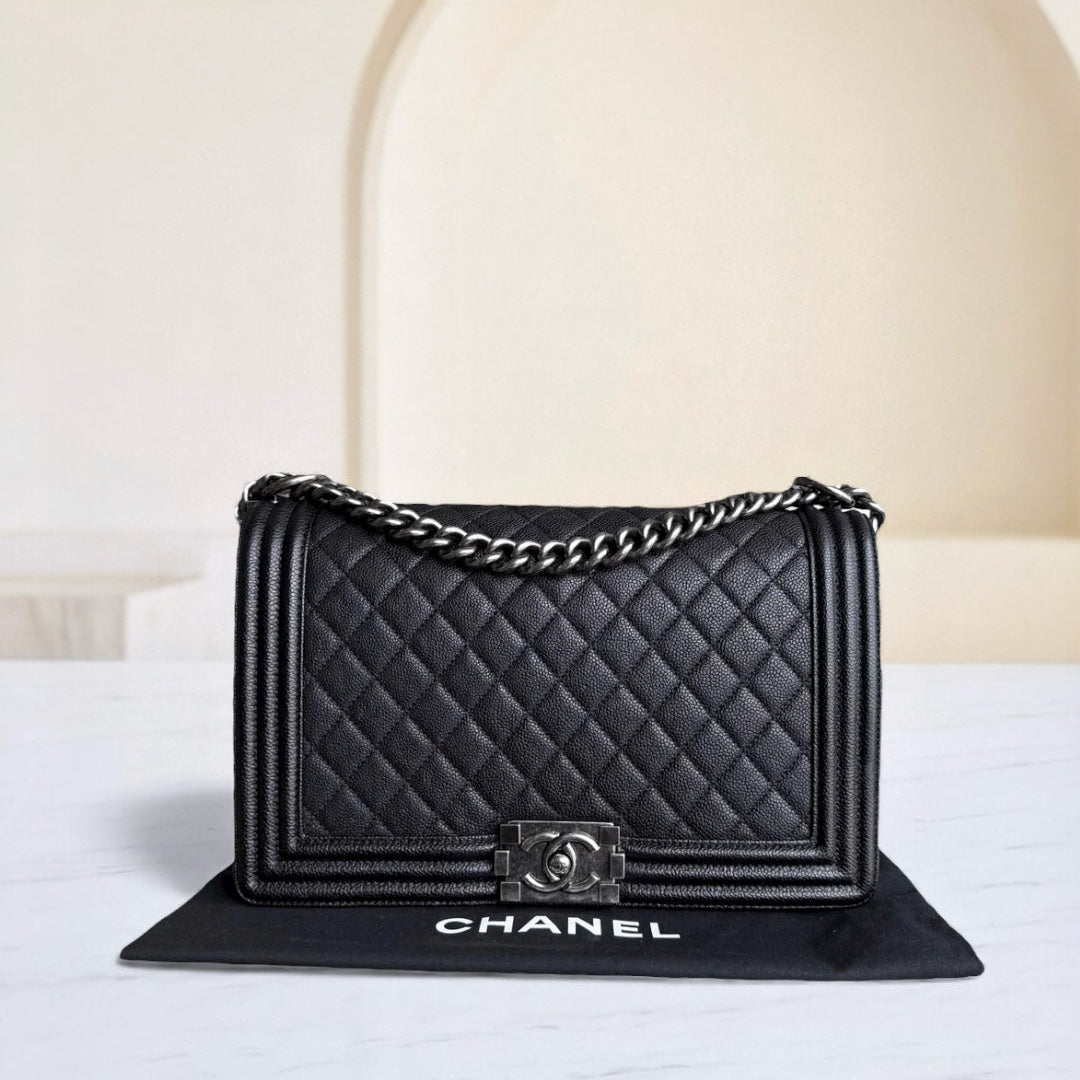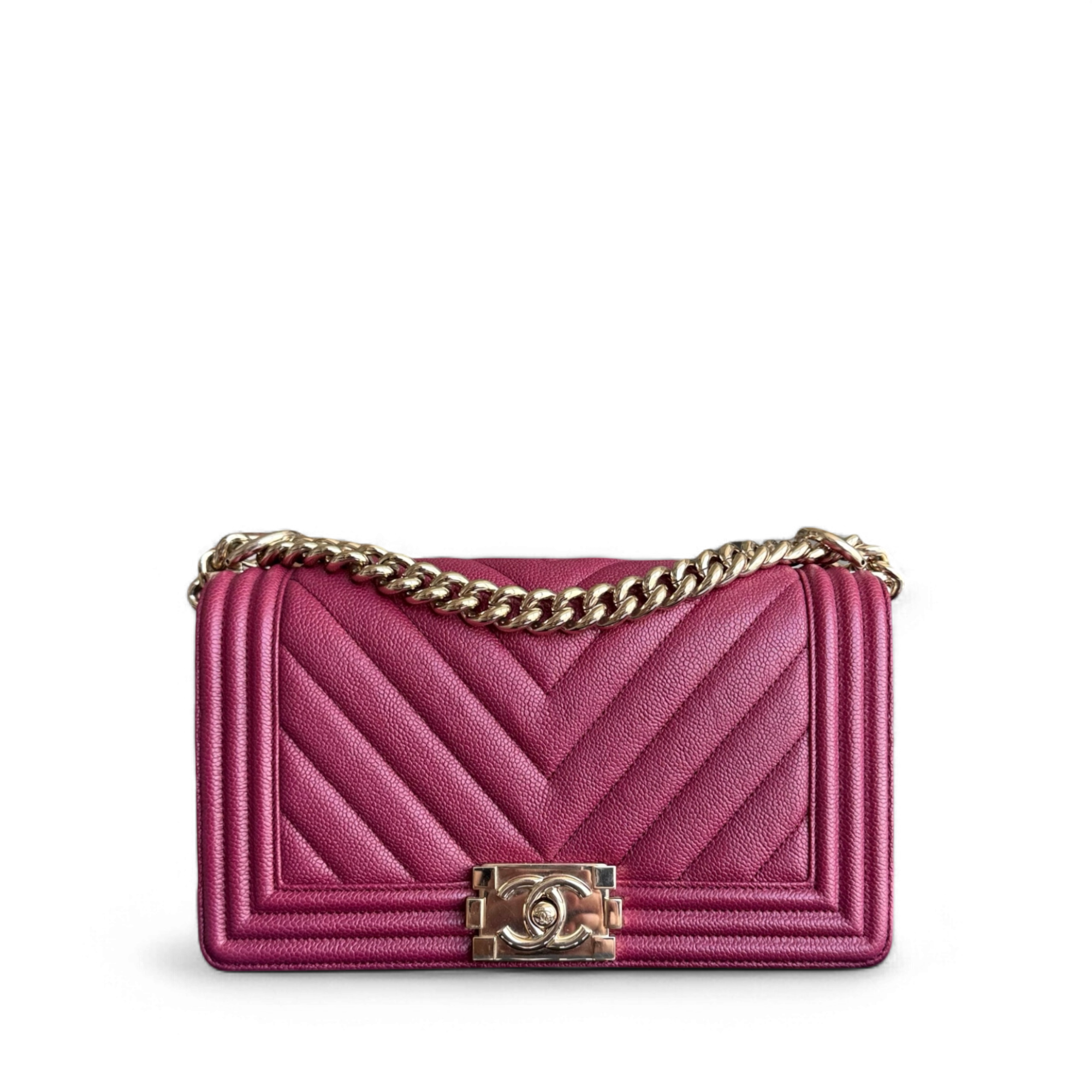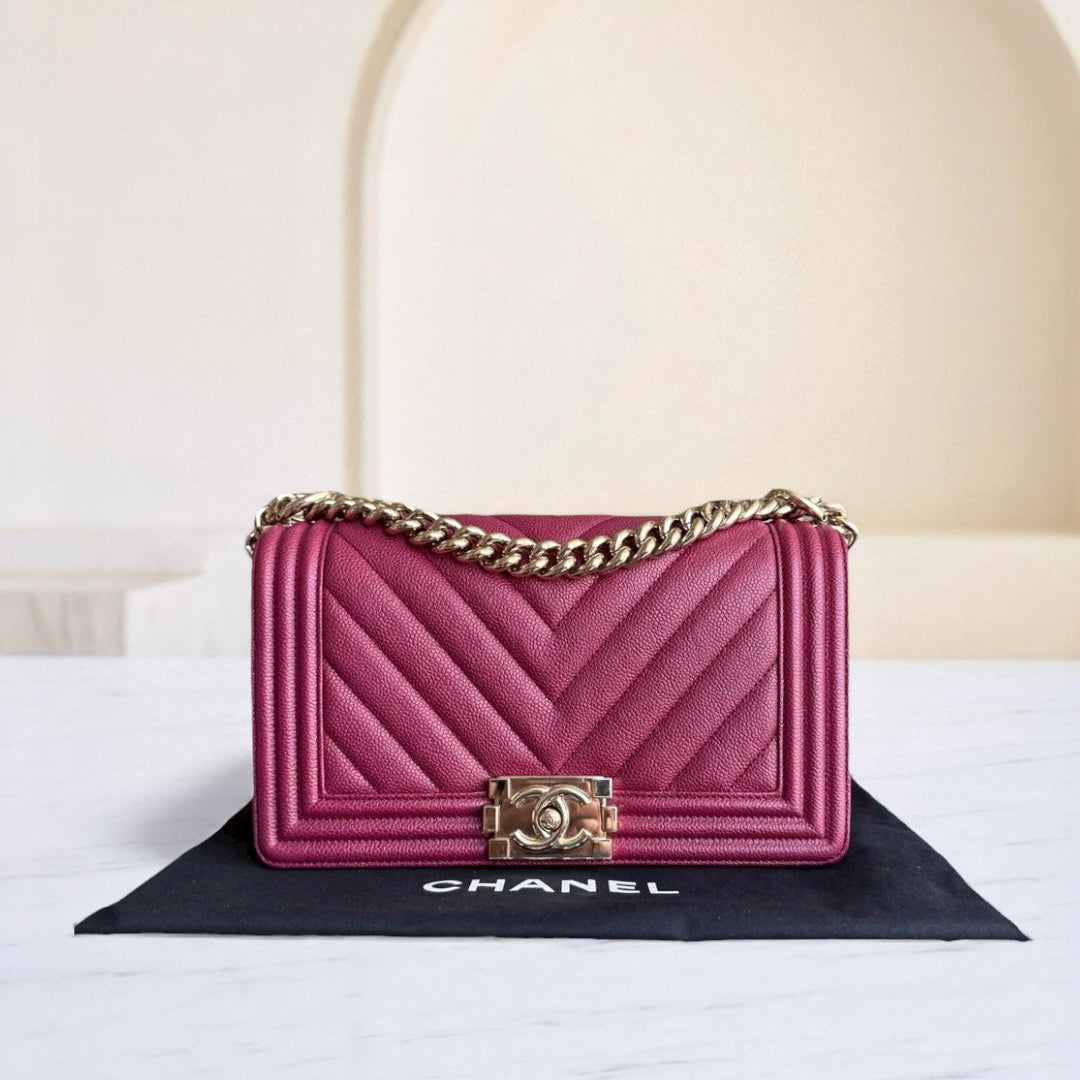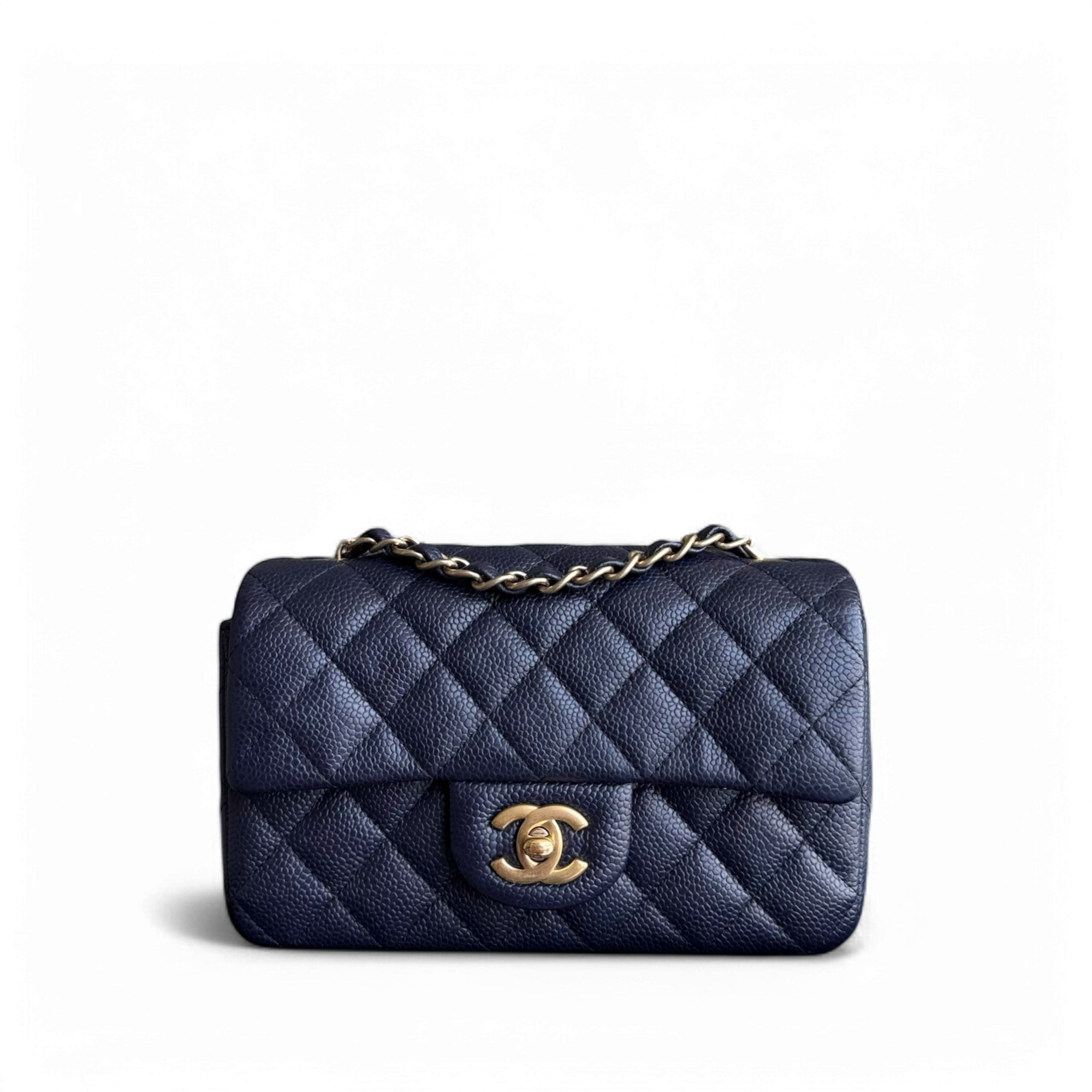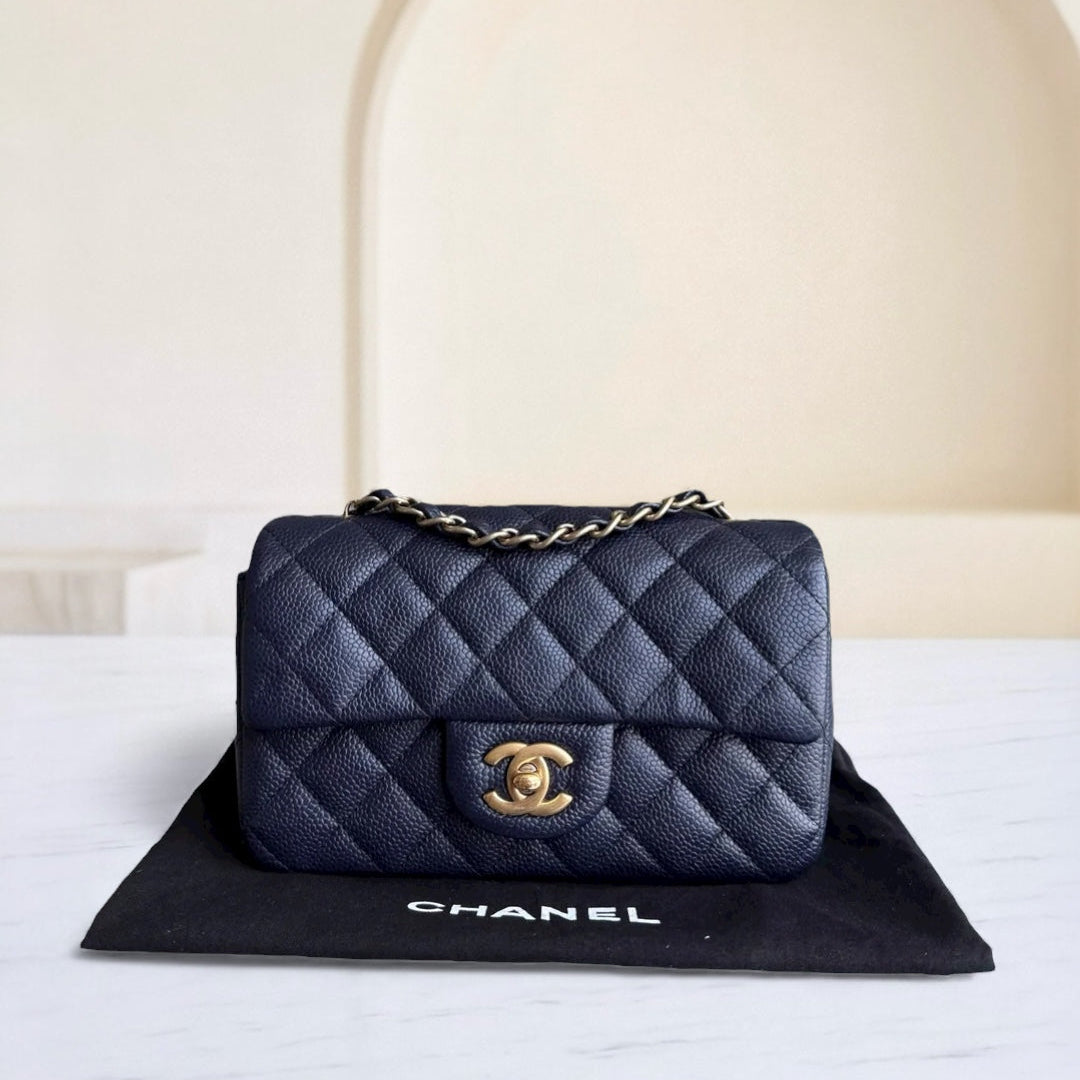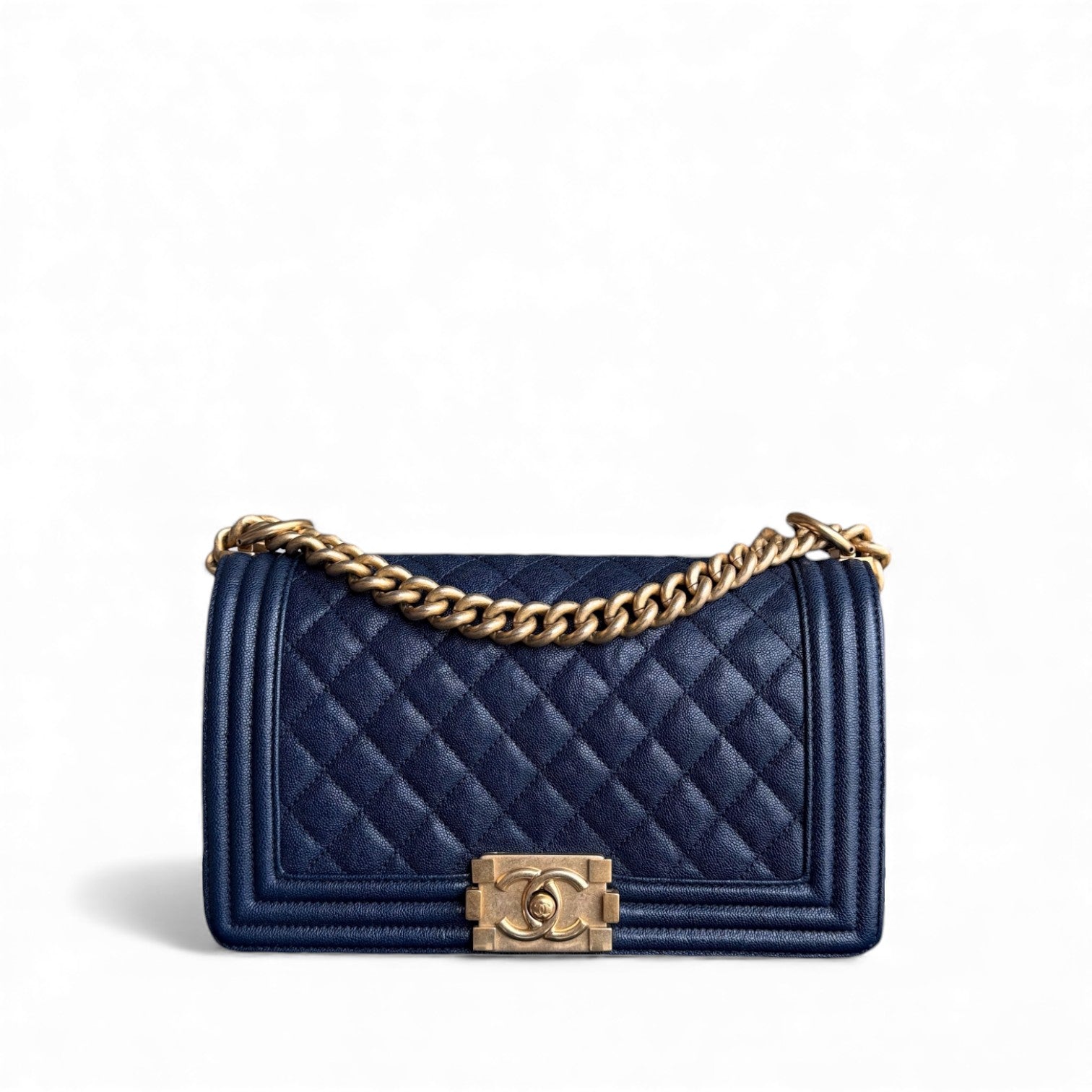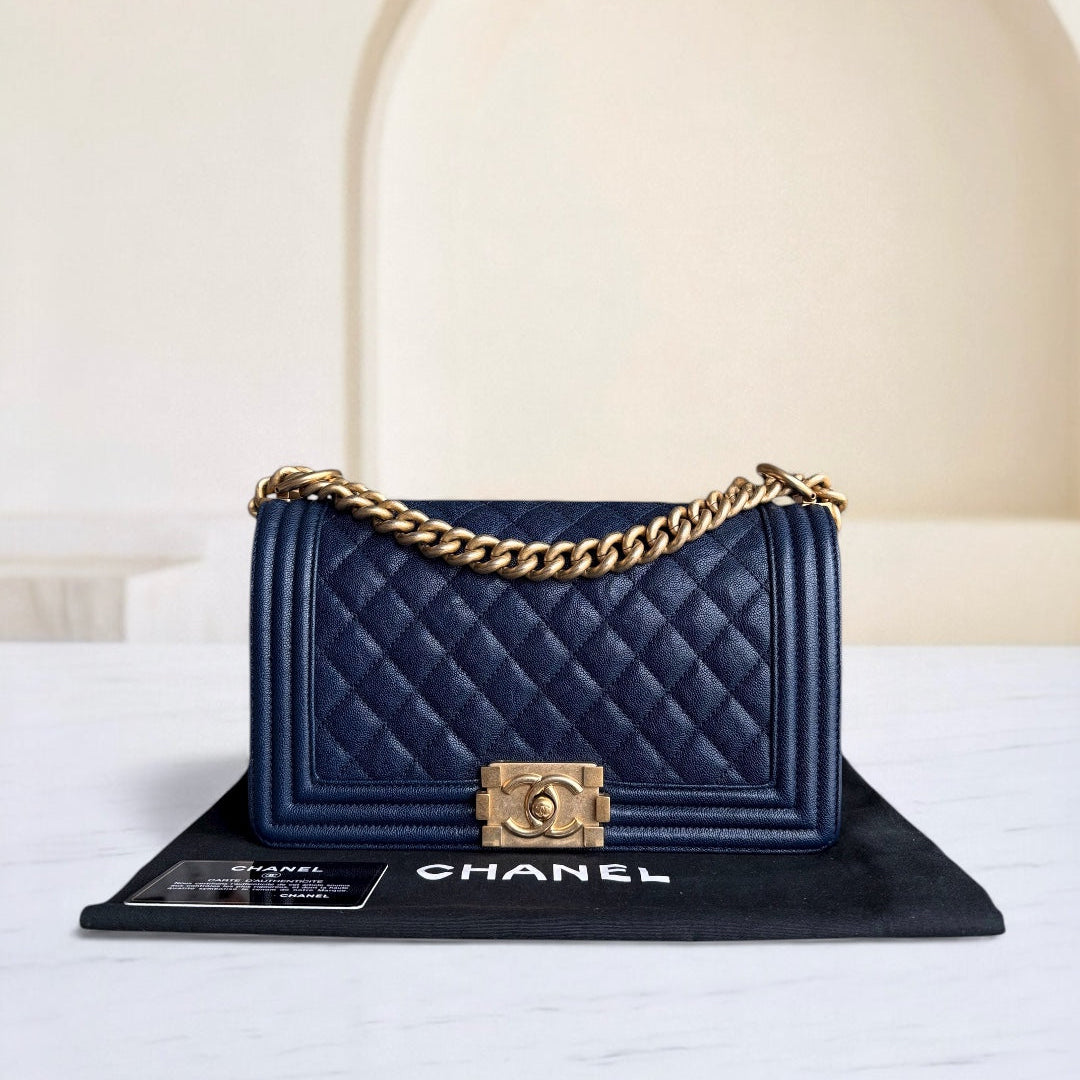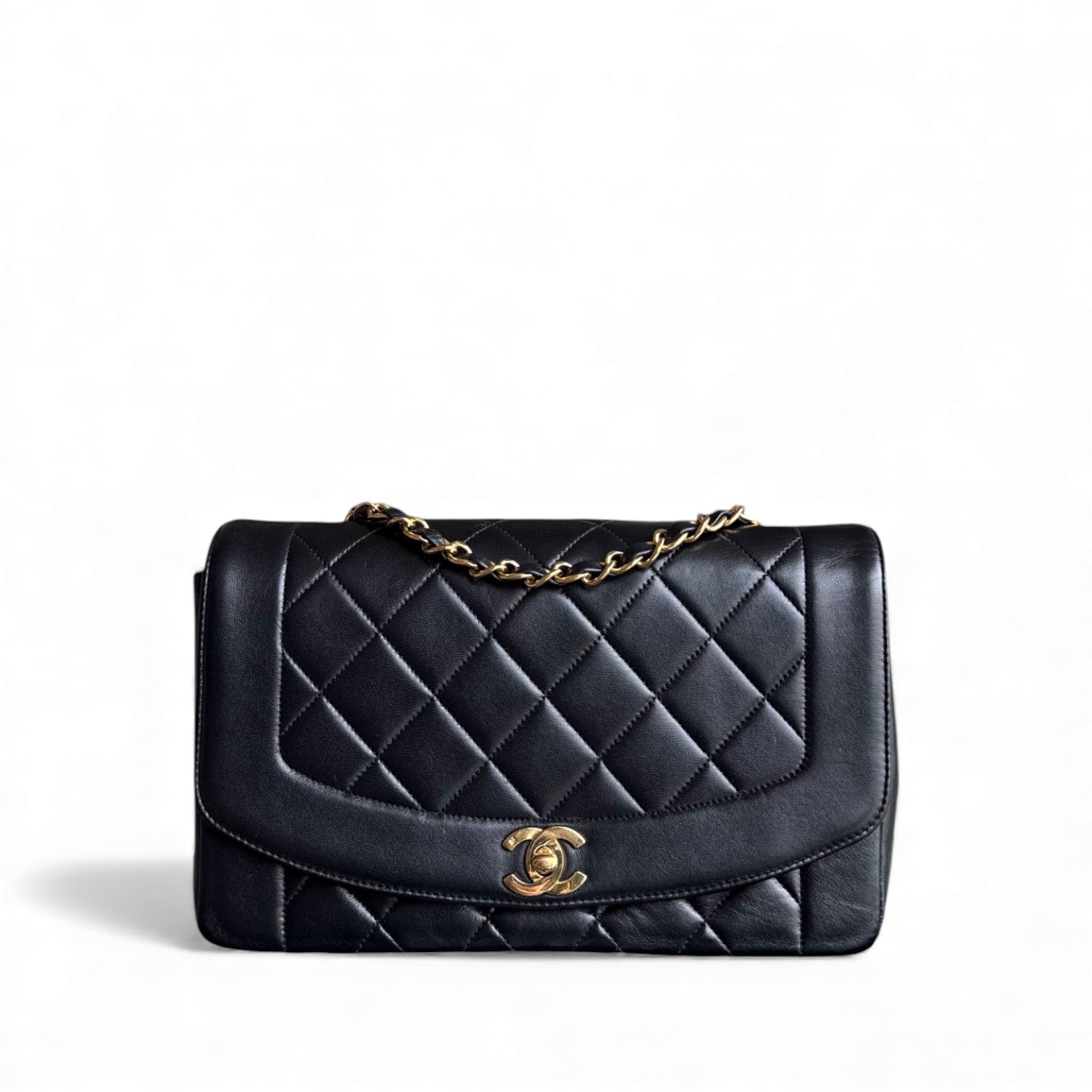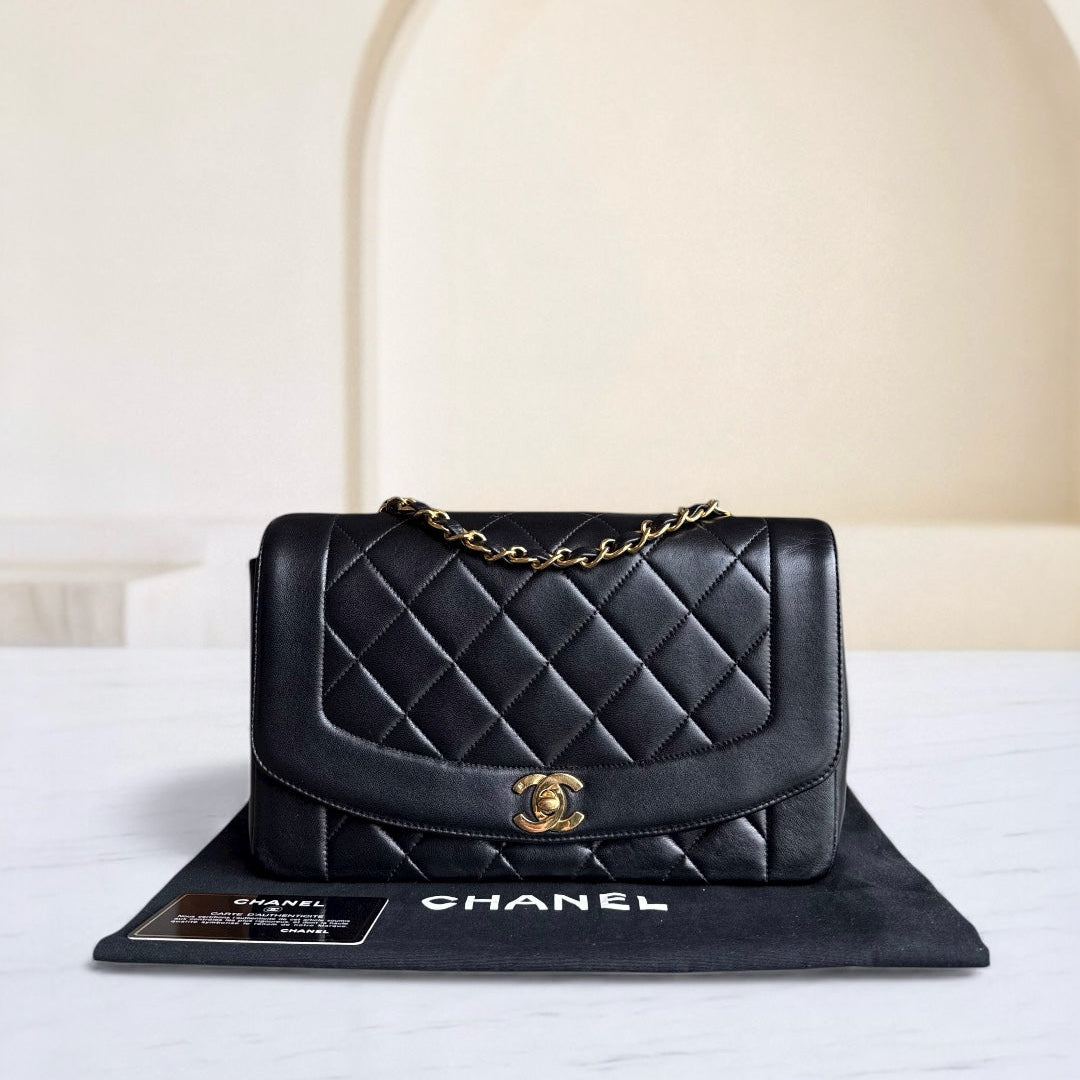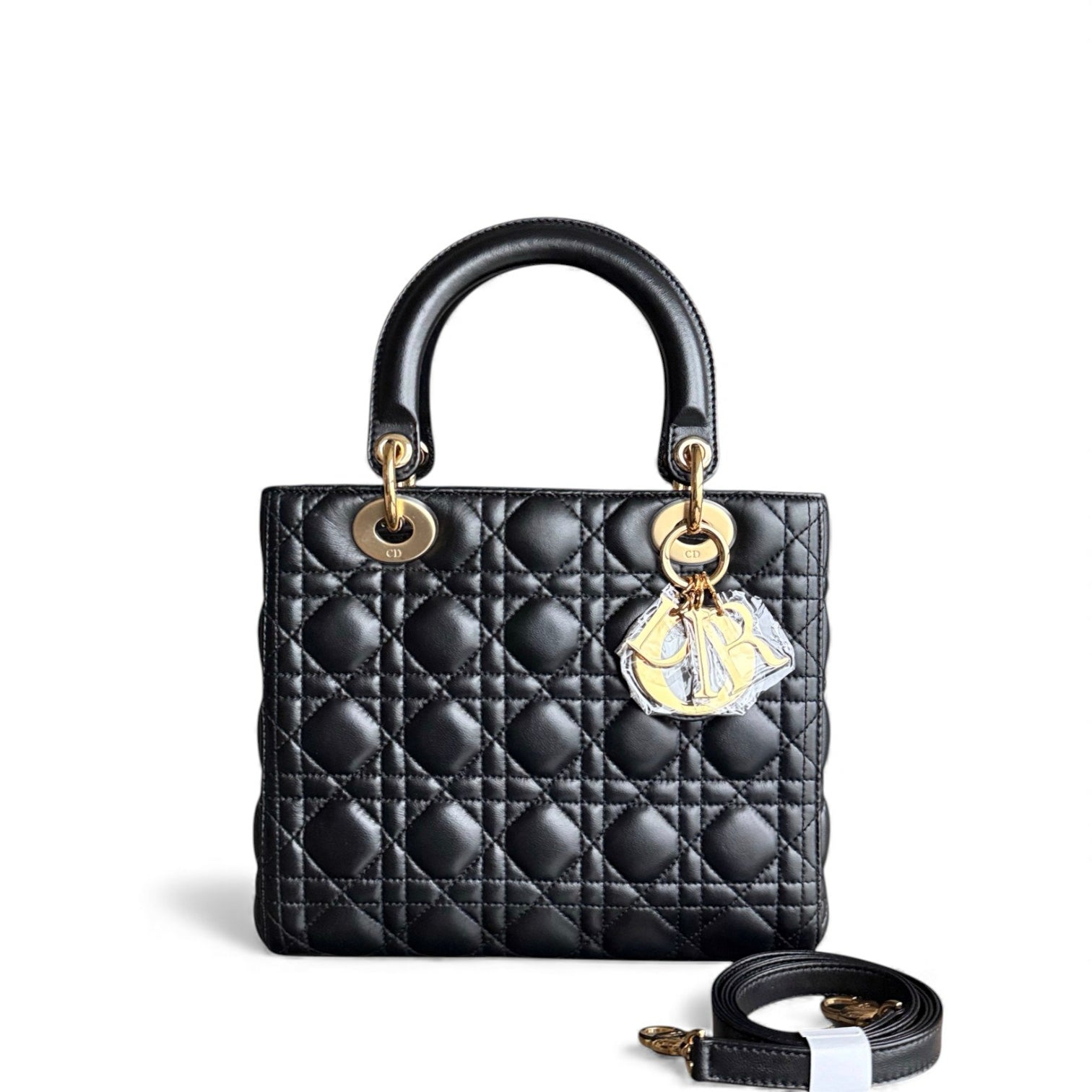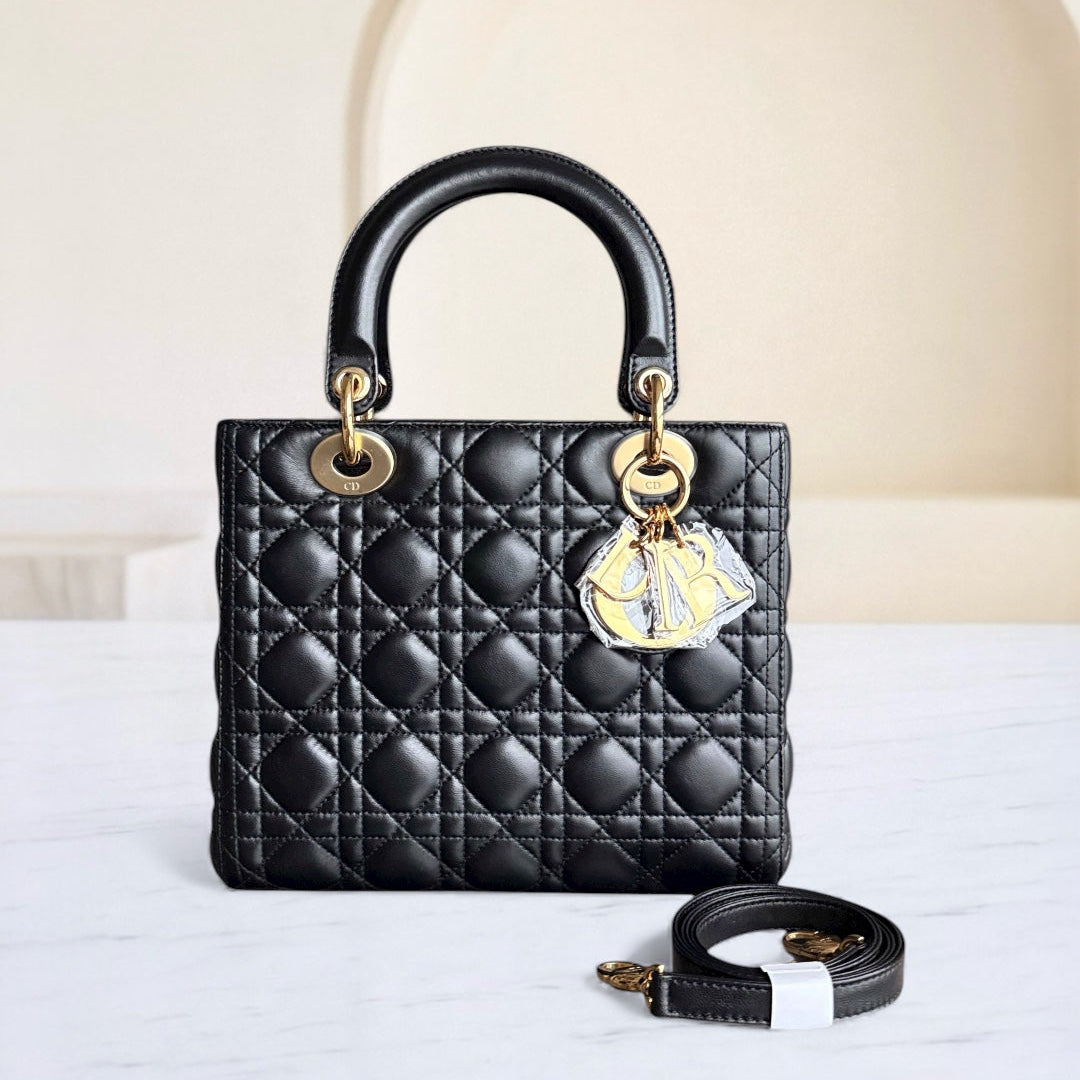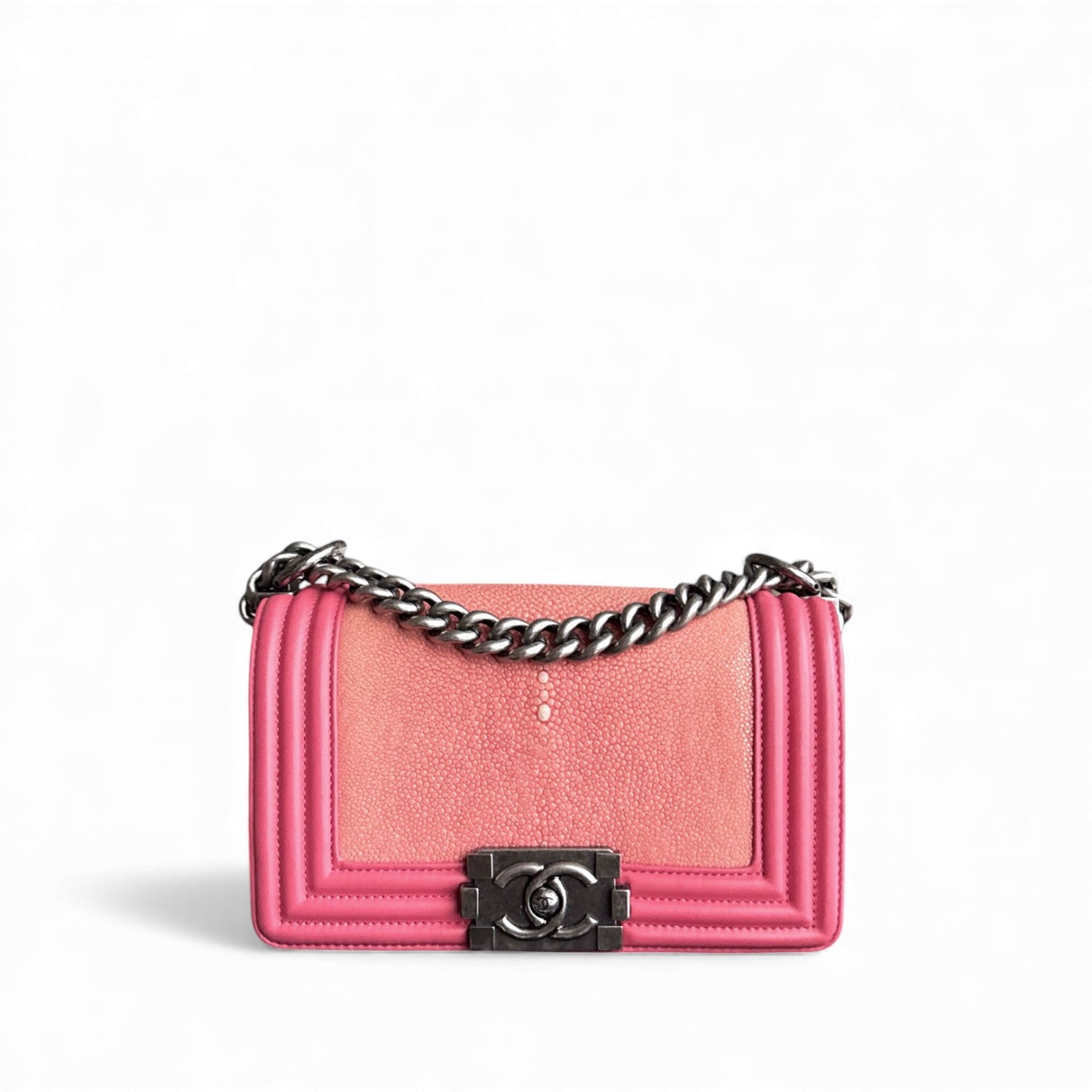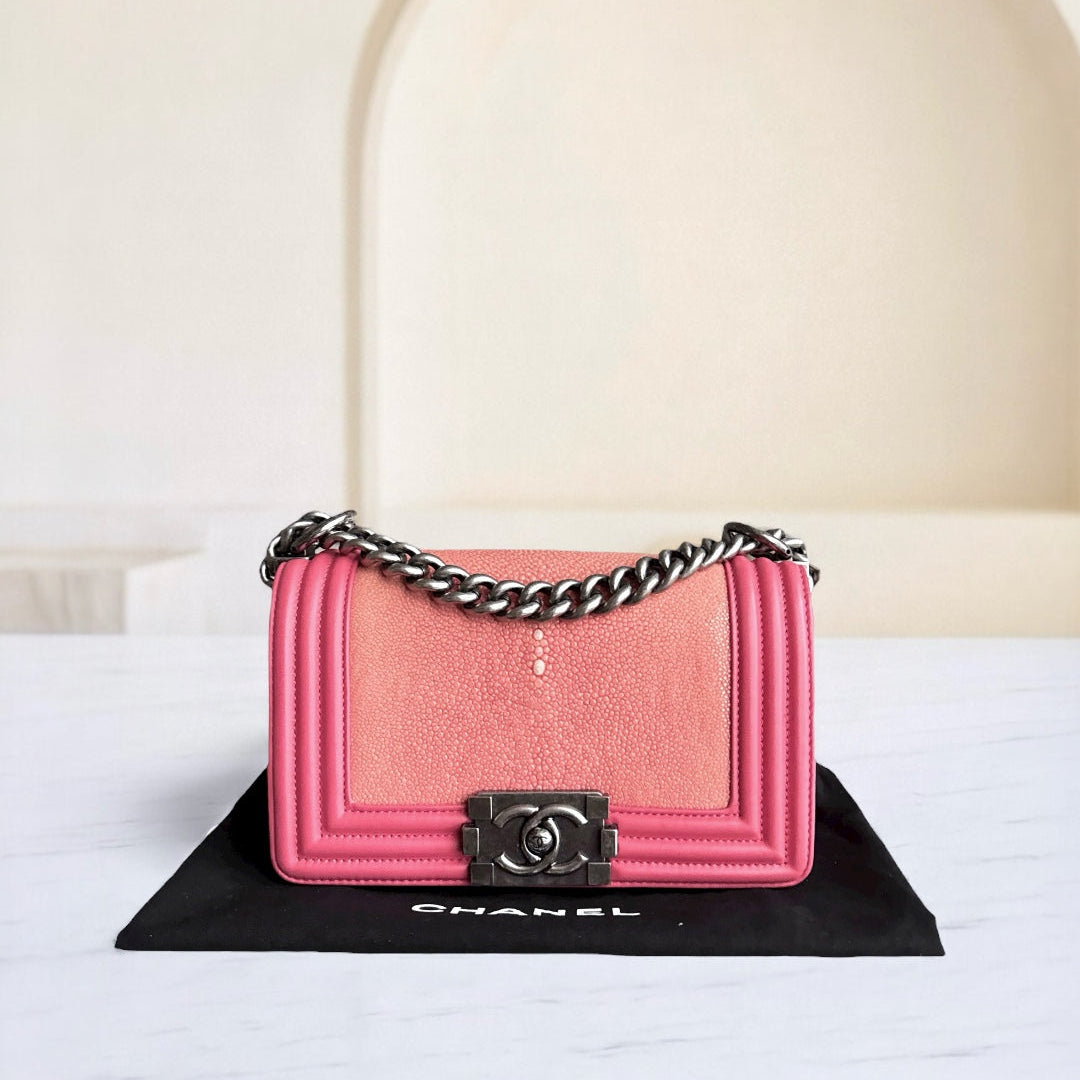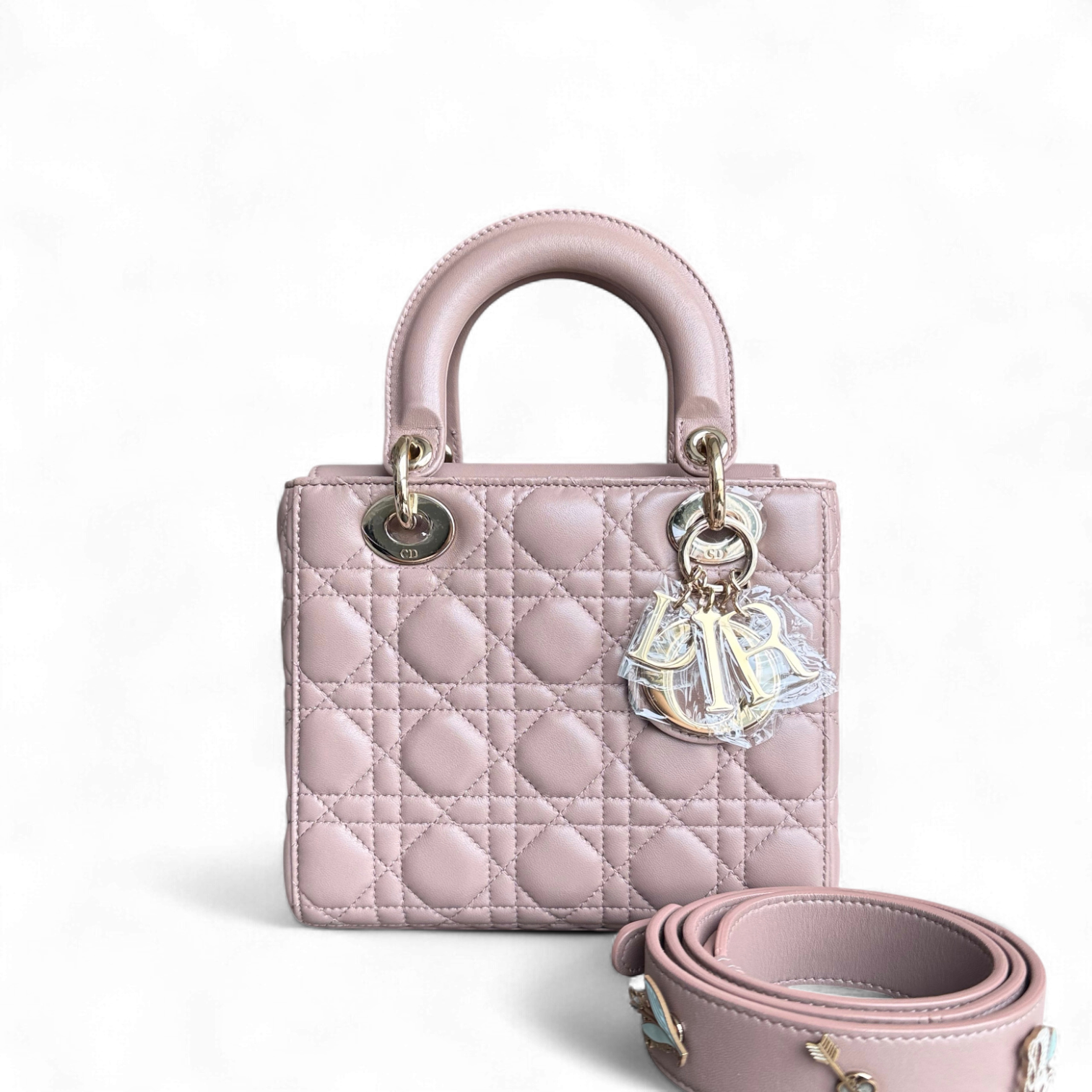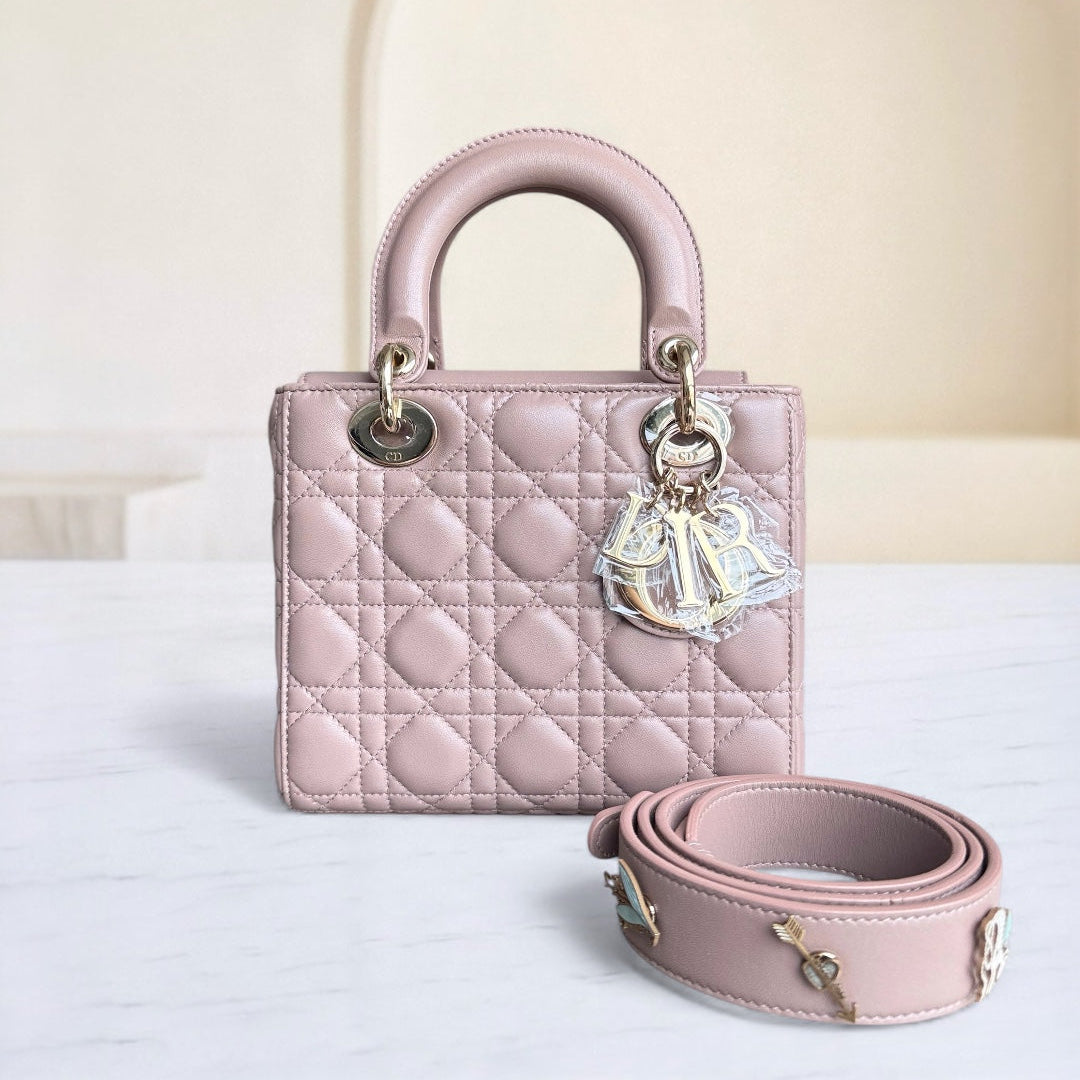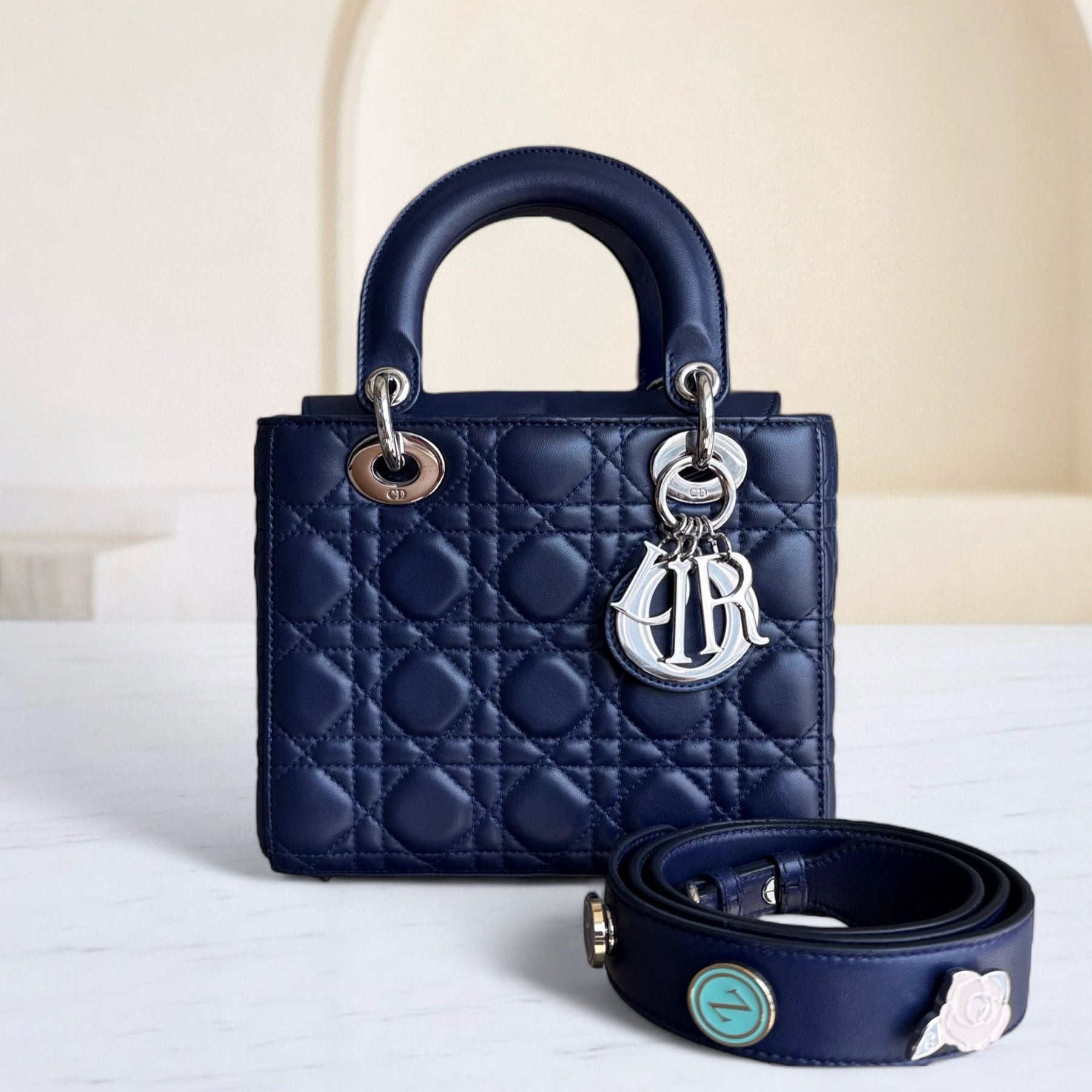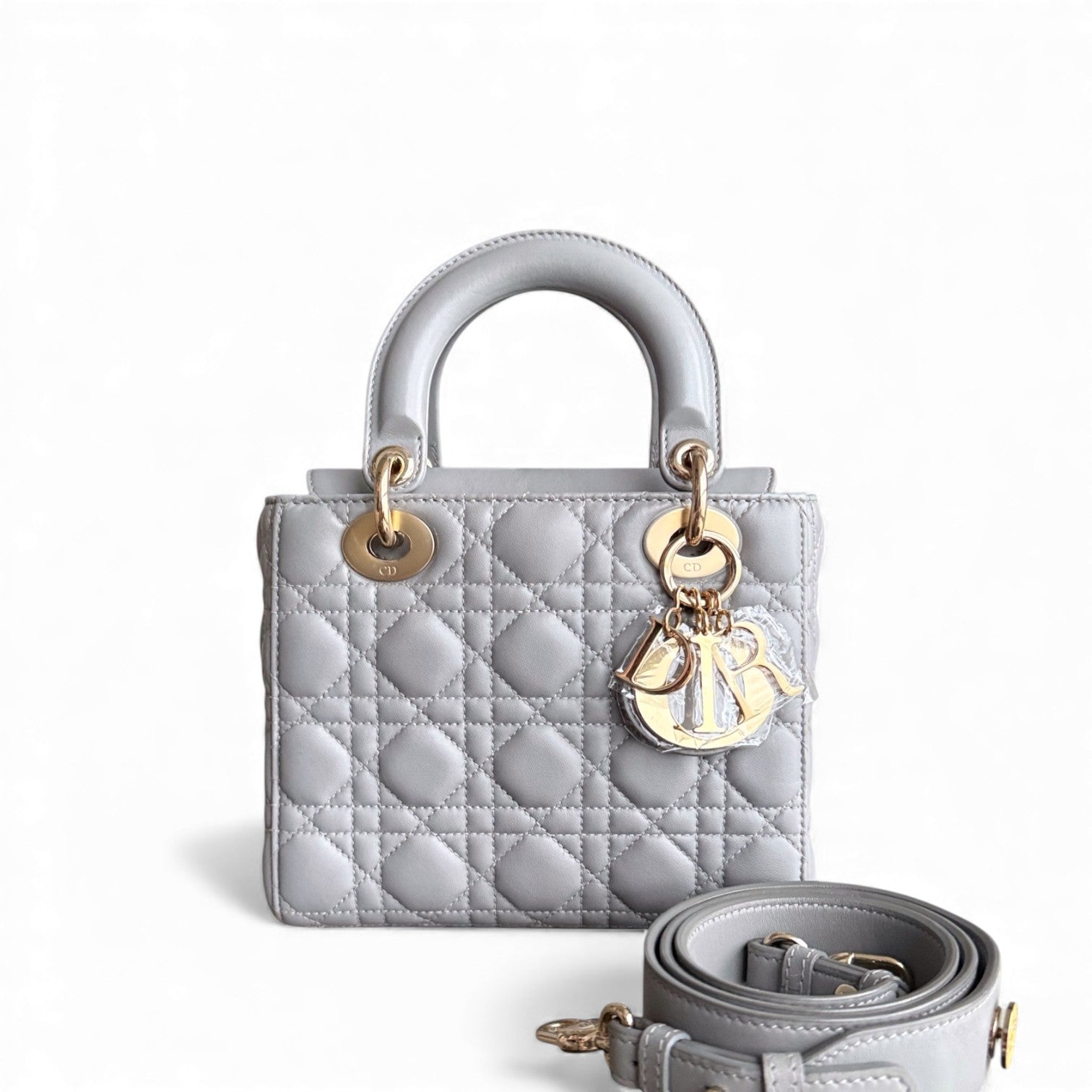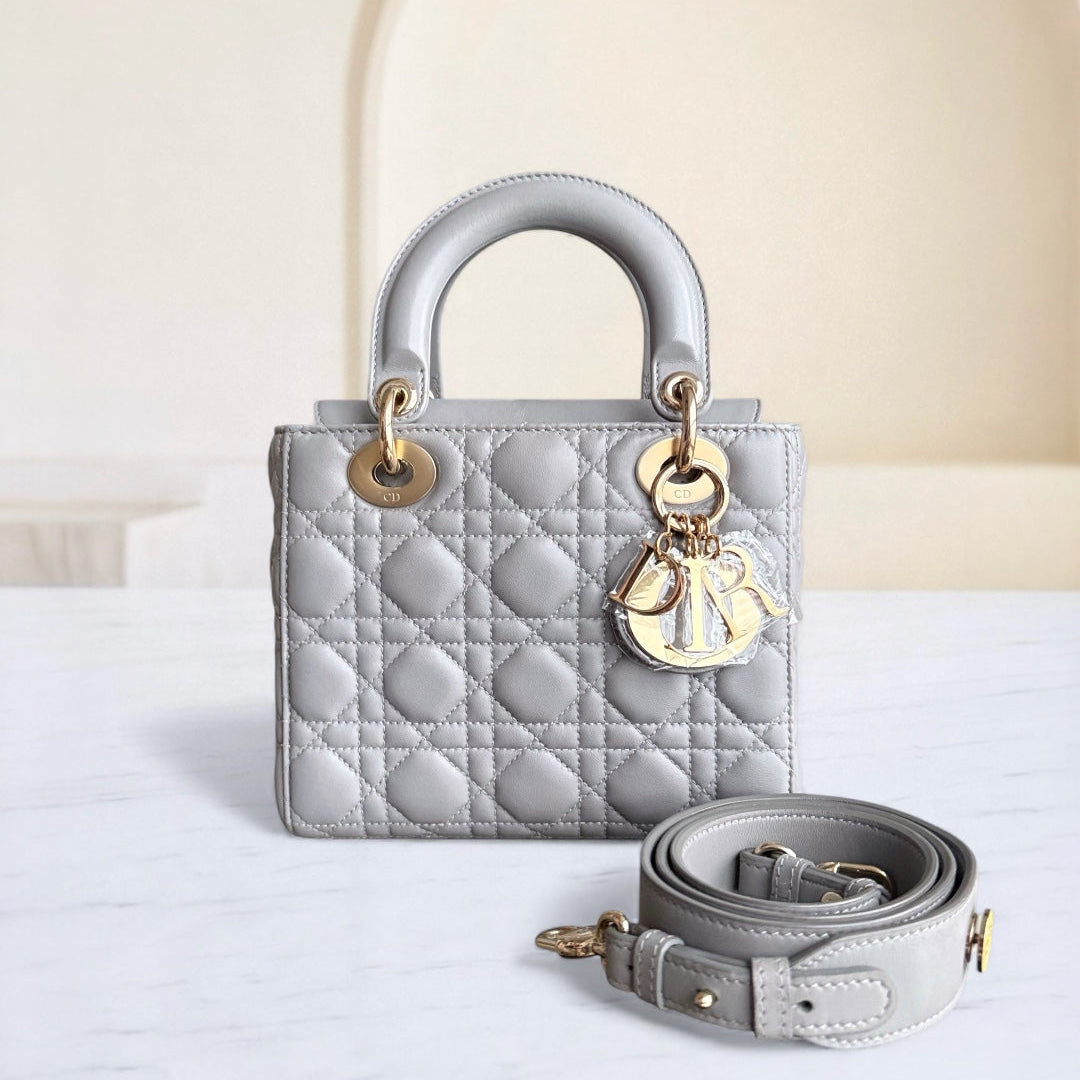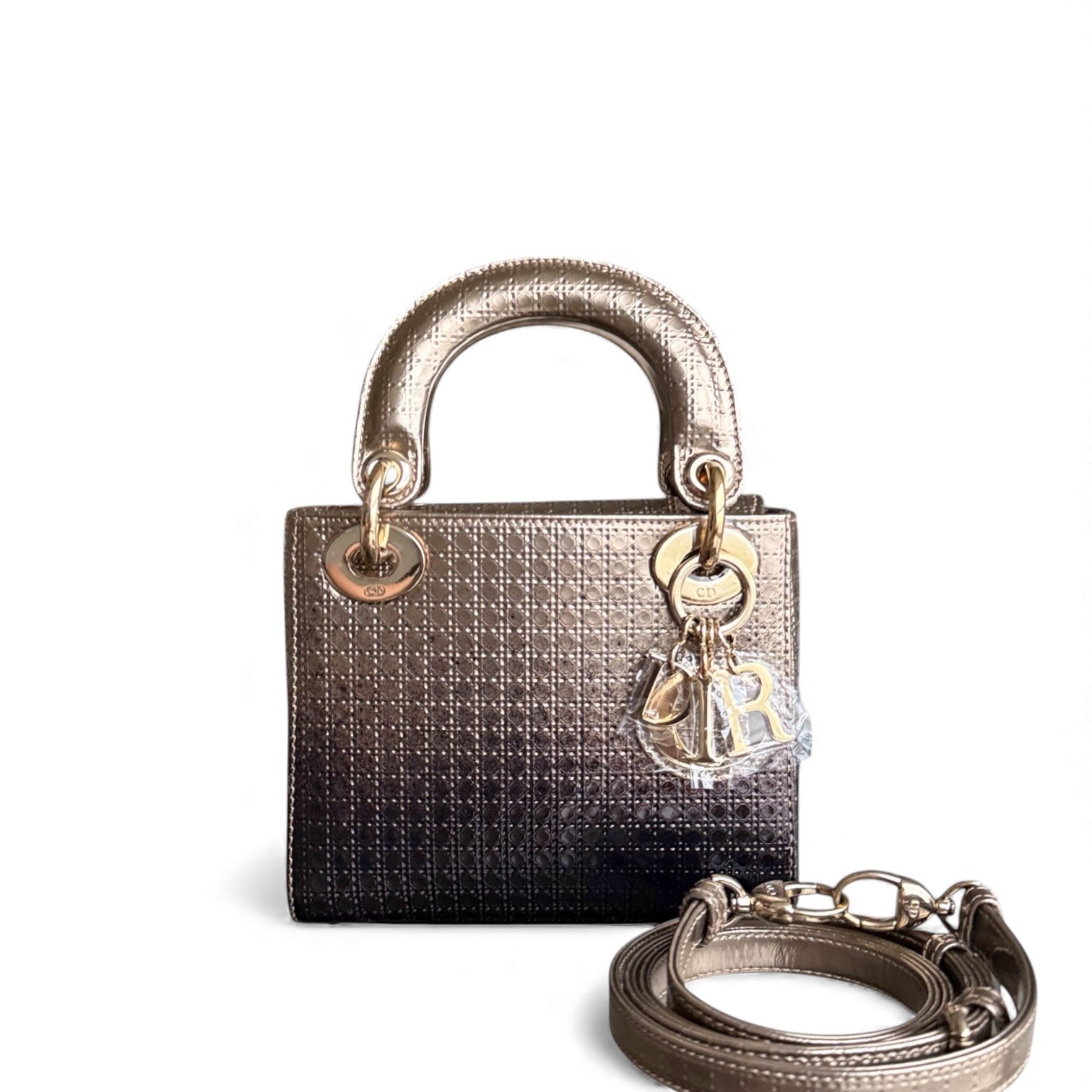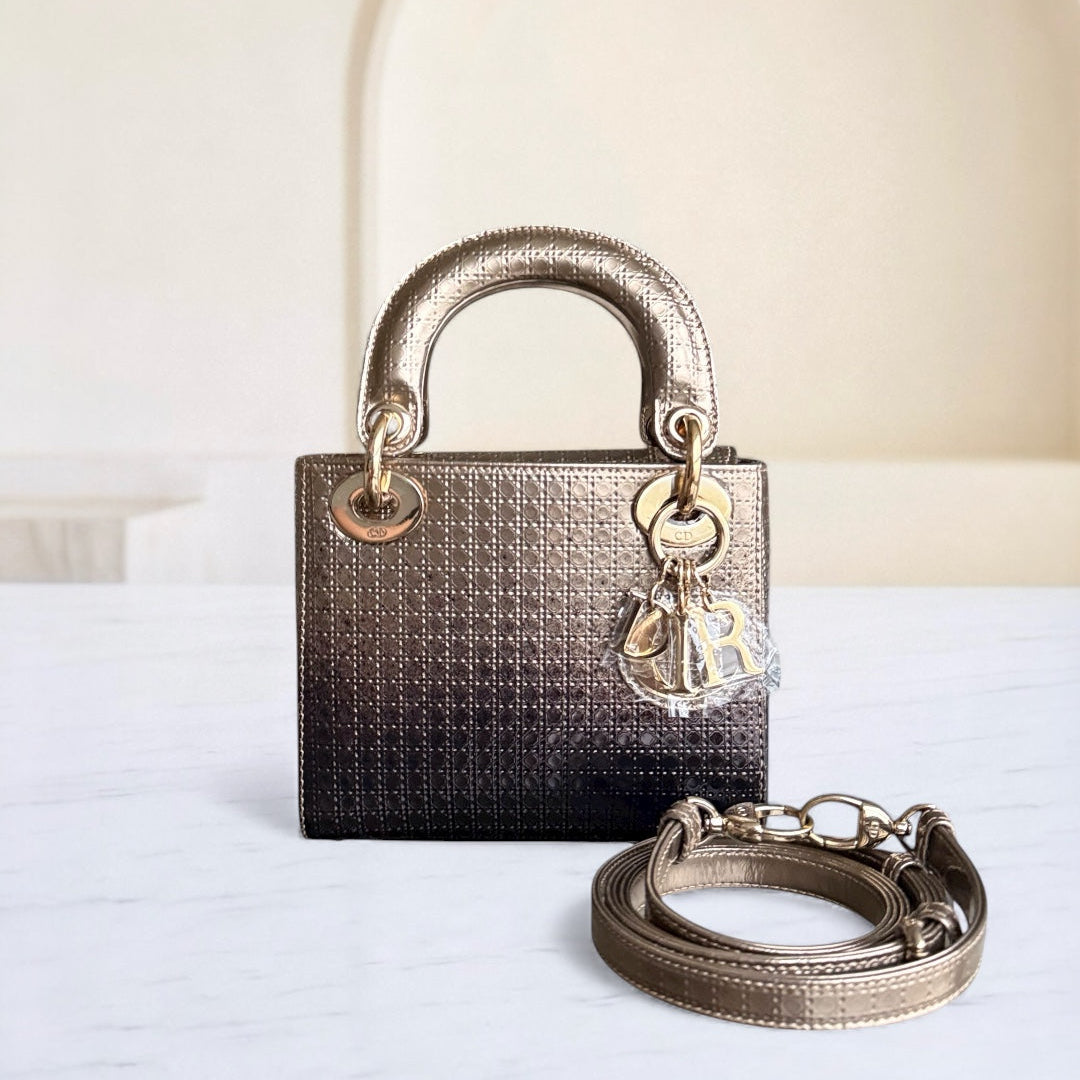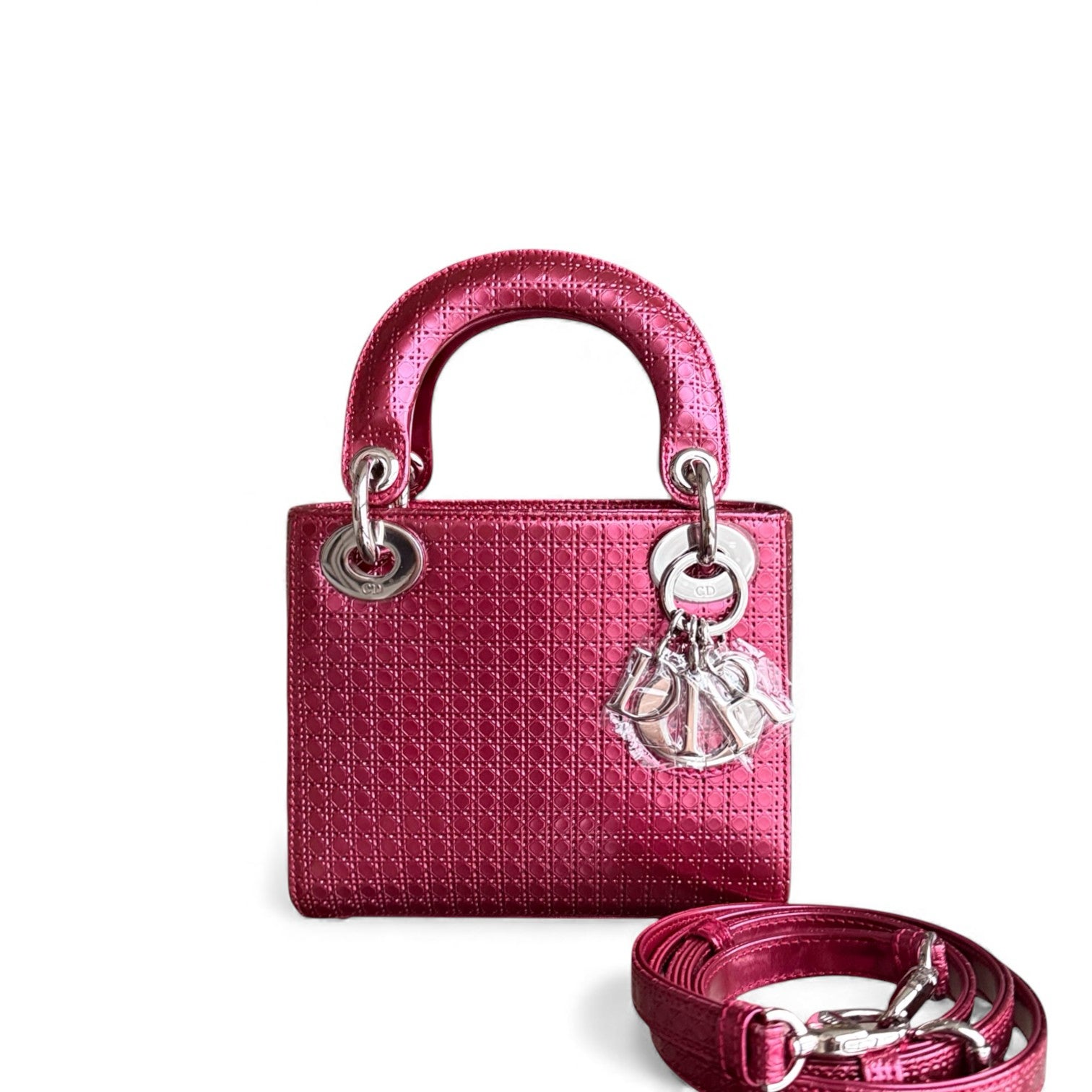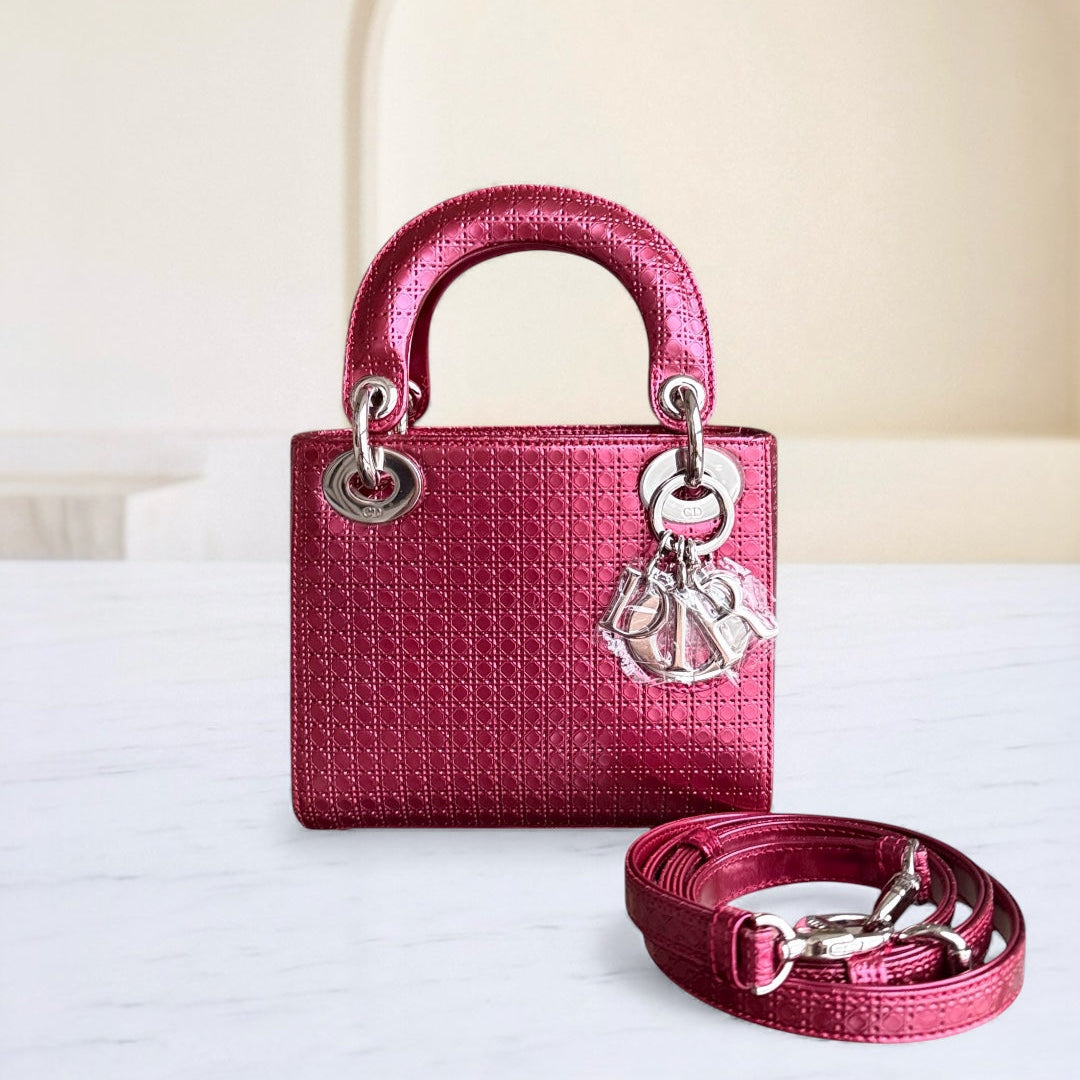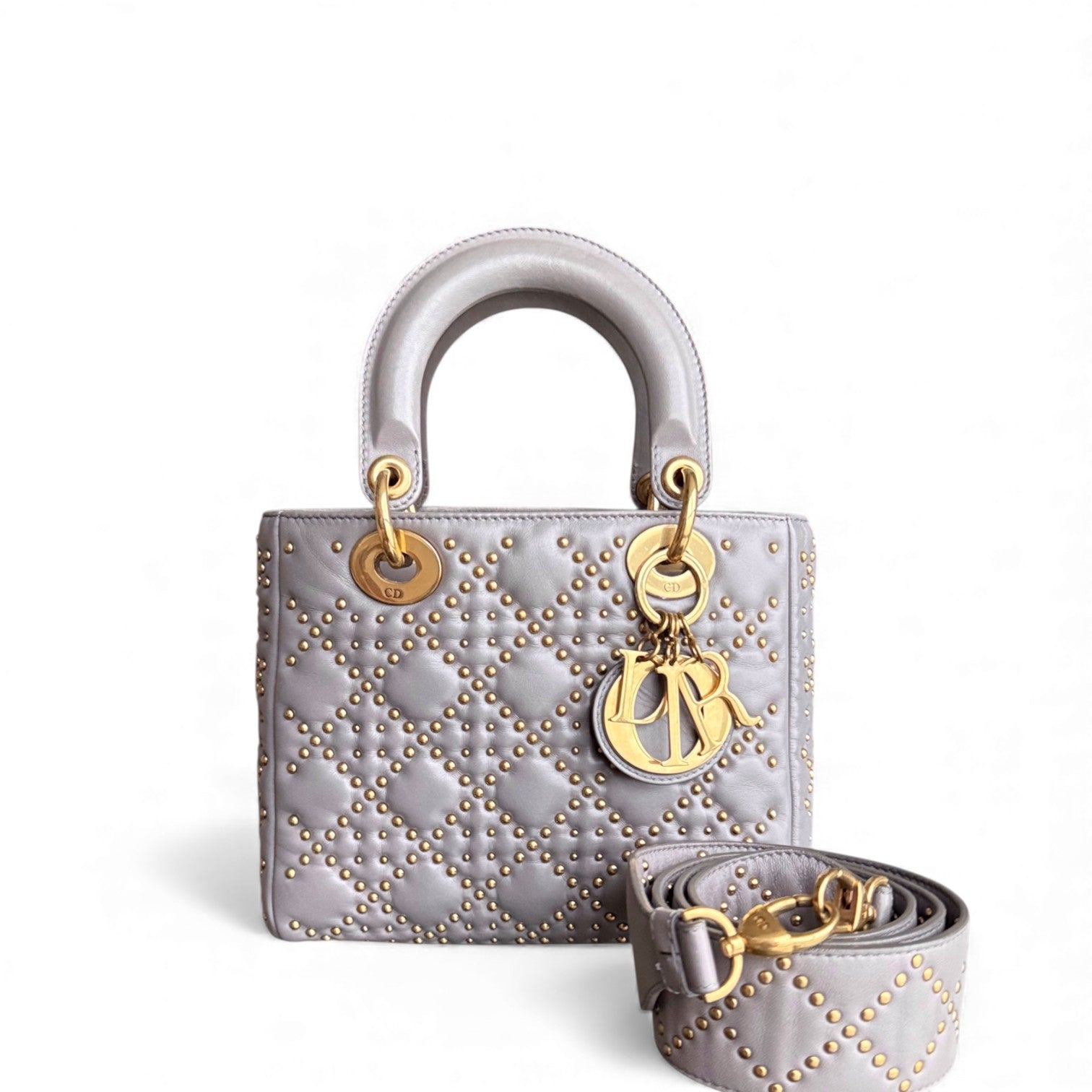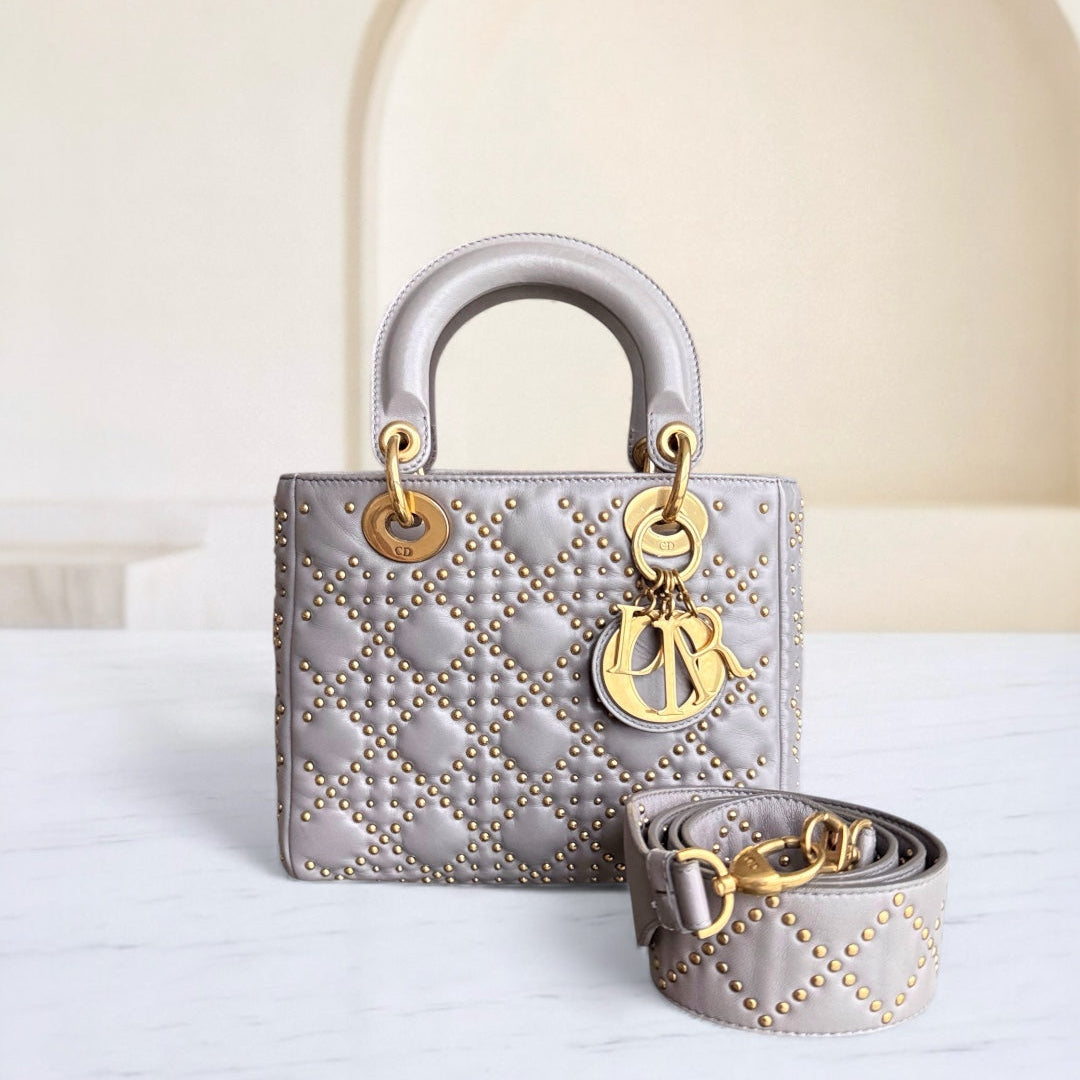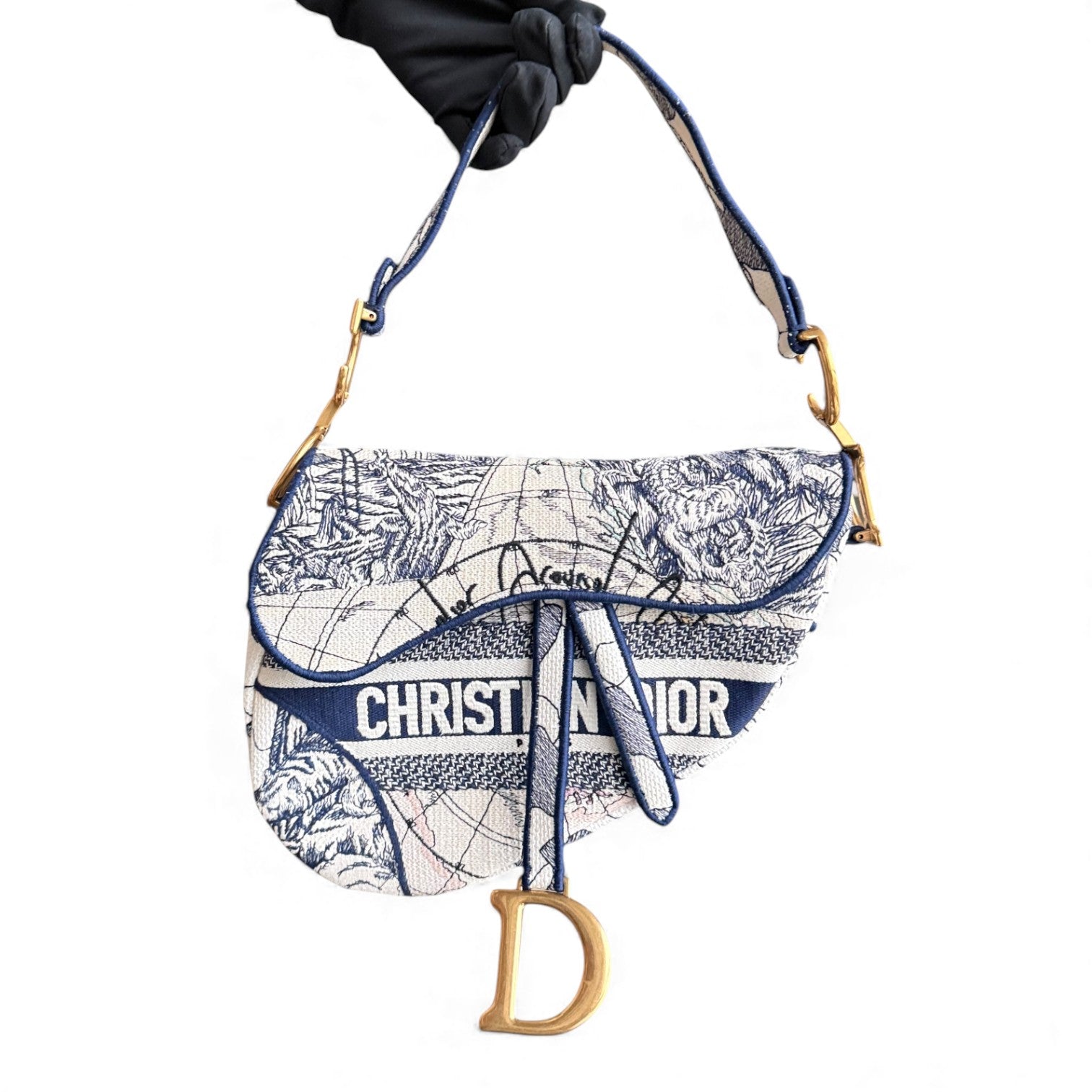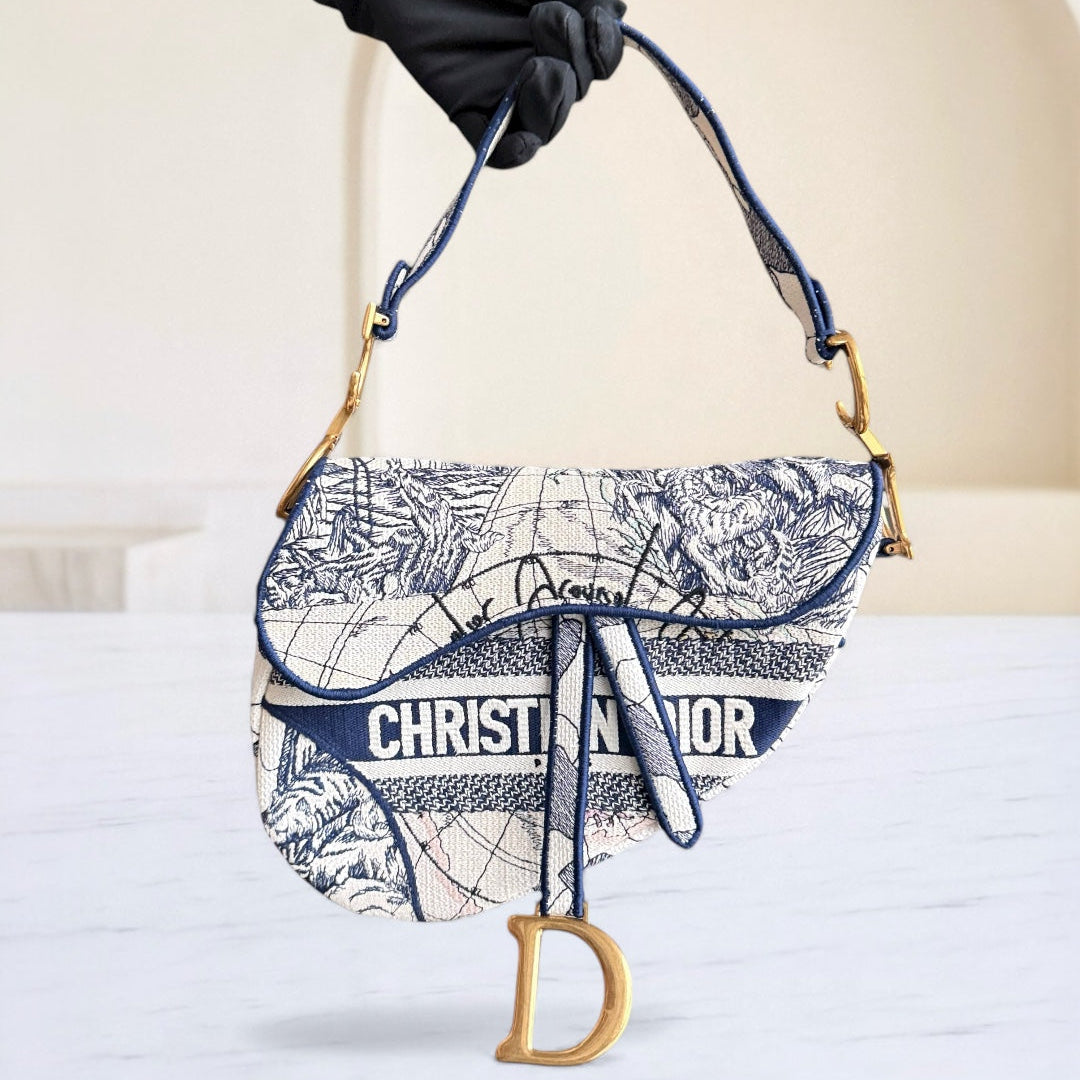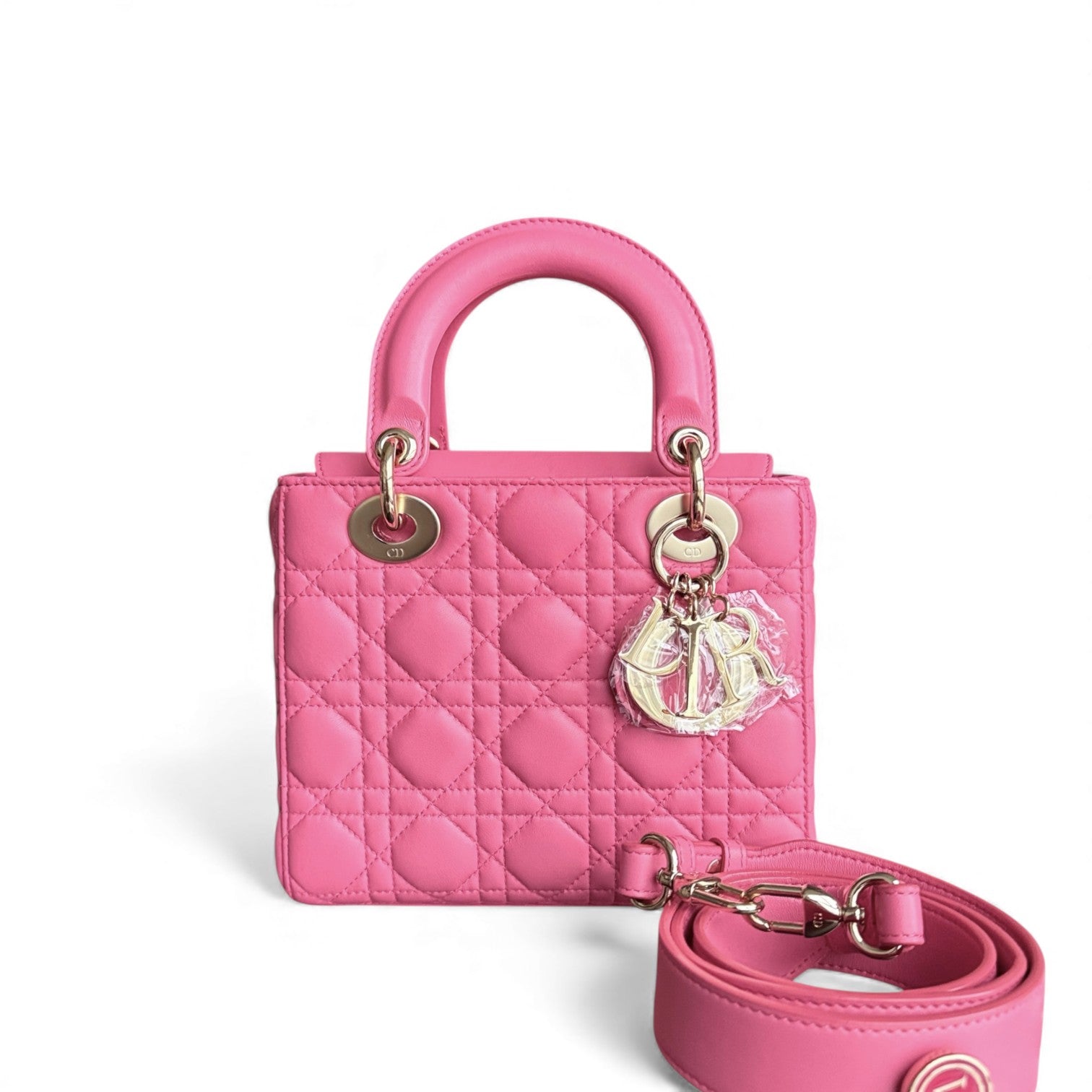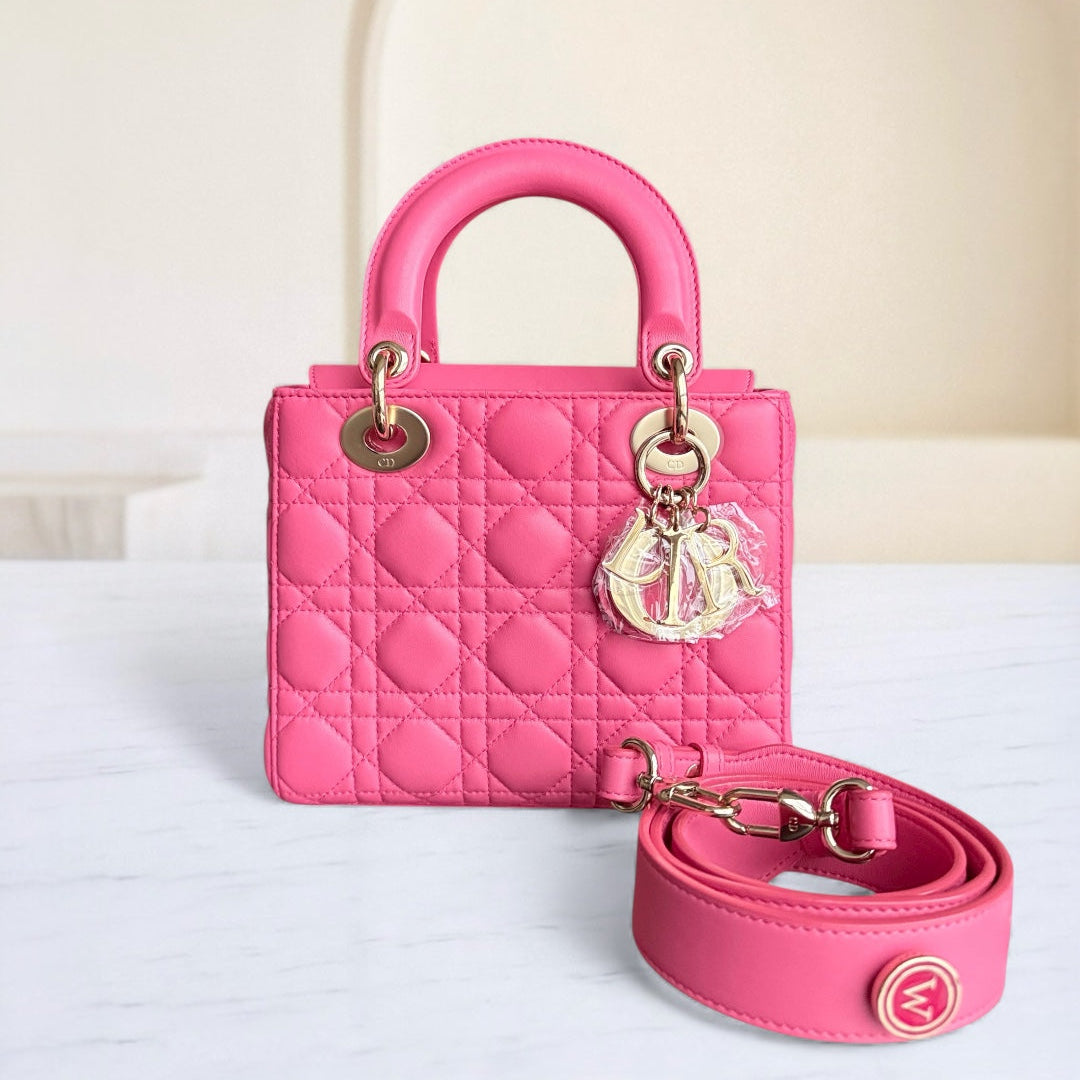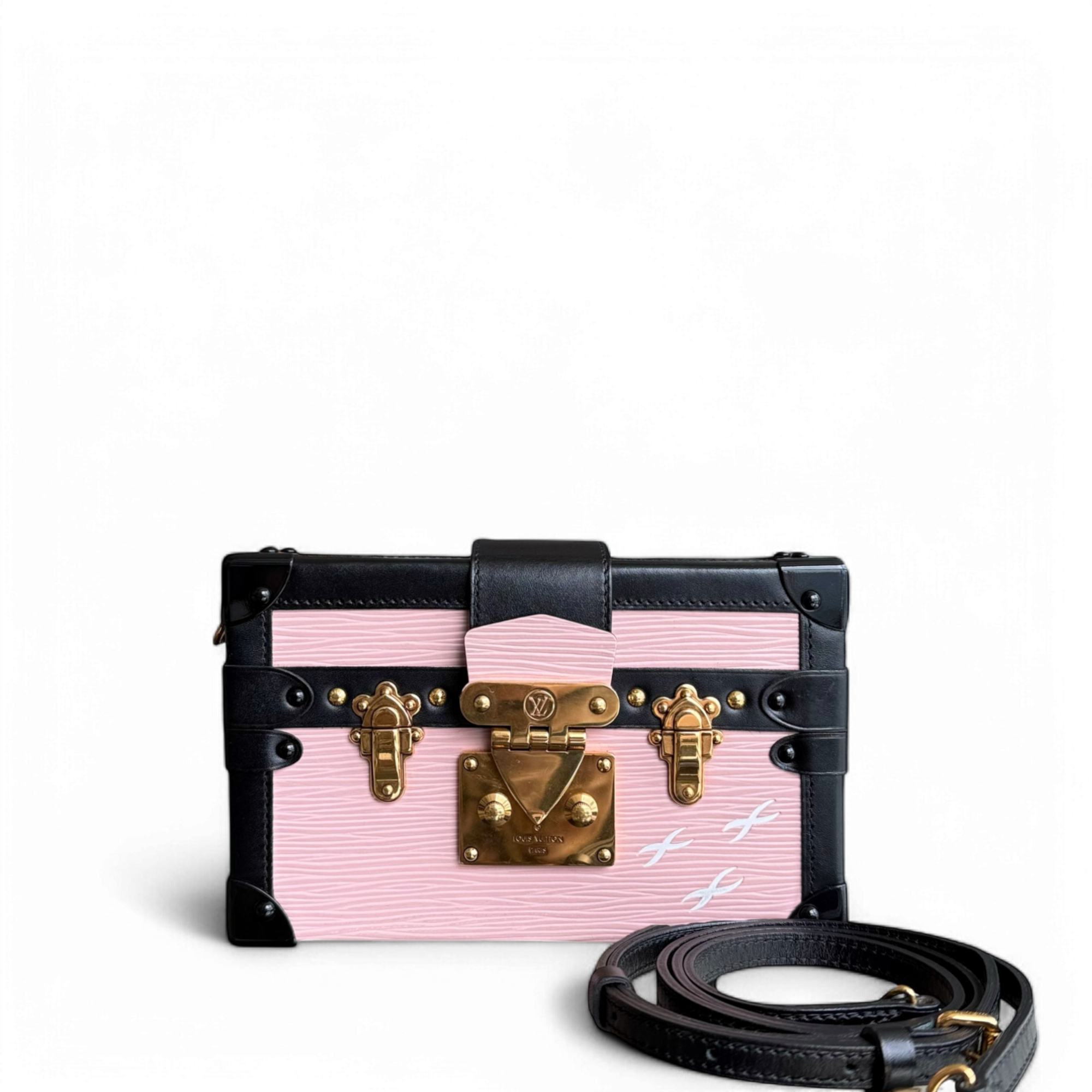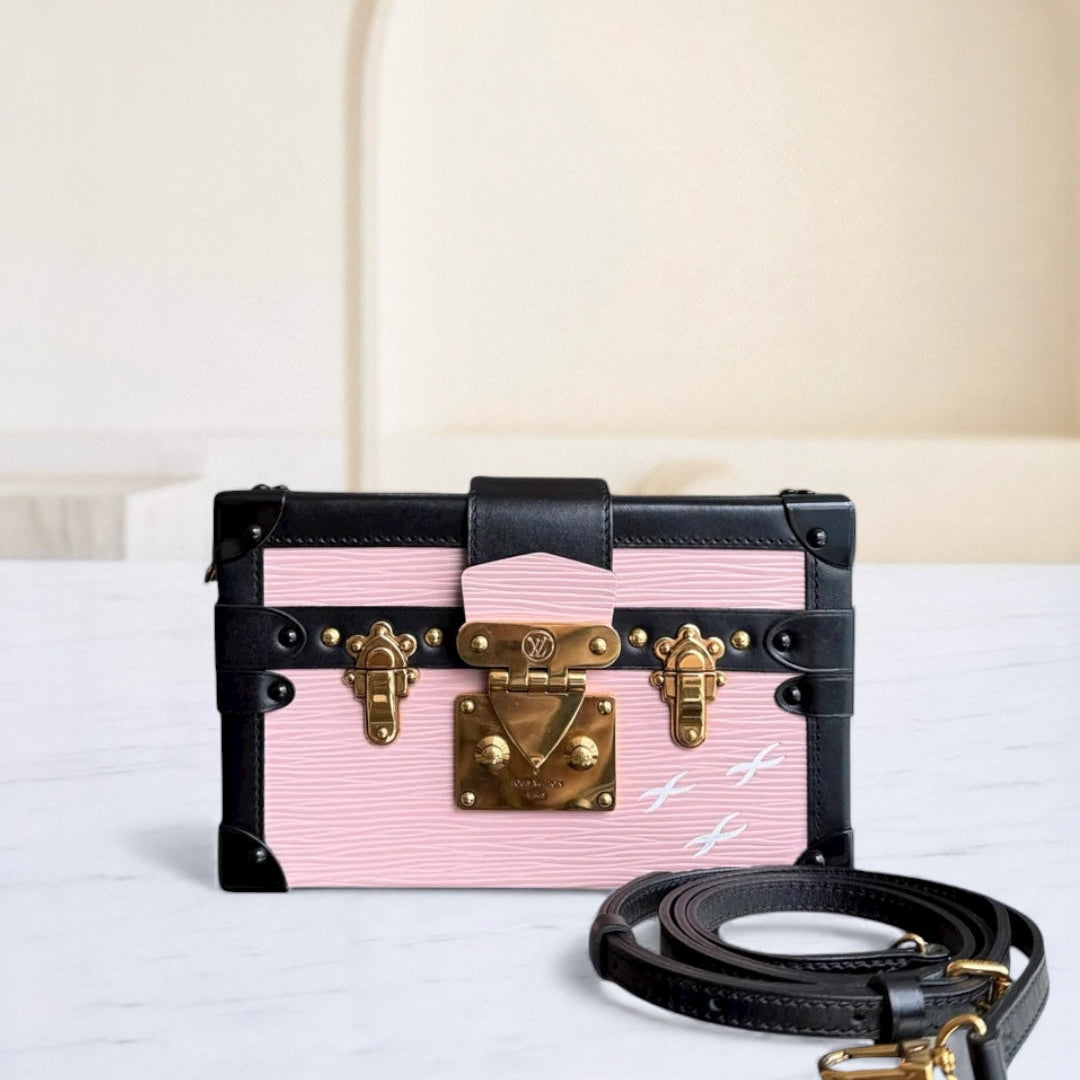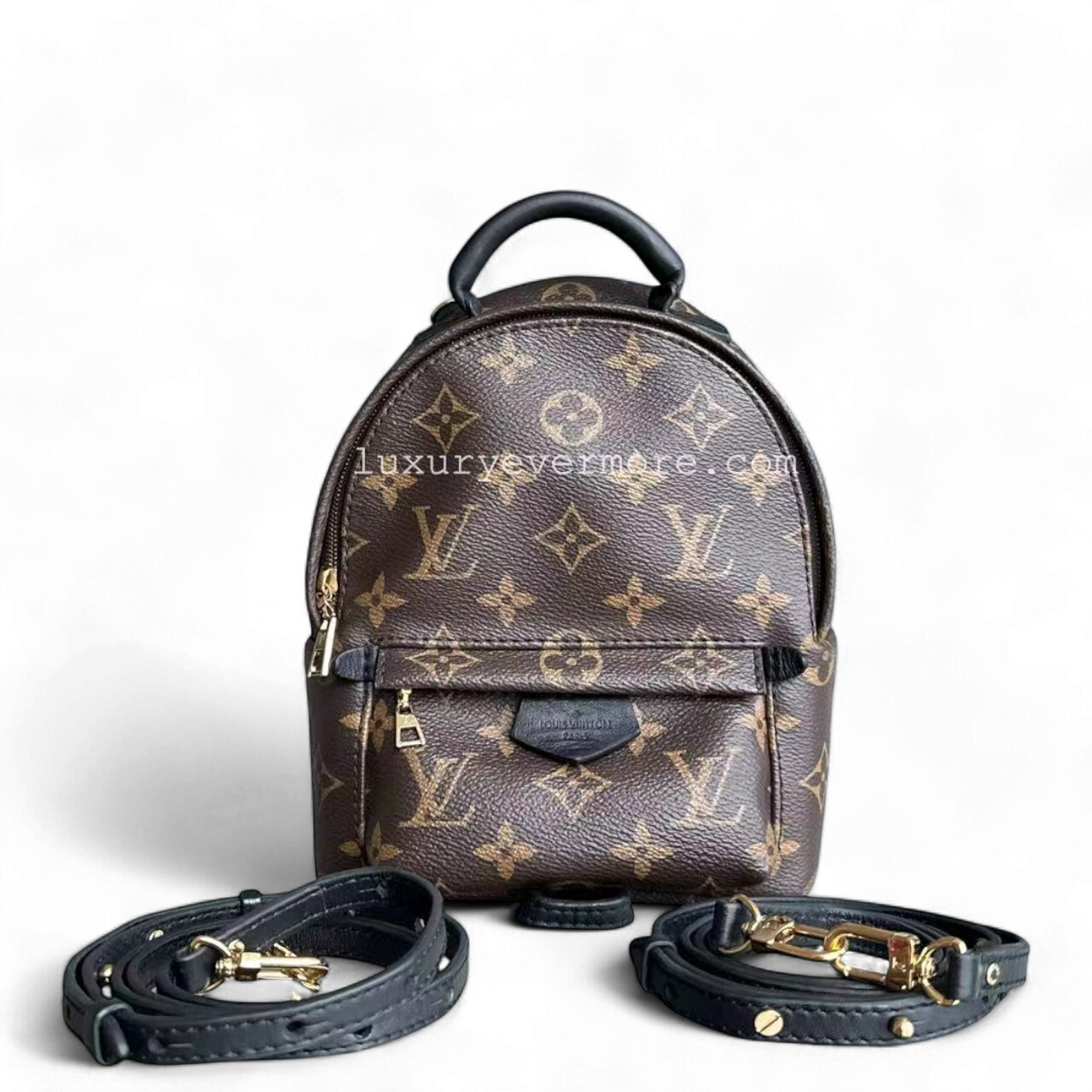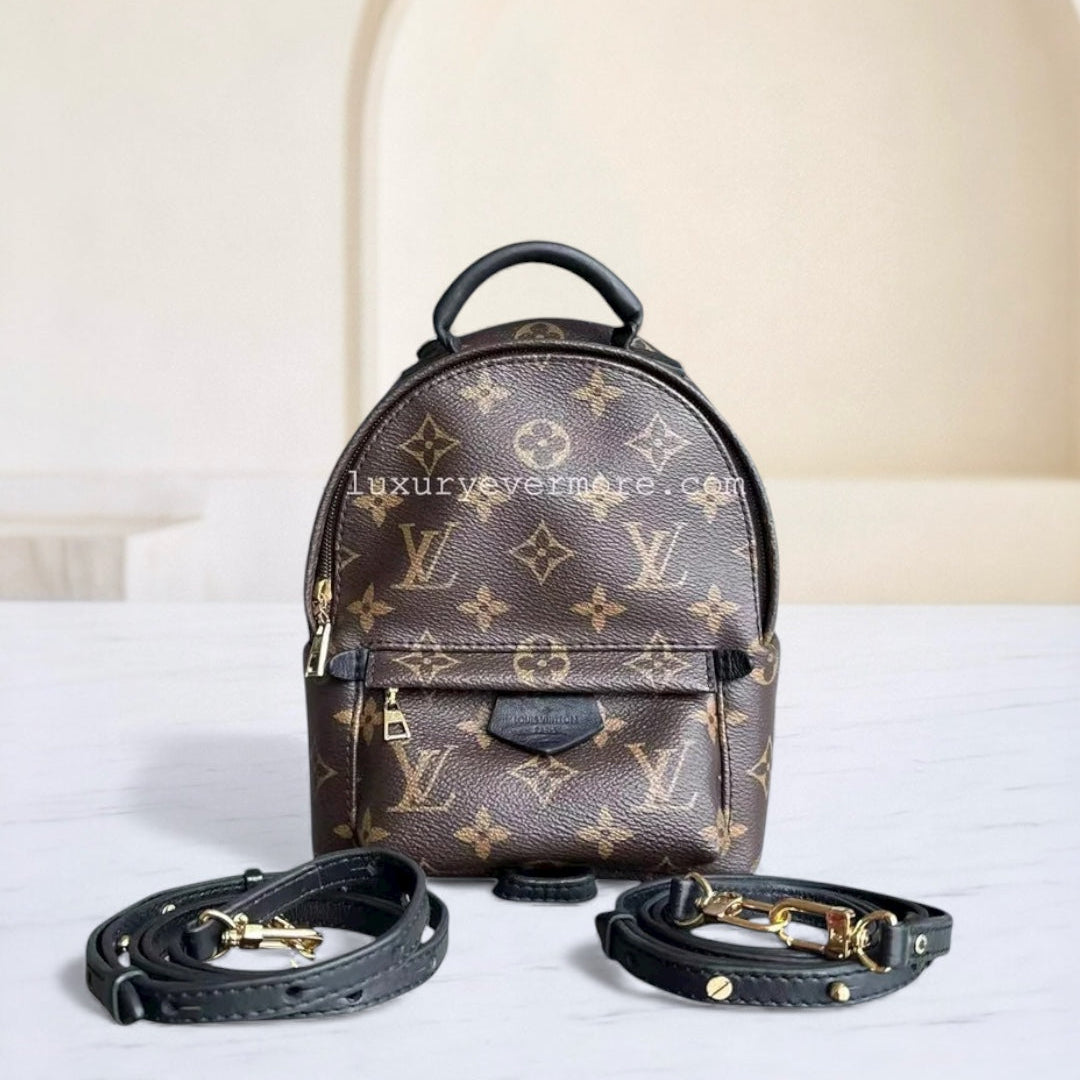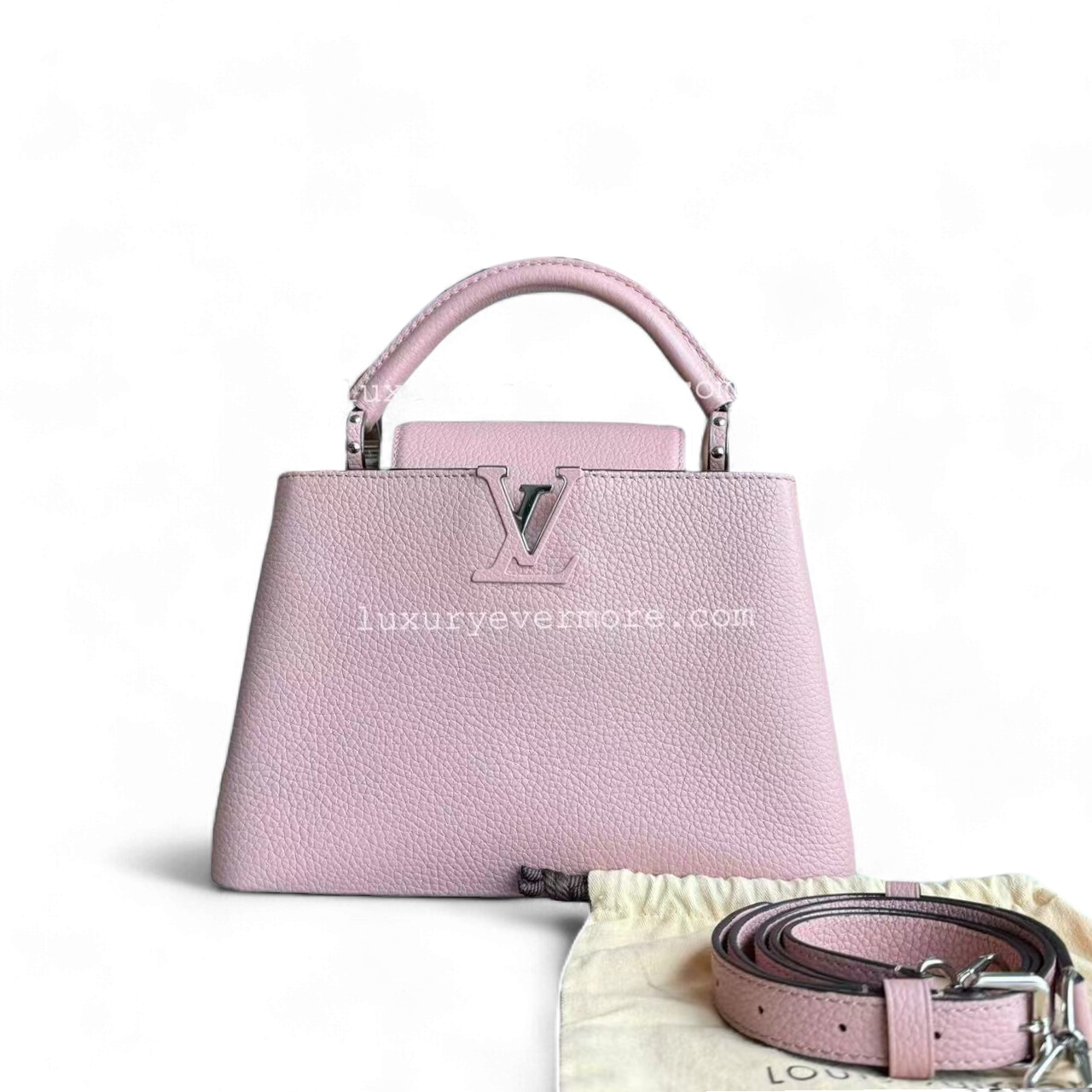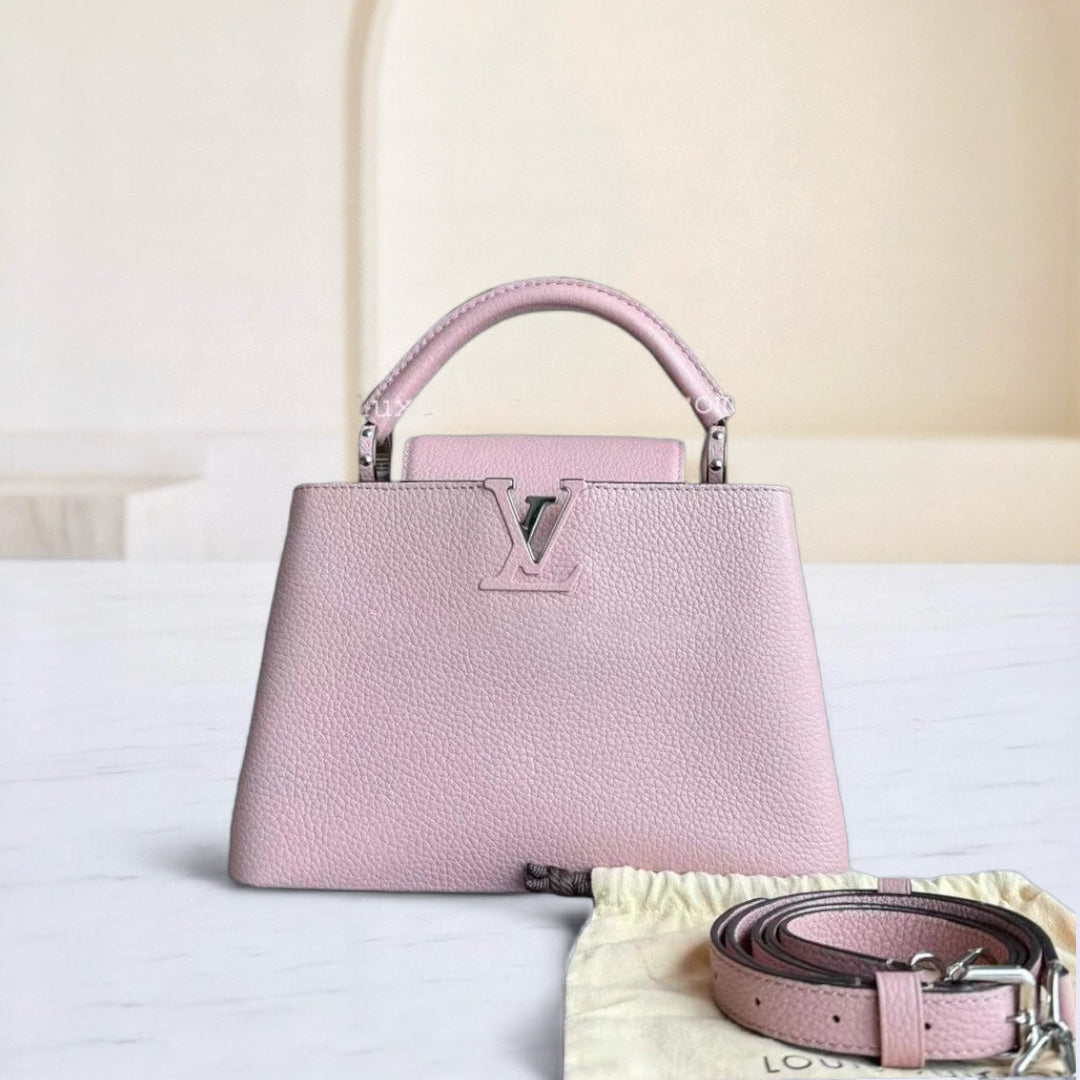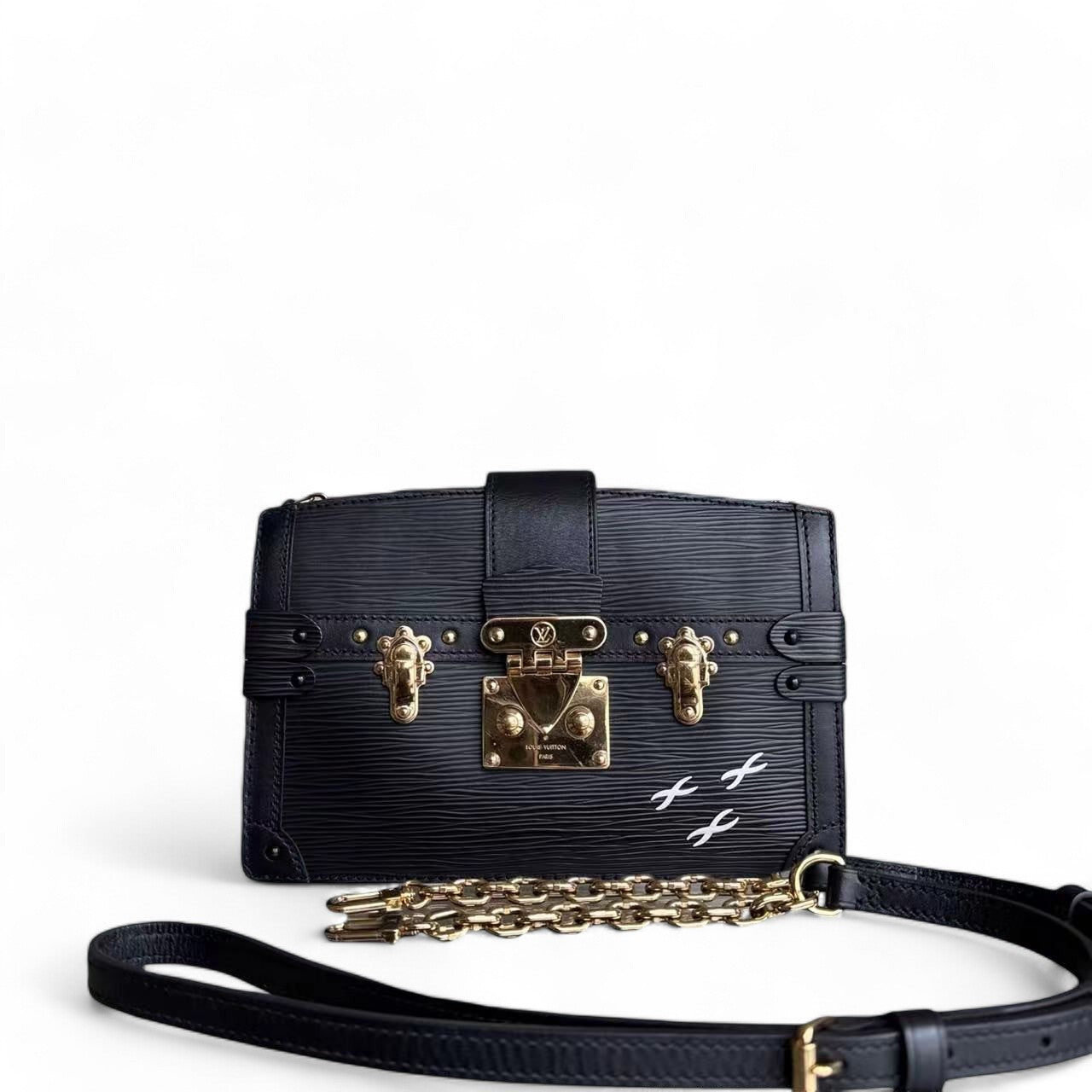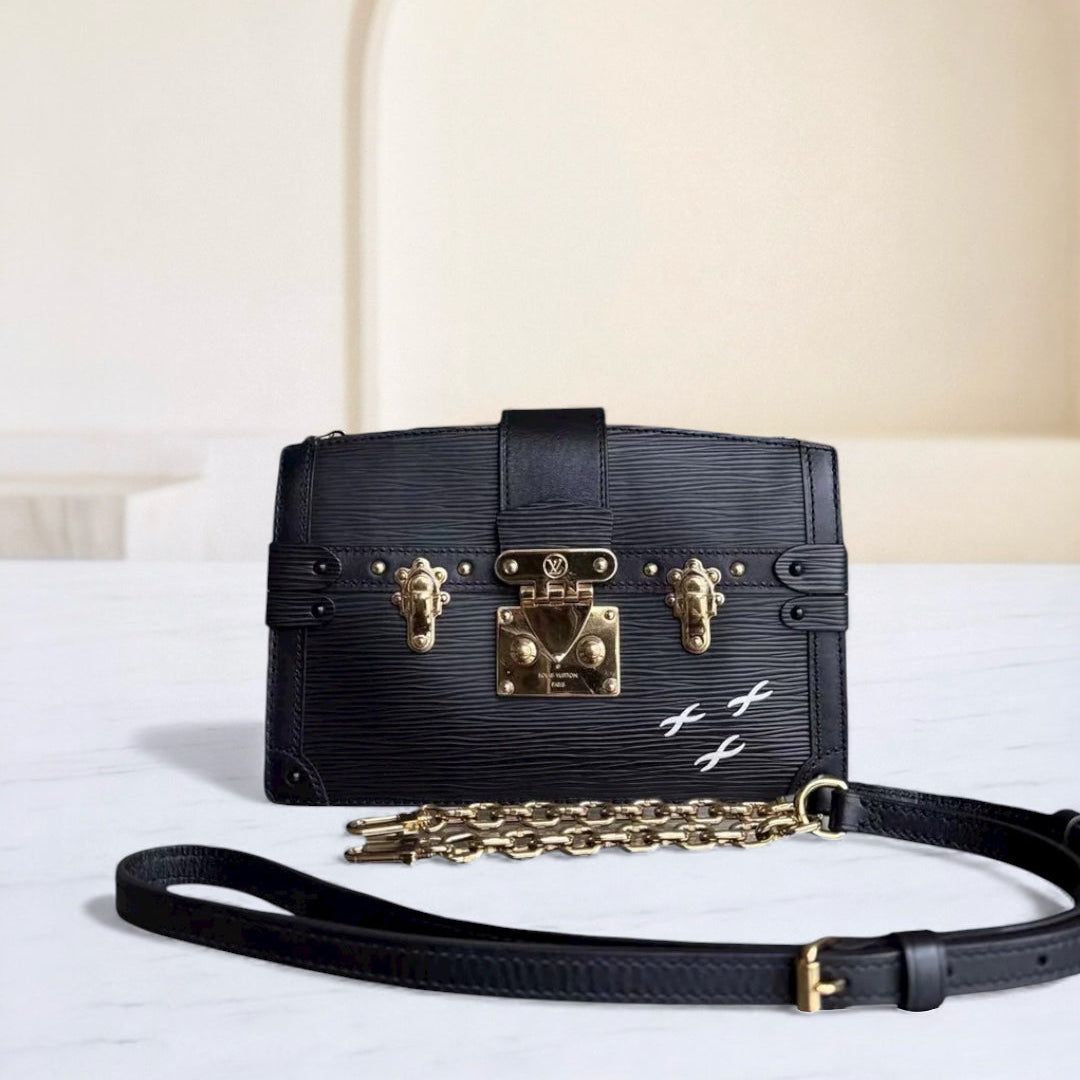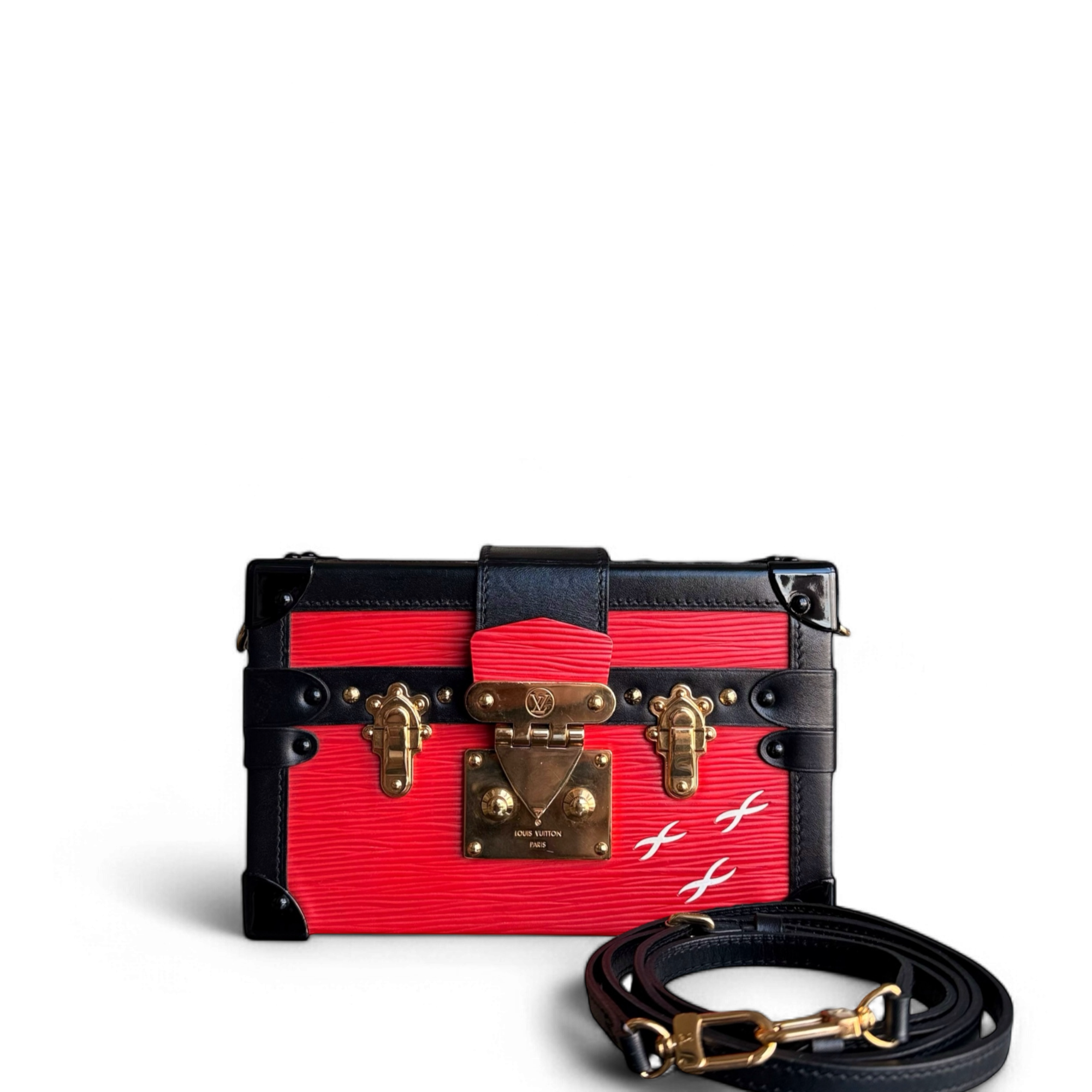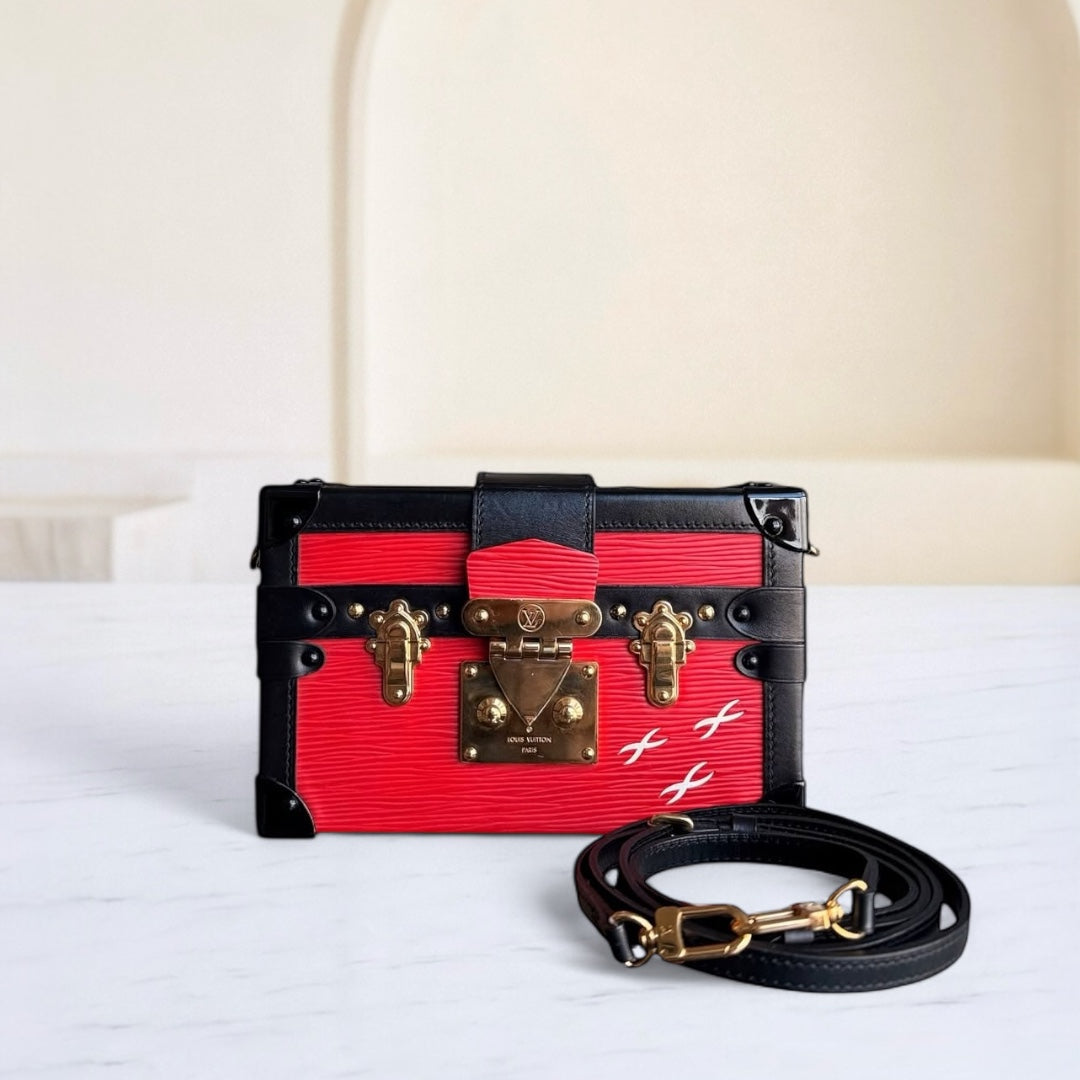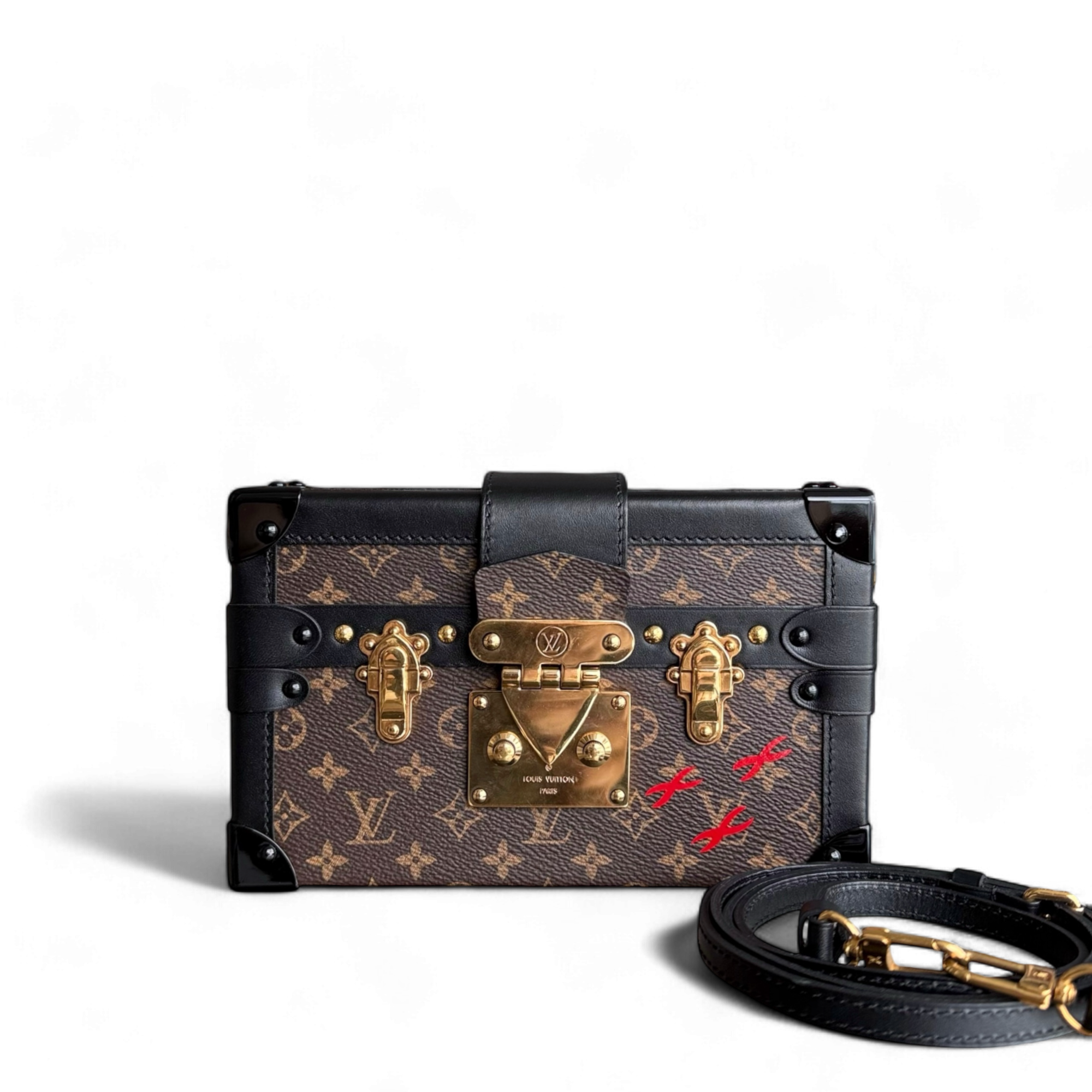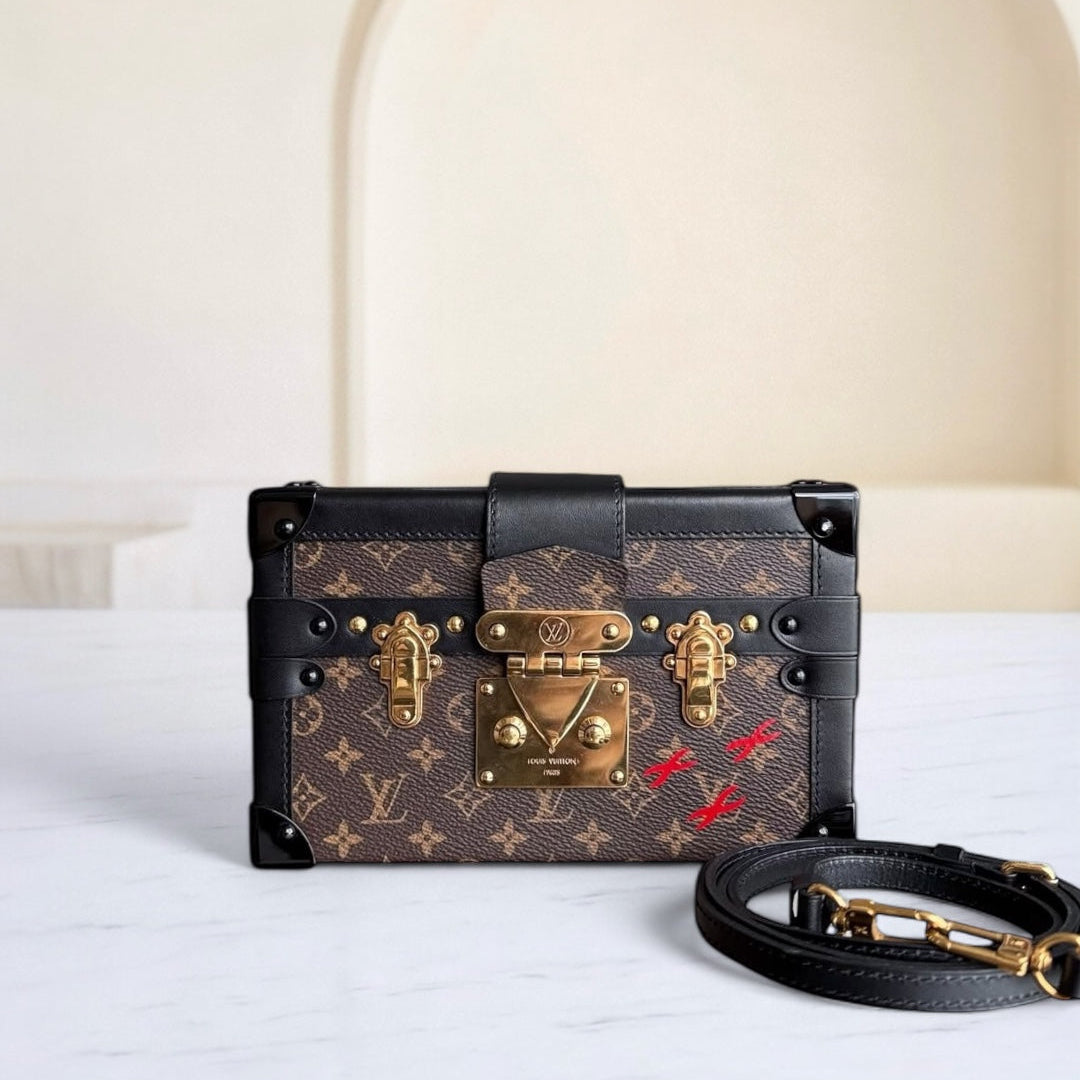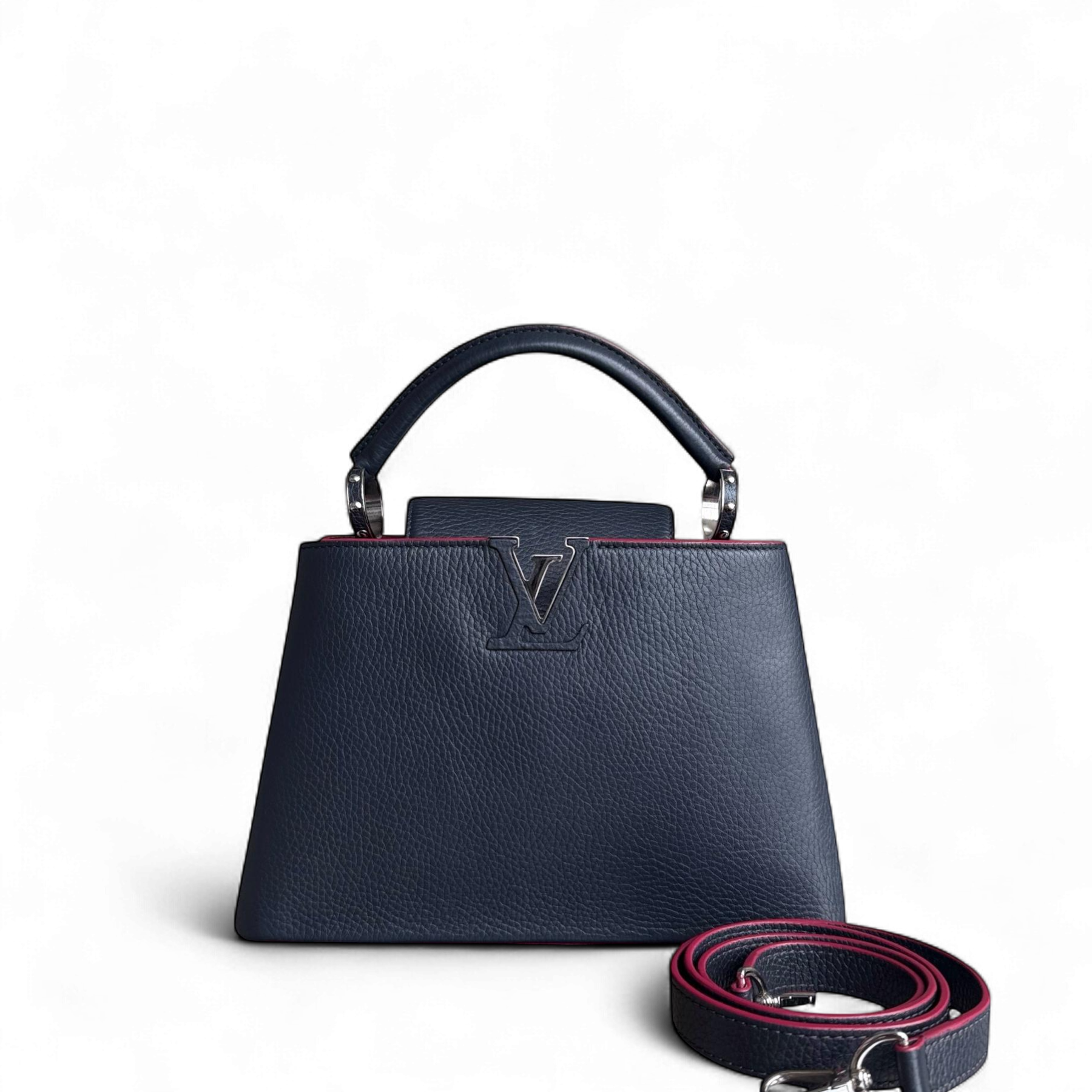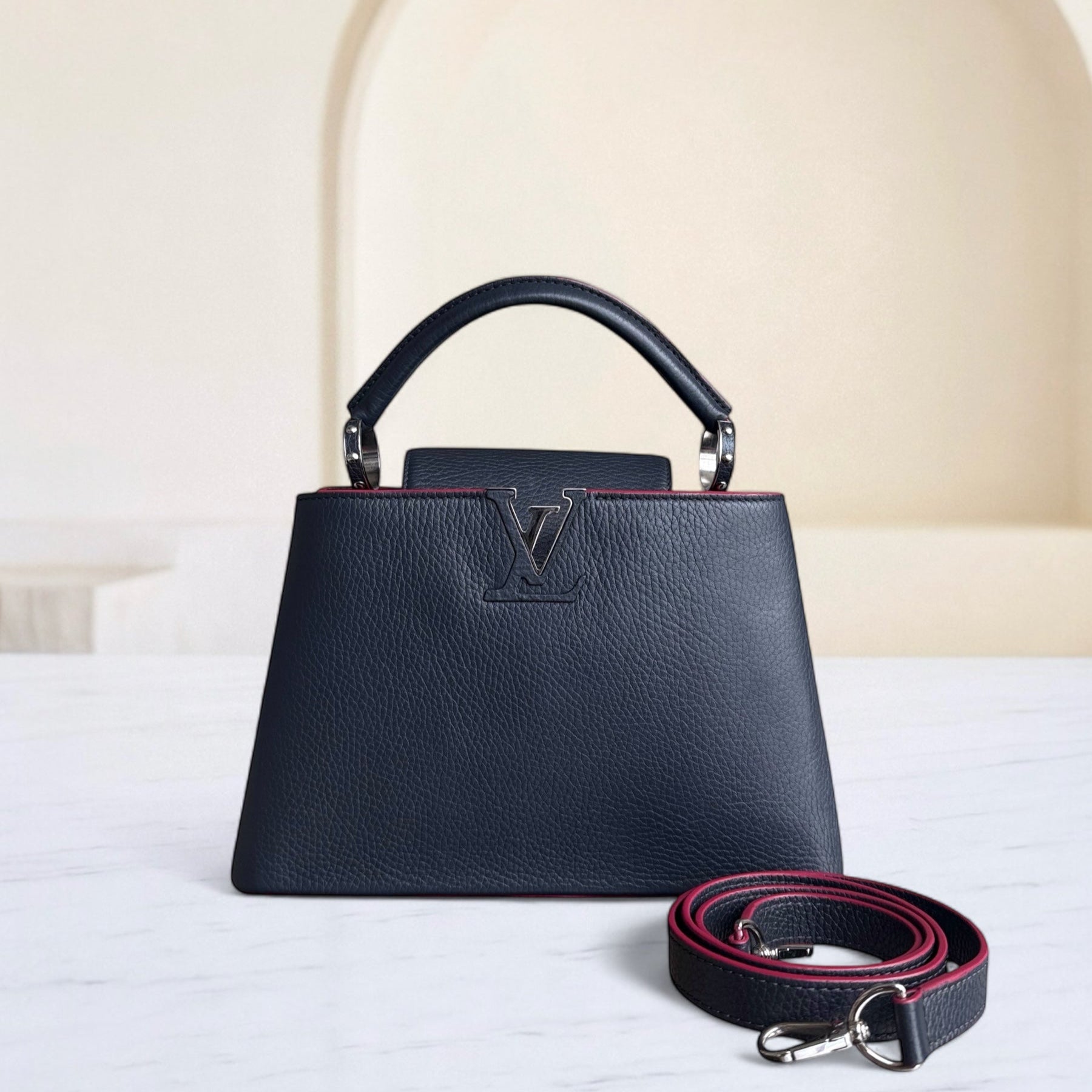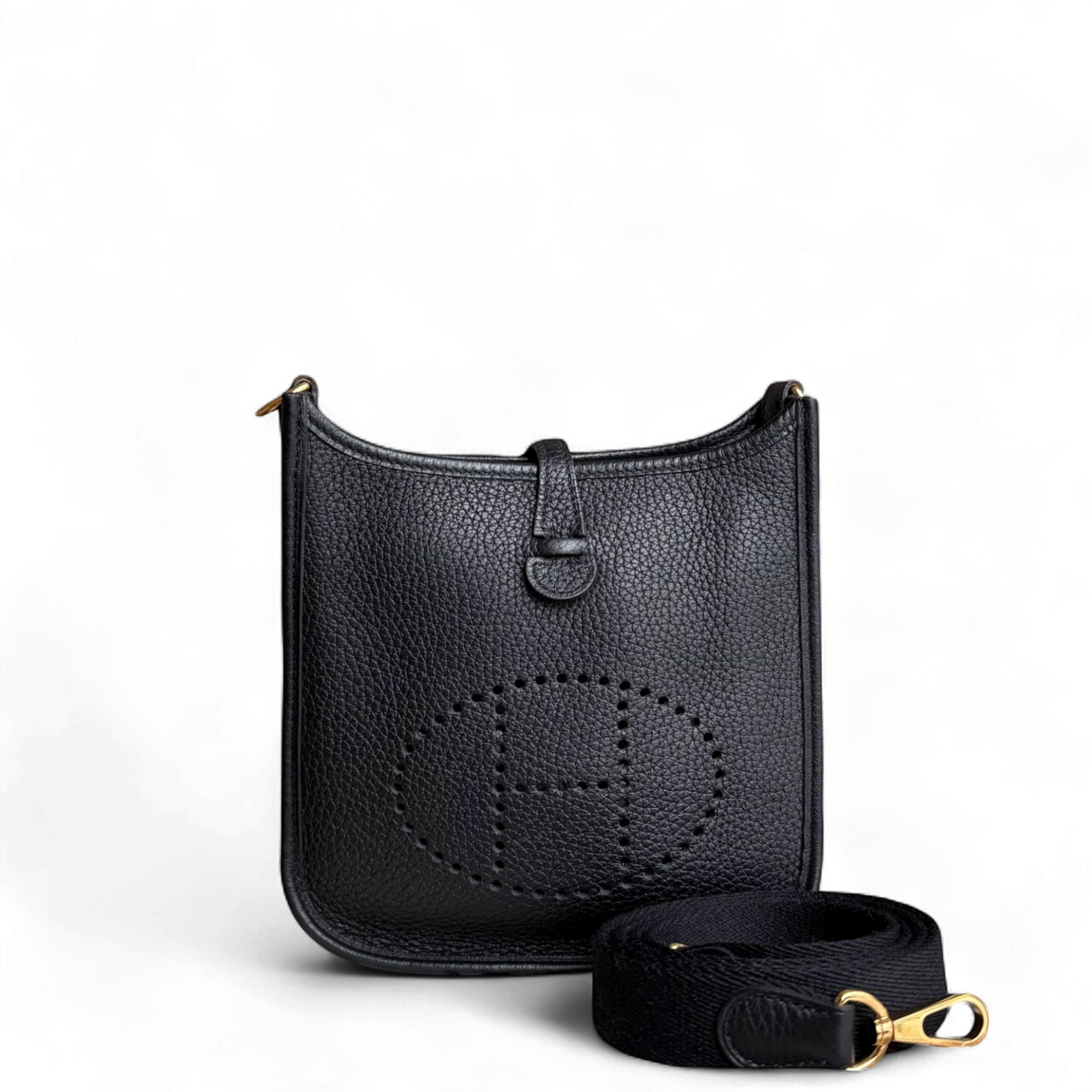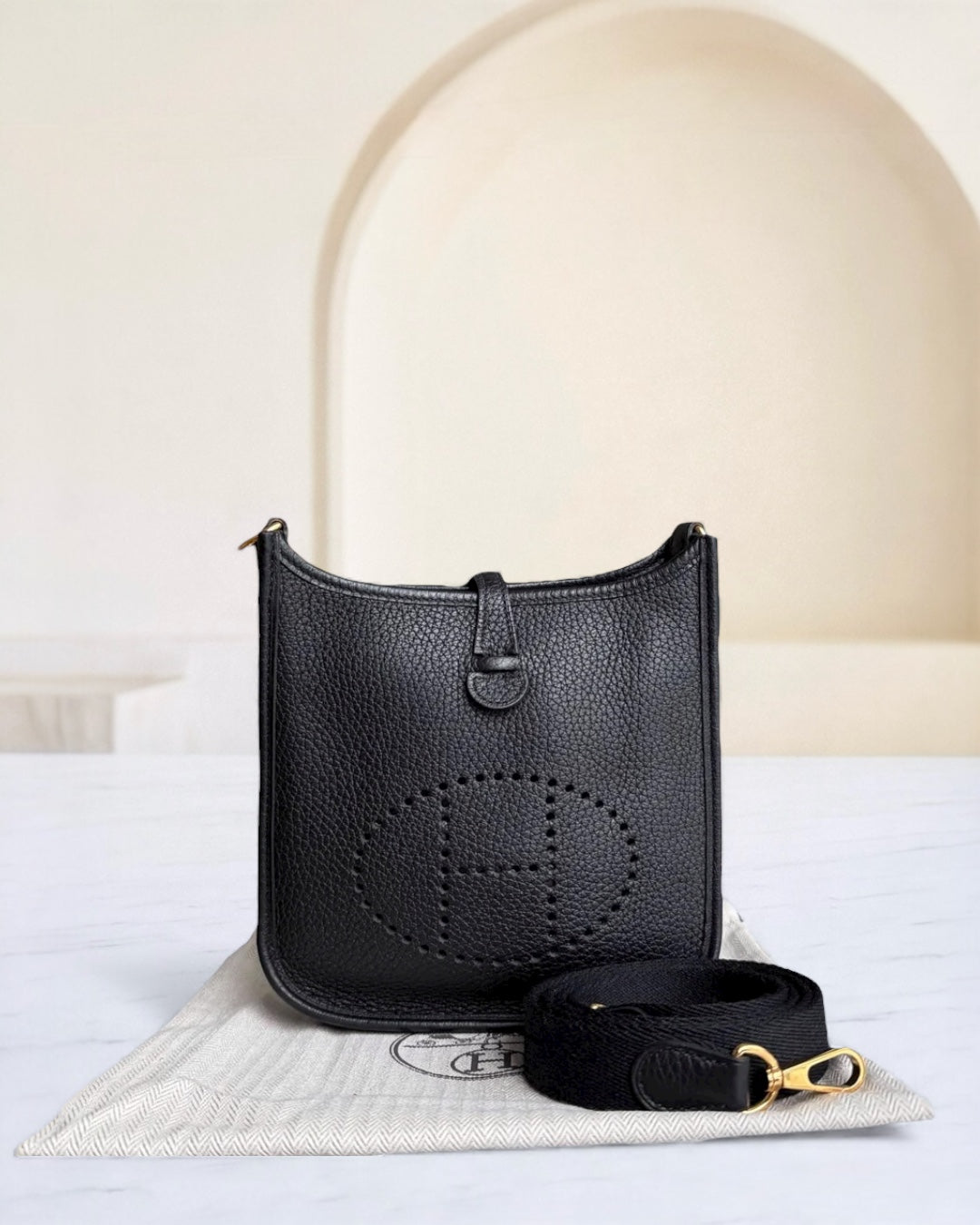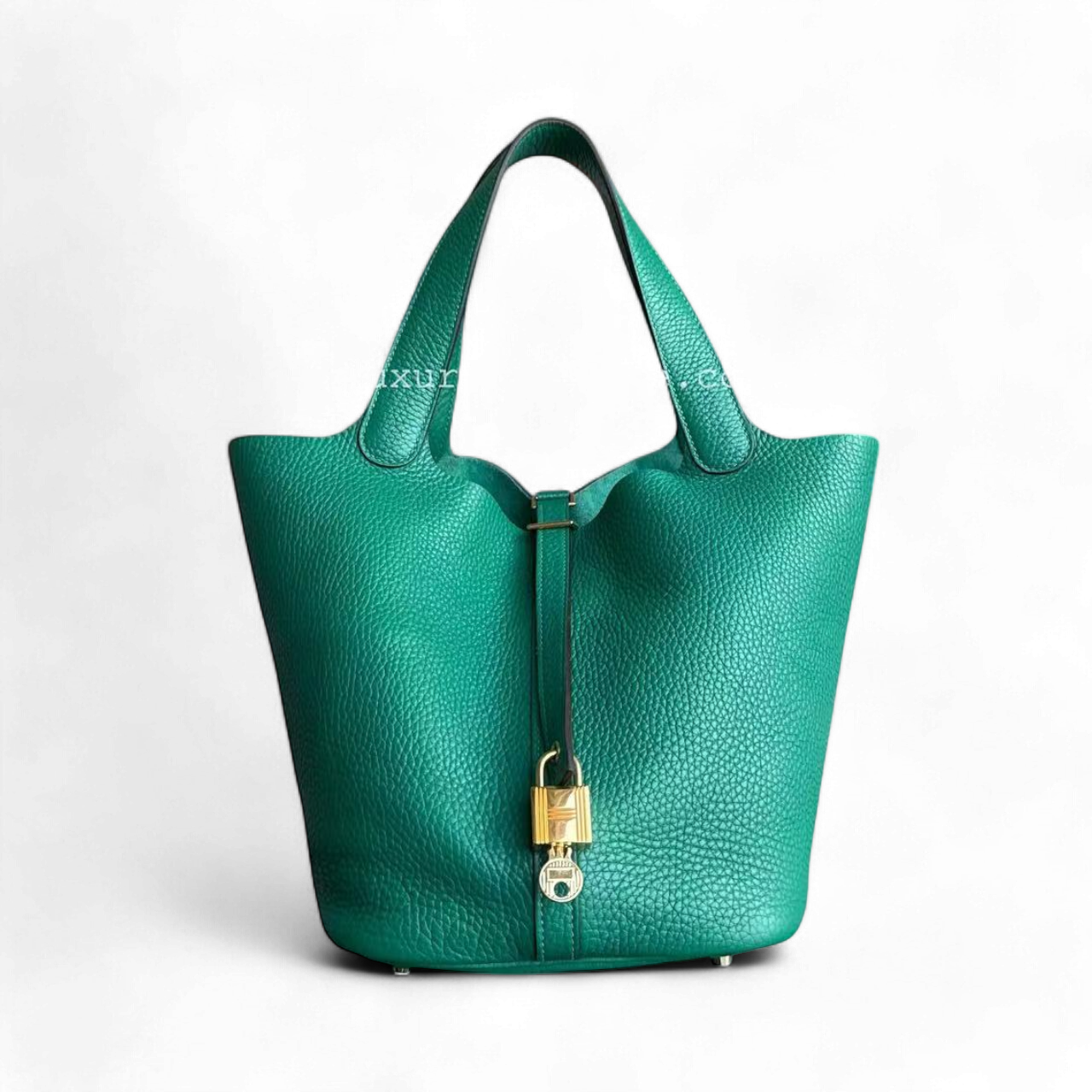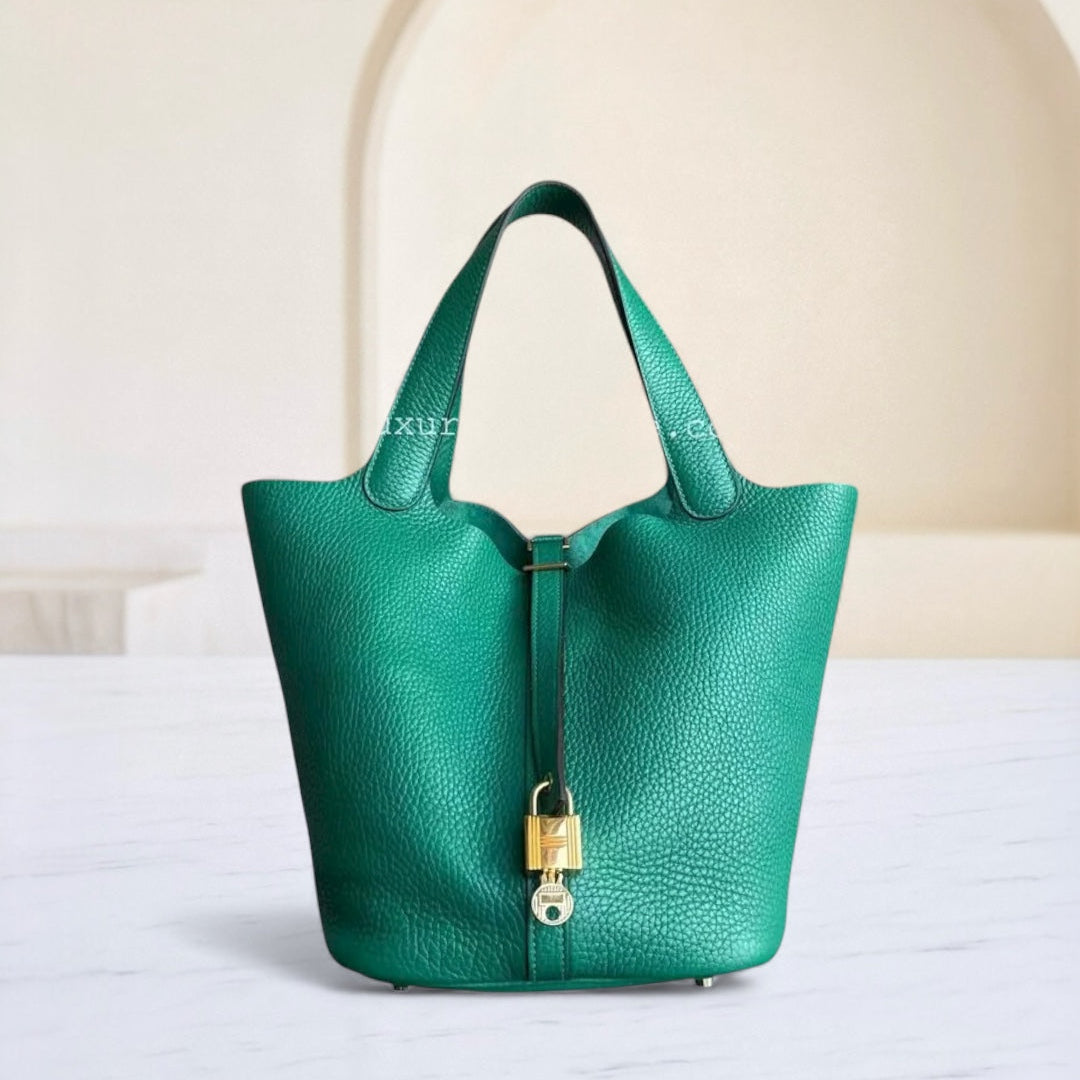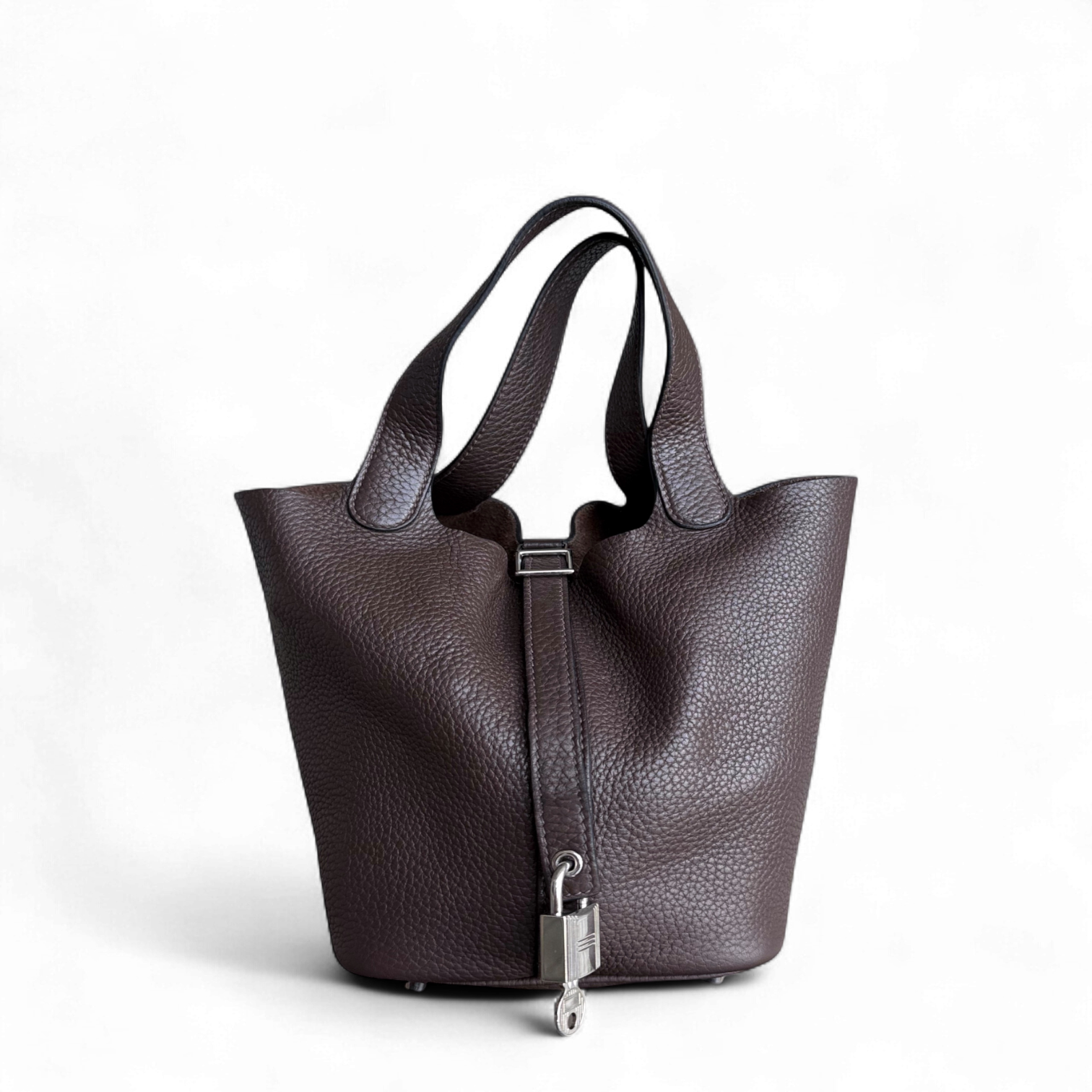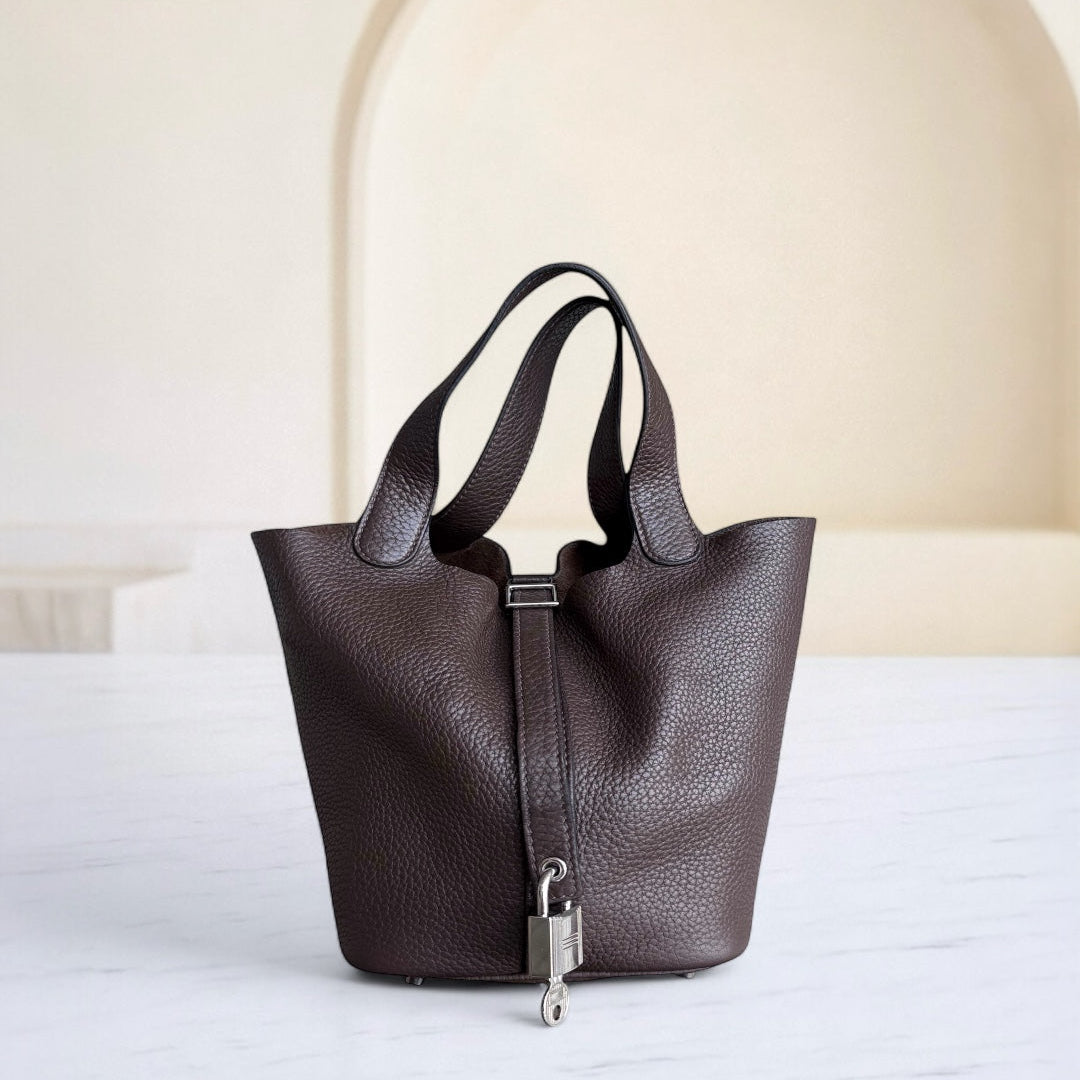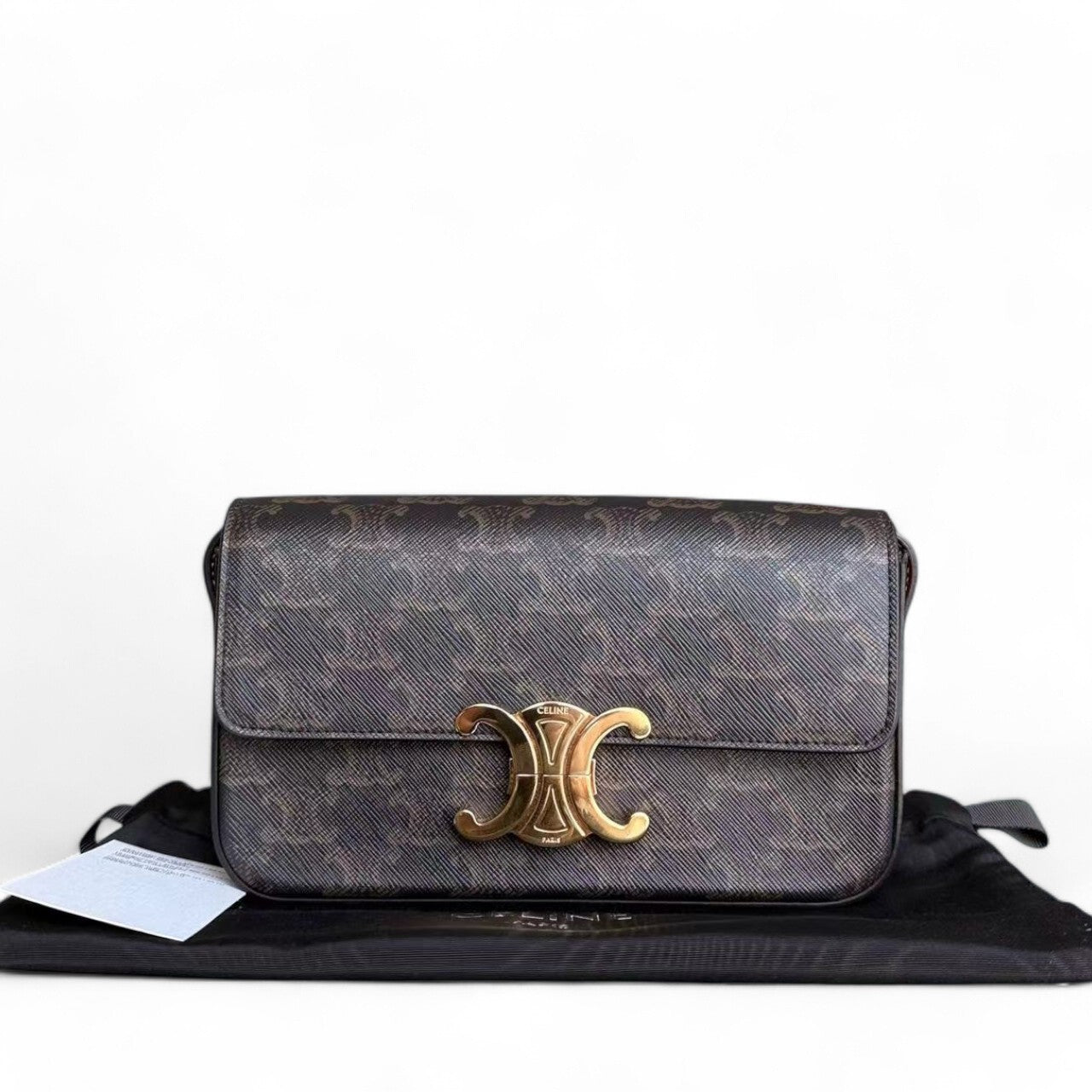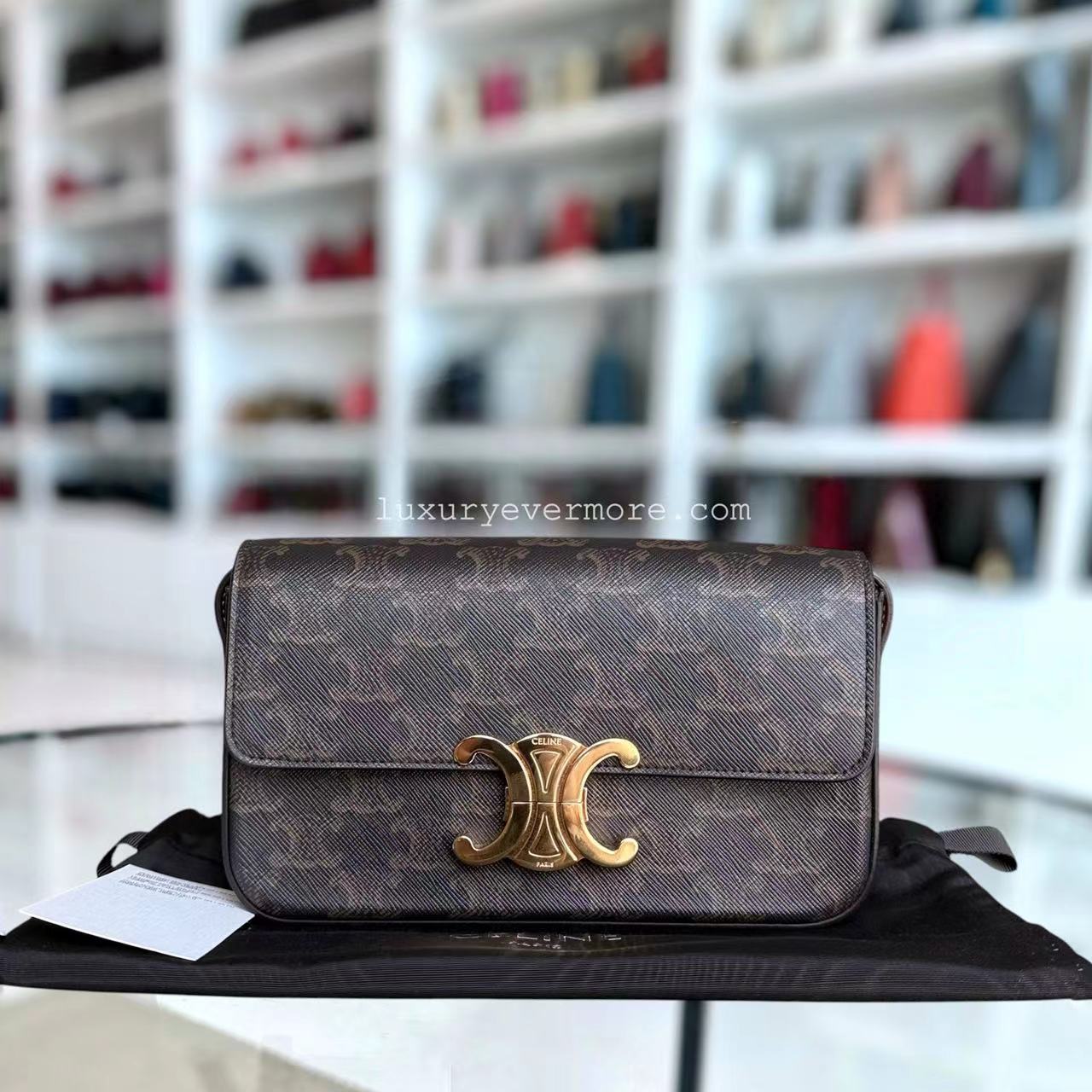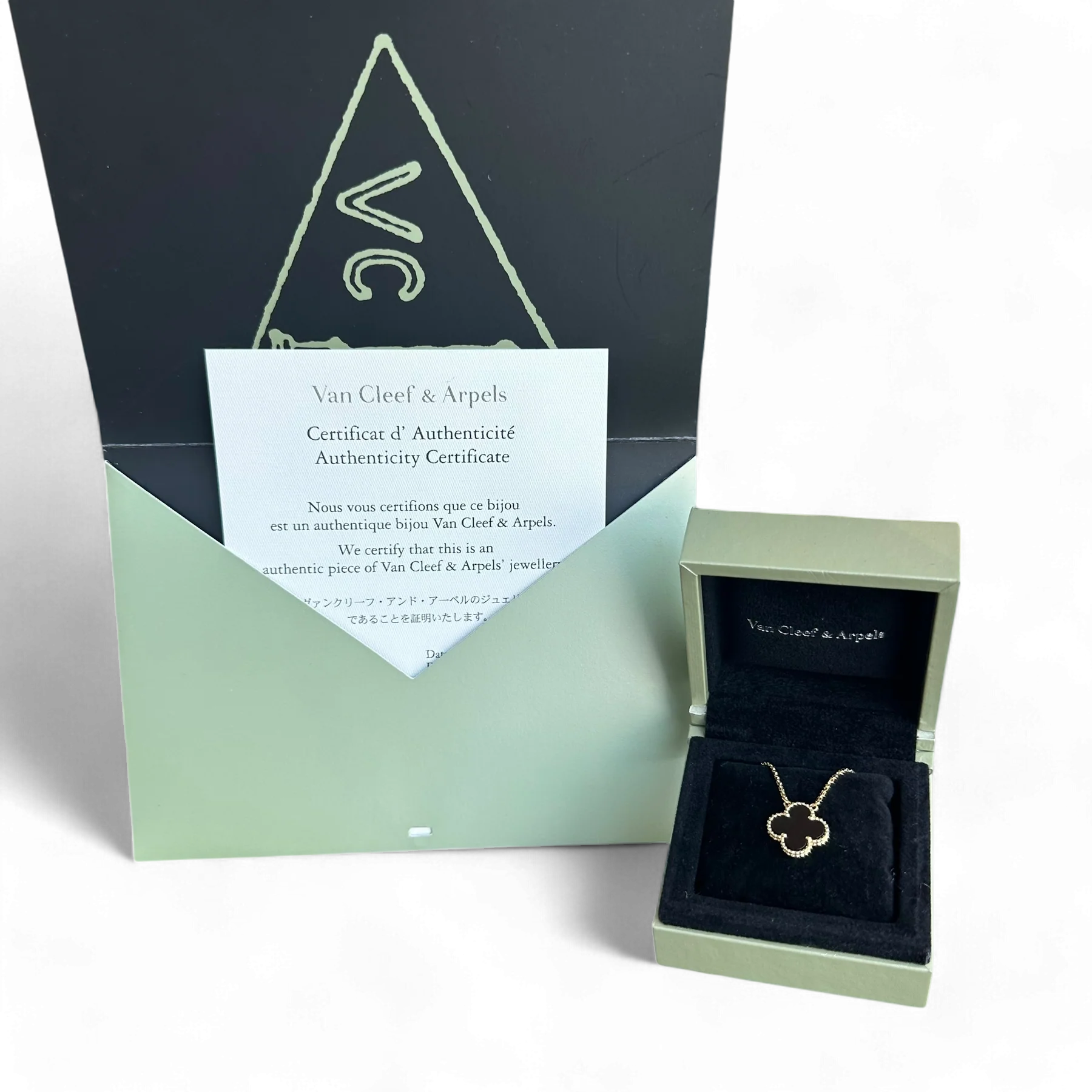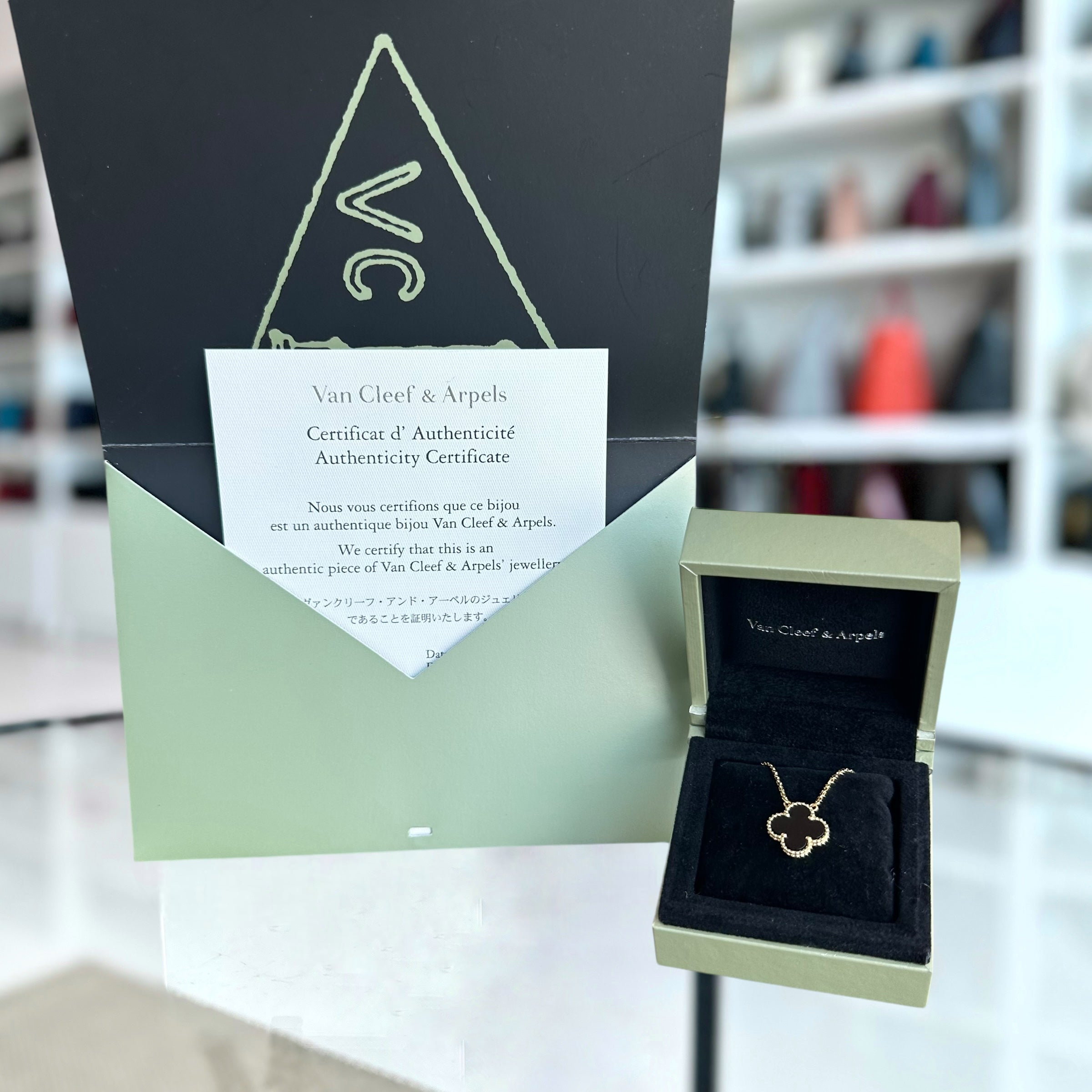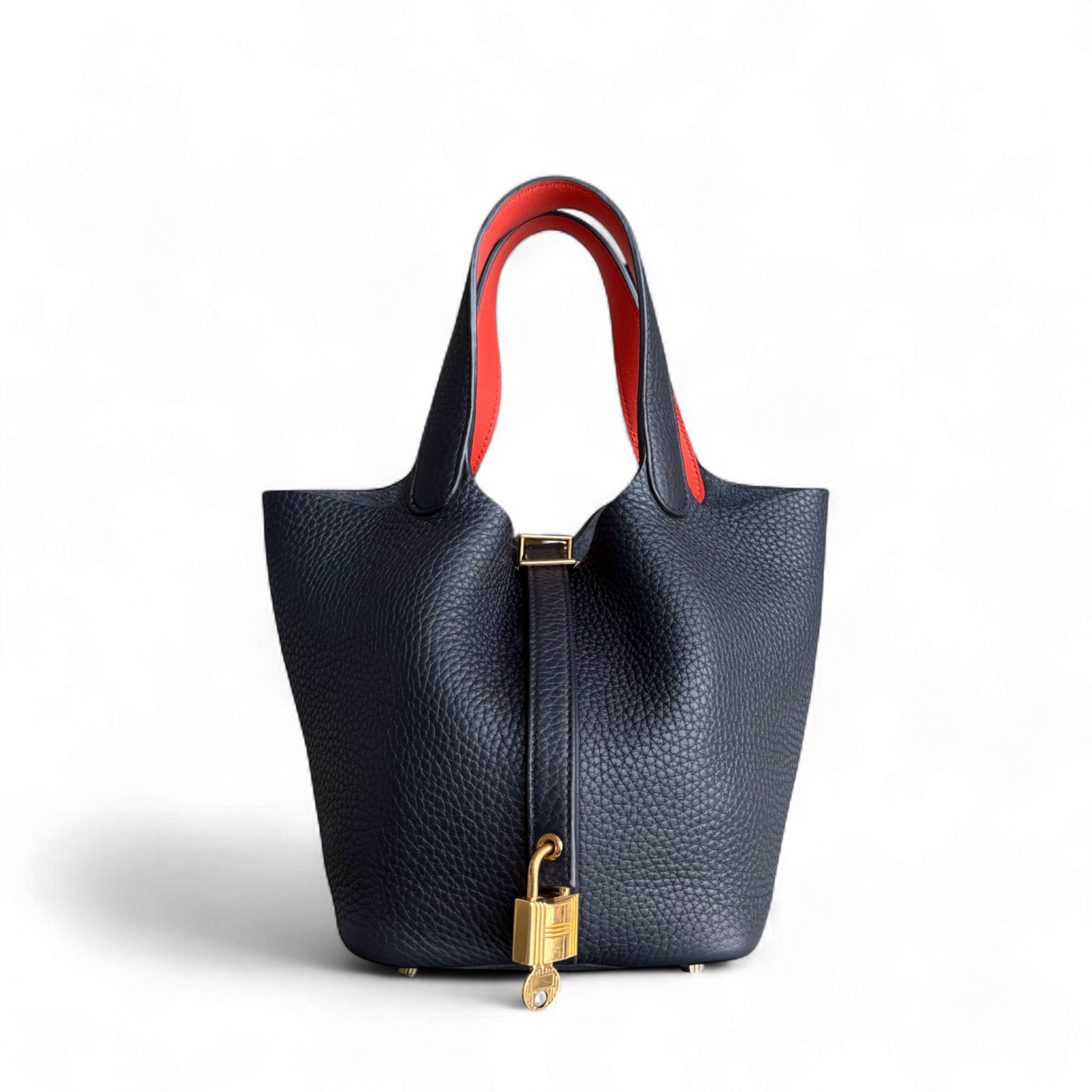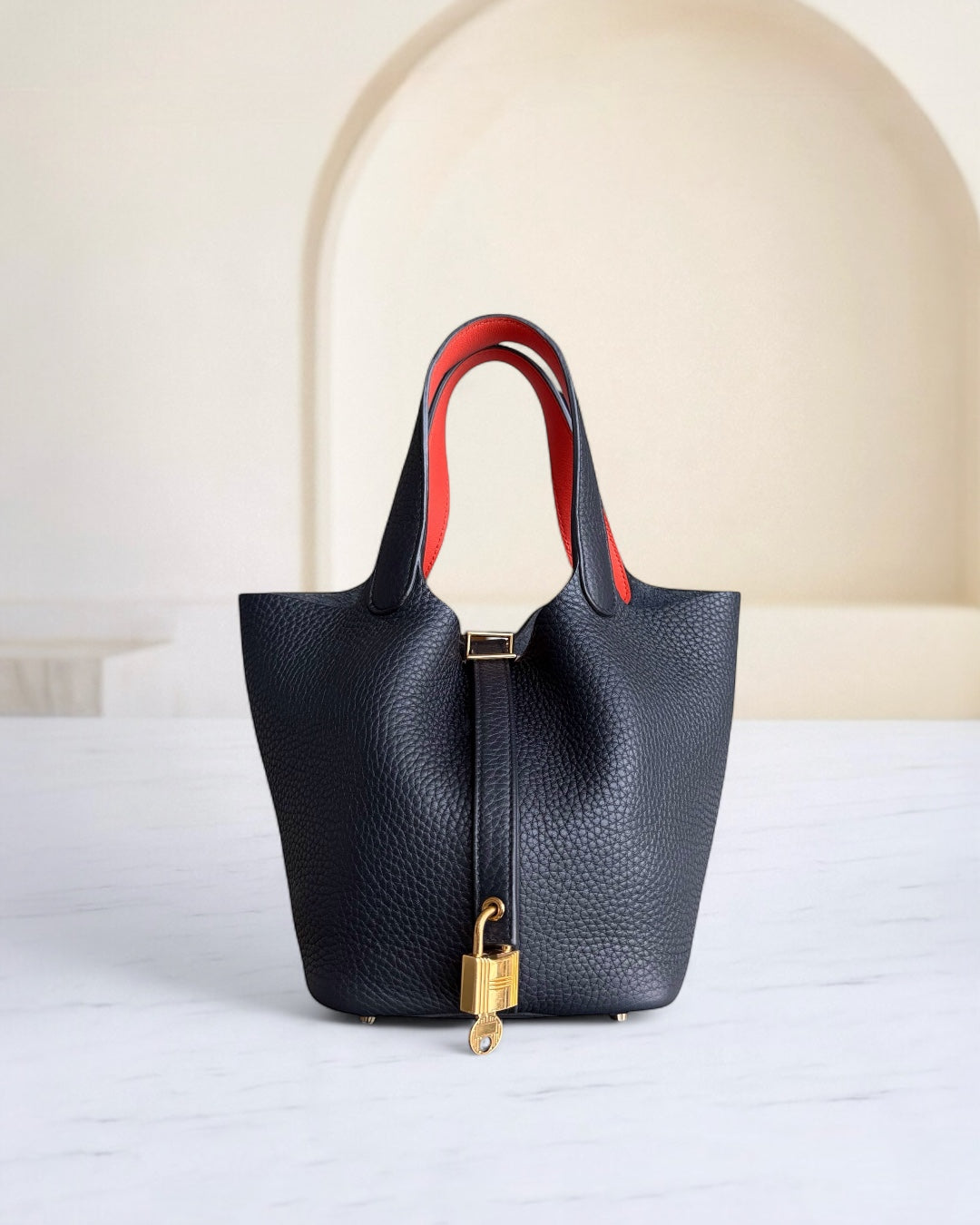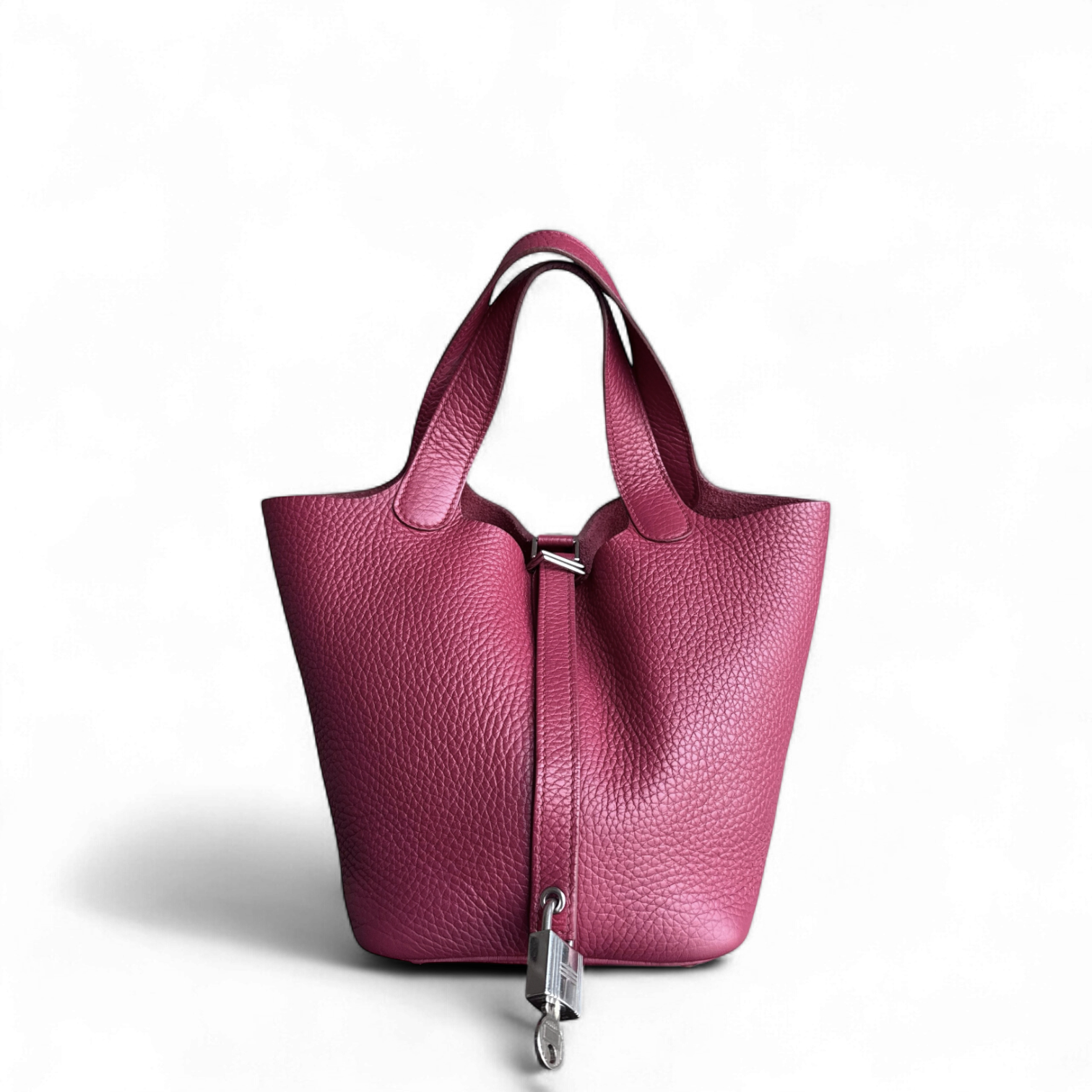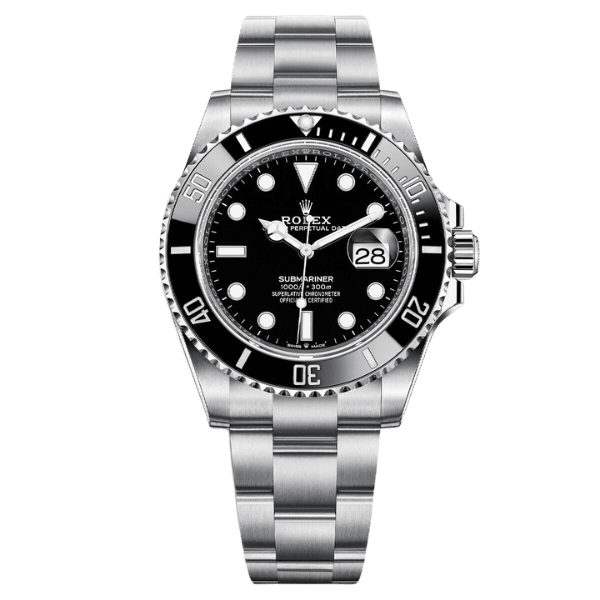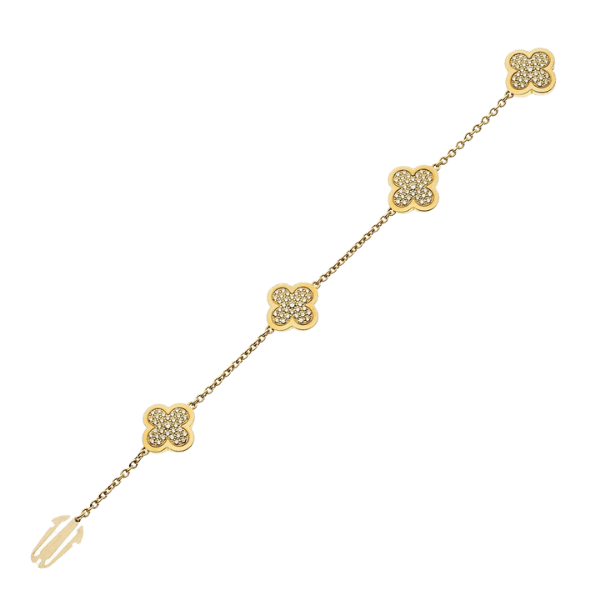Much Antique Jewelry Worth: Understanding Vintage Jewelry Value
Antique and vintage jewelry valuation is both an art and a science, and can be studied through culture, craft, and market demand. Collectors or sellers otherwise interested in antique pieces must look beyond centimeters for their evaluation. In the past, this article has guided you through the key elements that influence vintage jewelry pricing, including the rarity and rating of a piece, the materials used, and its historical value. By now, you should have an idea of the worth of these eternally beautiful treasures.
Factors That Determine the Value of Antique Jewelry

Rarity and Uniqueness
- As such, antique jewelry with rare designs or limited production runs has a much higher value. These very circumstances, or a unique mode of construction, or a design that is not made anymore, make a piece of jewelry attractive.
Condition
- Condition is everything. Jewelry not fully intact in the literal sense, showing damage, wear, and undertreatment, may command less in price. Any sort of restoration-distressed treatment should be minimal and properly done.
Materials
- Material value: gold, platinum, fine gemstones, etc., will take a big bite from the price rate. Precious metals coupled with natural stones are highly desirable.
Historical Importance
- Historically or culturally significant pieces that relate to periods, movements, or persons will always have a propensity to command more. Applying provenance or documented history enhances this factor.
Craftsmanship
- The level of artistry and detail in the piece is usually an indicator of its worth. Jewelry, either handmade by esteemed creators or in well-known styles like Art Deco or Victorian, is subject to higher demand.
Age and Historical Significance
Age and period contribute several values to the jewelry. Oldest jewelry pieces, especially from certain periods like Georgian, Victorian, or Art Deco, are often in demand due to their scarcity and historicity. Jewelry associated with particular moments in history, other social issues, and or people becomes even more important and expensive. Such a connection is usually authenticated by supporting documents, including certification of authenticity or provenance, and more reasons as to why that particular item would be attractive to collectors and lovers of history and fashion.
Rarity and Demand
The value of an item heavily depends on its rarity and availability. Rare items are more favored than the common due to the fact that such items are rarely available, given the framework of high history, culture, or art. It is also possible for demand to increase in response to fads and rises of collectors as well as other particular attributes of the item. A very important aspect of an ancient object is its state of preservation, as well as the authenticity, because people prefer paying more for and acquiring such antique goods than items in poor condition.
Materials and Craftsmanship
- Materials’ Quality: The materials in the making of a product are quite defining of the value of the product. Products made out of rare and/or quality materials such as precious metals, exotic wood, fine fabrics, etc, are better and more appealing, thereby reflecting higher quality than the rest.
- Workmanship: The amount of artisanal skill invested in the design and manufacture of the product is a very important consideration. Handmade products made by craftsmen possess features that cannot be found in cheap factory-made ones, and hence, they are more expensive.
Appraisal: How to Determine the True Worth of Your Antique Jewelry

Finding a Qualified Jewelry Appraiser
To find a qualified appraiser, start by checking out appraisers certified by such recognized bodies as the Gemological Institute of America (GIA), the American Society of Appraisers (ASA), and the National Association of Jewelry Appraisers (NAJA); certainly, the credibility and experience of such an appraiser should be confirmed, and special interest in antique jewelry established. The client should have his appraisal presented in writing and must have exclusive knowledge of his or her profession without any interest in buying or selling what has been appraised. Consider asking jewelers in the vicinity or use industry directories for recommendations. Also, always check for client testimonials or check references if they are available for verification of credibility and professionalism.
Understanding Hallmarks and Signatures
Hallmarks and signatures are signs that provide information and thus authenticate a piece of antique jewelry: who made it, where it was made, what metals were involved, and sometimes when it was realized. Hallmarks are usually punched into the metal and consist of symbols or letters to mark the purity of the material, for example, "18K" denoting gold. What are called signatures might be the name of an artist or designer in the form of an engraving, places with an identifiable stamp, logos, initials, or enough information to allow for proper authentication and to correctly value an antique piece. One should go through a thorough examination with a magnifier to view the marks and then refer to any reference book or mechanical means to effectively interpret the hallmark meaning.
Condition and Restoration Impact
- Wear and Tear: For instance, in terms of scratches. Tender possibilities are expected and may even enhance the character within the item; otherwise, extensive modifications could render the item undesired and undesirable.
- Quality of Restoration: Sure, professionals might restore, improving upon the looks and lifespan of the item in question. However, poorly done restorations or overt recovery will decrease the value of the item. People safeguard original pieces longer and, if needed, apply only restorations that are few and that do not go against the rata-value.
- Use of Authentic Materials: It is very important that component parts are replaced with a reasonable adjustment on the time period using genuine materials when restoring an item. When preserving the past, the use of modern materials occurs, decreasing the proper maintenance as well as the actual price of an object.
Evaluating Vintage Jewelry: What to Look For

Identifying Vintage or Antique Pieces
When it comes to identifying old or antique jewelry, you should focus your attention on several aspects, in particular craftsmanship, materials, and marks. Given that all too often, more so in the distant past rather than the present, items were crafted and not manufactured, look for pieces with signs of this painstaking effort. Consider also the materials that were used in the work – many specific stones, metals, and types of mountings were common during certain time periods only. Consider the presence of any maker's marks or hallmarks that may provide insights into the piece's age, source, or origins. Unless you are an expert, make sure that you check under controlled conditions whether there may be a correlation or congruence with approved documents, or better yet, a professional in this regard, to avoid mistakes.
Assessing Precious Metals and Gemstones
Common precious metals:
- Yellow, White, Rose, and Green Gold: measured in thinness of purity expressed in karats.
- Sterling and Fine Silver: A commodity popularly known for the luster it gives to objects. It is commonly denoted by the number “925”.
- Platinum: A heavy-duty metal customarily hallmarked with 950 purities among others.
- Palladium: A lightweight and very rare precious metal, also used in jewelry making.
- Rhodium (coating): It is the most widely used material to coat demineralized white gold or silver to elevate its reconstructive strength and luster.
Common gemstones:
- Diamond: Coveted for its brightness, hardness, and cut grades.
- Ruby: Defined by its dark red shade and very hard nature.
- Sapphire: Mostly blue colored, but exists in many other colors and is appreciated for the deep color it possesses.
- Emerald: Famous for its bright greens and various crystals that are known as ‘jardin’.
- Aquamarine: A blue to light green colored stone and the stone of the beryl variety.
- Amethyst: The purple gem from the quartz group, beautiful and decorative.
- Topaz (Various Colors): Versatile and inexpensive.
- Peridots: The lime green stone is clear of inclusions in most cases.
- Opals: They have a play-of-color effect, which is what caused them to be called by this name.
- Turquoise: An opaque blueish green stone that is most commonly used in craft work.
- Spinels and Garnets: Act as a cheaper alternative to other precious stones and are found in a range of colors.
To determine the value of these minerals, especially turquoise, we need to first know the different features and markers that are referred to.
Recognizing Era and Style Influences
The age or design style of a particular kind of jewelry can be deduced in most cases from analysis of the relevant design characteristics of that particular period, the type of materials used, and how they were worked with. As it has often been quoted, Victorian age (1837–1901) jewelry will mainly consist of very ornamental objects like flowers and icons, whereas Art Deco objects would consist of geometrical objects in bright colors. Most art and design styles during the post-war and mid-century were biased toward minimalism and embraced the use of new materials. Having knowledge of such characteristics will aid in determining the time, place, and class to which the artifacts belong.
Strategies for Selling Vintage Jewelry at the Best Price

Choosing the Right Jewelry Buyer
Specialist Jewelry Buyers in Vintage Markets
- Their clients are usually vintage and antique jewelry enthusiasts who can also pay higher than the usual prices for rare, exquisite items and are assisted by specialists in the market. They try, therefore, to give a proper estimate of the possible value of the item, considering this aspect.
Auction Houses
- Reputable auction houses are places where the bidding will usually be aggressive as there are many collectors and few lots with vintage jewelry of rare quality. Selling through an auction house can offer the item to more potential buyers, which helps the seller to gain such exposure and increase their own price.
Internet Market Spaces and Instruments
- Dedicated vintage/fashion jewelry sites or marketplaces indicate the ability for sellers to reach a large worldwide audience more easily than before. It is external, gives greater control of the selling process, and a higher price can be achieved by addressing niche markets.
Understanding Resale Value and Market Trends
When assessing the worth of much antique jewelry for selling and the market situation in general, take into account the following things:
- Materials: Different materials, namely, gold, platinum, diamonds, or other gemstones, have a great influence on piece value. Higher levels of metal purity and certified high-quality stones are very expensive.
- Brand Value: It is important to note that, because it is a known fact, brands like Cartier, Tiffany & Co. or Van Cleef & Arpels would have an enhanced resale value. These brands have a reputation and tradition of being popular.
- Antiquity or Vintage: It is a great aspect of jewelry that is known to gather collectors or specific customers, leading jewelry pieces to fetch more on the resale market.
- Age and Care: Works in good condition with no evident signs of wear and tear are in higher demand. While cleaning or fixing small defaults, the object is considered to have a higher resale probability.
- Present Market Conditions - Ornaments of a particular kind, design, or make can draw attention for a period and subsequently go out of fashion. For example, understanding increasing trends in environmentally friendly ways of meeting one's desires or a new surge in interest towards certain gem cuts will increase sales effectiveness.
- Certification and Documentation - It is quite common for buyers to insist on attending to authenticity checks, valuations, or even itemized receipts if the price aimed at resale is considerably high.
- Scarcity and Unique Qualities - There is usually a heightened level of interest in items that fall under the category of limited editions or editions that are custom-made, hence the value placed on the item is higher.
With such factors taken into consideration, jewelry sellers will be able to market and resell their items strategically.
Effective Marketing for Antique Jewelry Sales
Proper ways of marketing antique and vintage jewelry require exposing its unique and old merits. Use superior pictures, tilt at proper angles for every tiny detail of the product, and check whether the lighting enhances its artistic features. Make the description simple, neat, and informative, including the history of the item while making materials and distinct attributes, note bene. Turn to different platforms special for rare items or old items in order to present the right content to the users, perhaps aim at using auction houses if such goods are of no importance, or if they are rare. Honest potential buyers are those who buy what they see, and that is why any authenticity and authentication certificates, should be included.
Preserving the Value of Your Antique Jewelry

Proper Care and Maintenance Techniques
- Usual Cleansing: After every wearing, do not forget to tenderly wipe off your old-fashioned adornments with a soft cloth that does not shed threads. Refrain from applying strong substances and polishing agents, as they will ruin the finish of the stones.
- Secure Space: Ensure each item is tucked away in its own distinct place, within the soft-padding jewel box or pouch, not only to avoid friction but to keep the items dry and away from the air, which facilitates oxidation.
- Chemical Hazards Mitigation: Your Jewelry should not be treated with cleaning purpose agents, nor with odors, beautifying products, nor with exposure to the jason in a pool, as most of these elements can lead to metal corrosion or tarnish gemstones in the course of time.
- Scheduled Inspection: Take your old pieces of jewelry to a qualified jeweler for evaluation from time to time, to assess if they have weak settings or areas that can be damaged, so that those areas can be fixed before more damage occurs.
- Reduce Sun and Protect From Heat: Avoid the sting of sunglasses, or exposure to high temperatures, in order to avert any potential deformation or discoloration of the specific gemstone or material in question.
Storage Solutions to Prevent Damage
- Utilize Soft Pouches or Individual Boxes: Each piece of jewelry should be kept within its own soft pouch or a separate compartment within a box, in order to reduce the chances of scratches and entanglements.
- Do Not Store in Damp Places: Avoid placing jewelry in warm, moist areas, as the moisture can cause metals to rust or ruin other stones, such as sapphires. A silica gel packet can be used to prevent moisture from accumulating.
- Go for Anti-Tarnish Storage: Anti-tarnish pouches or other storage devices for metal jewelry, and mainly silver, due to its susceptibility to tarnishing, will help to keep it shiny for much longer.
Documenting Provenance and History
For the purpose of keeping records of provenance and history of jewelry, I normally compile details about this jewelry’s creation and existence, including who made it, the materials used, and the notable owners and their event occurrences. I keep receipts, appraisals as well as photos and descriptions in different forms when required, so as to maintain the value and authenticity of the item. This approach allows for adequate and clear documentation, and of course, adding meaning to each object in the collection.
Frequently Asked Questions (FAQs)
Q: How is antique jewelry valued?
A: From many angles, age is a value-giving element, together with wear, artistry, and materials used. The market price for anything above 100 years old, in precious metals, gold or sterling silver, can be regarded as higher.
Q: How does vintage jewelry cost so much more than modern jewelry?
A: Vintage jewelry has some stain of uniqueness, hence more value, due to the skilled craftsmanship and historical intricacies associated with it. Many buyers pay for the sentimental value attached to the rarity of the vintage objects, a factor that can really raise the prices as time passes.
Q: How should one go about knowing the worth of his vintage jewelry?
A: Knowing the worth of your vintage jewelry requires having the piece appraised by a jeweler or an authorized antique jewelry buyer. They consider the era of the piece, materials, and market trends toward an accurate valuation.
Q: Name a few commonly classified antique jewelry?
A: Common antique jewelry categories cover the classic line of engagement rings, brooches, and necklaces. Antique gold or silver items are highly prized if fashioned with fancy designs or bearing a hallmark.
Q: Does the condition of the jewelry affect its price?
A: Yes, it surely does. The condition of a jewelry piece is capable of affecting its price. Good condition not only commands high prices, but items with heavy damage or those missing parts are usually sold at a discount.
Q: What should I check when buying antique or vintage jewelry?
A: Consider hallmarks, condition, and authenticity when purchasing antique or vintage jewelry. It would be wise to patronize a reputable vintage jewelry store or dealer who may provide some documents discussing the history of the piece.
Q: Is costume jewelry valued?
An antique term is rarely applied to a costume piece of jewelry, and it does not have the tendency to bring higher prices; but some kinds, for the price, might go by design, brand name, or just collectability. A little research on the piece will help to find an estimation of the worth.
Q: Does the age of a jewelry piece already have a say in price determination?
A: Jewelry value is one amongst a variety of universal factors dependent upon the age of the piece, it is styles and fashions appealing to one set of collectors far more than another. Styles such as Art Deco and Victorian are thought to be gems and sell for greater prices in the market because of their demand.
Q: Can vintage jewelry be sold for an attractive price?
A: Yes, vintage jewelry may be sold for an attractive price, especially if they are in mint condition and if it has some good points to boast of. You may want to have your jewelry evaluated by either an antique jewelry buyer or a reputed local jewelry store.
Q: What circumstances enable vintage items to earn historical value?
Multiple factors contribute to the desirability of vintage jewelry, including the rarity of the vintage piece, historical importance, and demand in the market from jewelers. Next, good upkeep in condition and documentation or history only adds to the value of the jewelry.
Reference Sources
1. Antique Jewelry Identification Guide
- The guide is oriented towards the identification of antique jewelry since this constitutes the first step in appraisal, which will be based upon age, origin, etc.
2. Jewellery
3. Gemstone
4. Antique
Contact Luxury Evermore should you need help with acquiring or building up your collection. There is a variety of brands with different styles, as well as sizes, and colors, for example, Hermes, Chanel, lv and Dior. If you are not lucky enough to find the bag you are looking for on our website then our concierge team will probably be able to order it for you. We provide 100% authenticity guarantee for all our bags, and any item sold on this site will be dispatched to you within one to two business days upon receipt of the payment.




